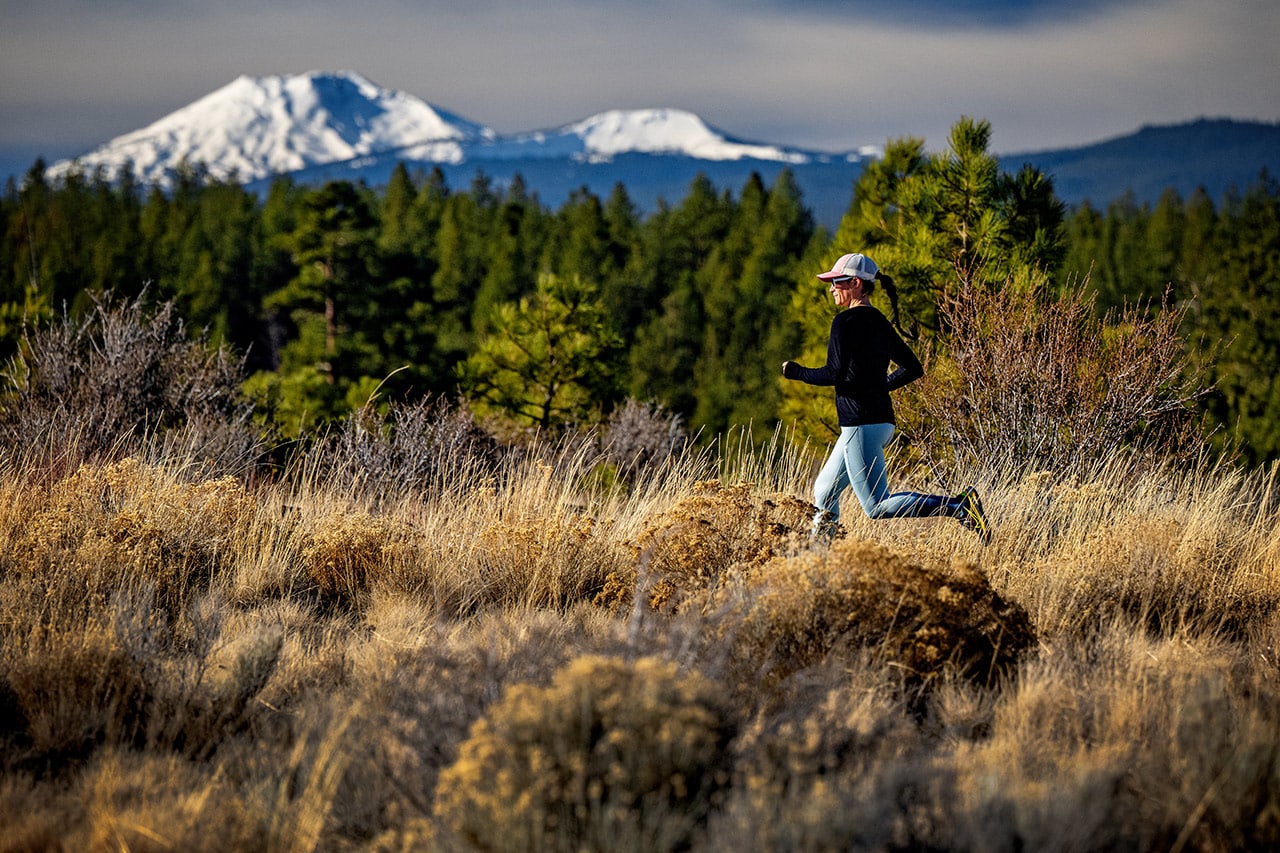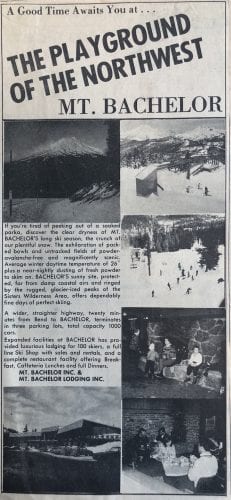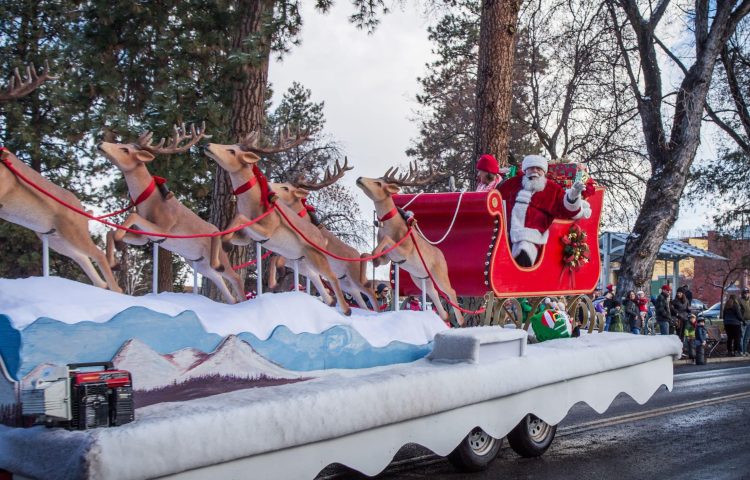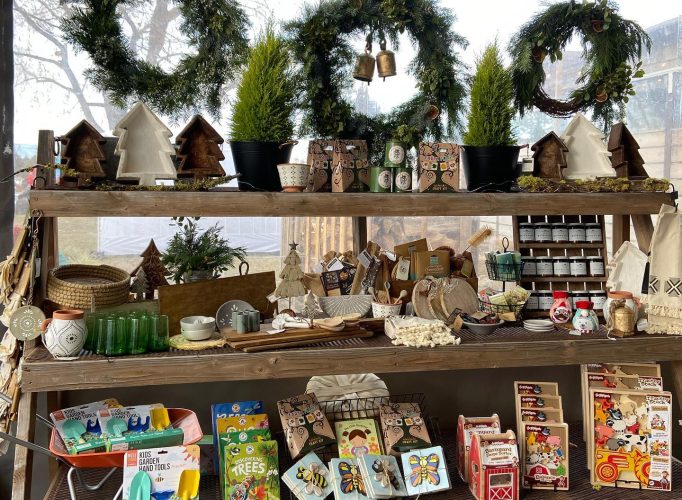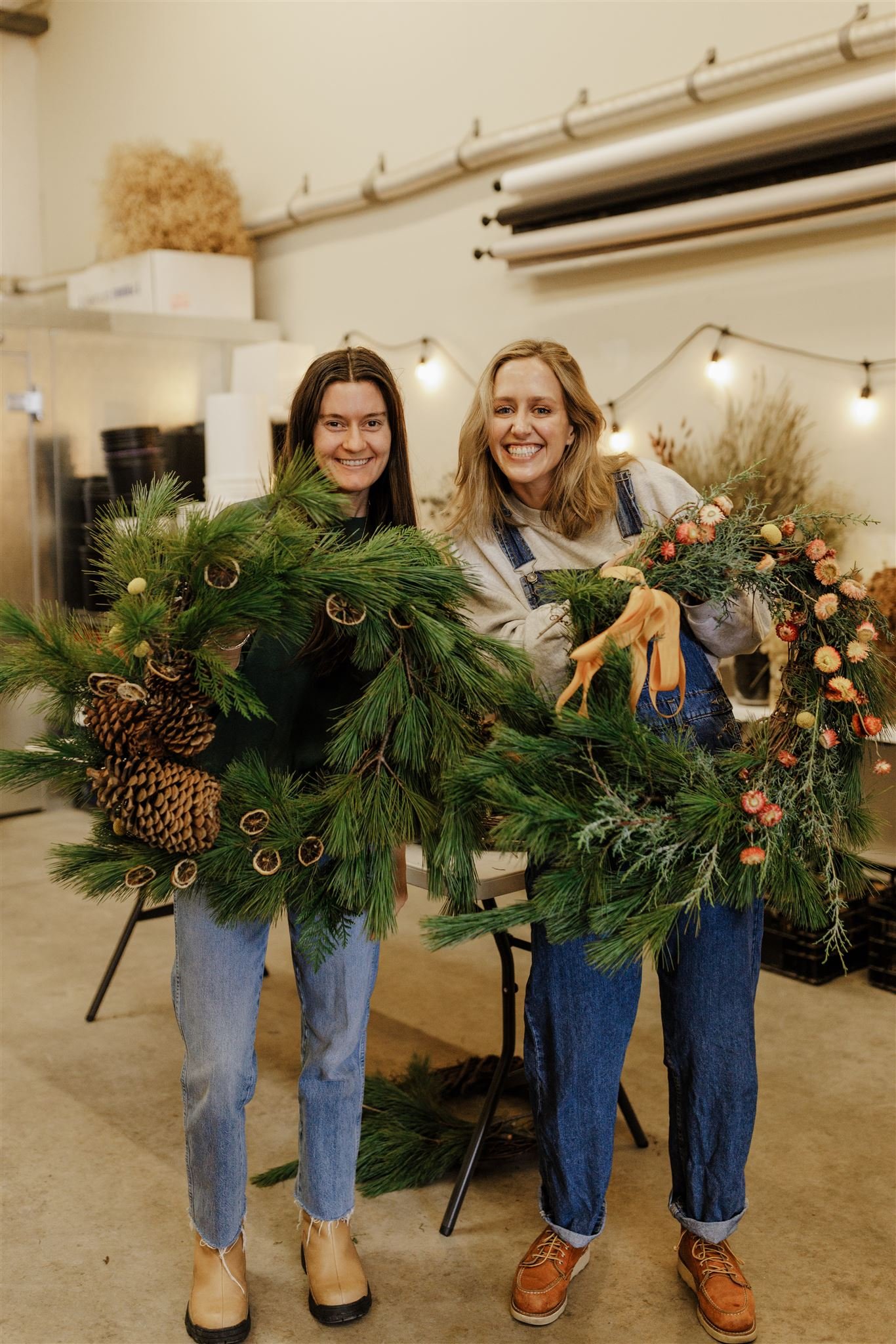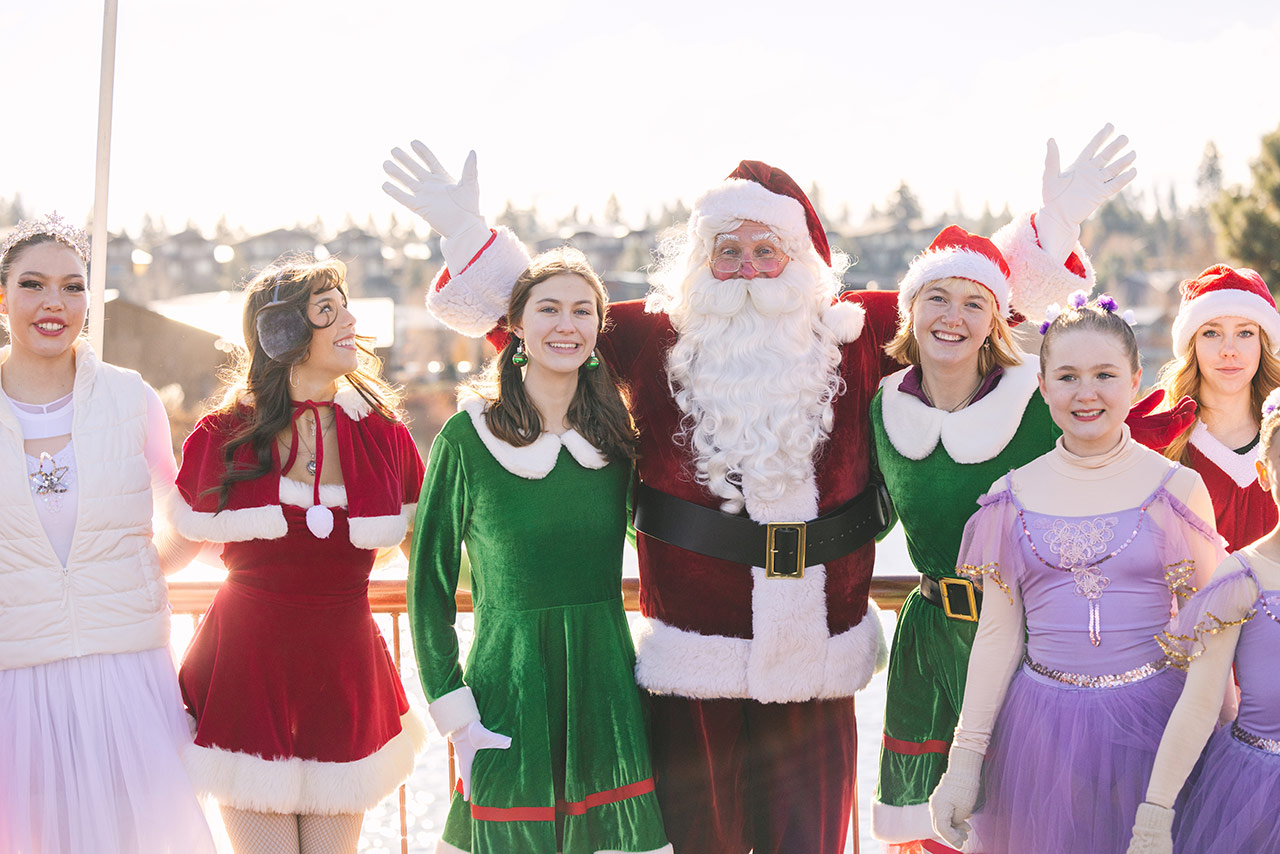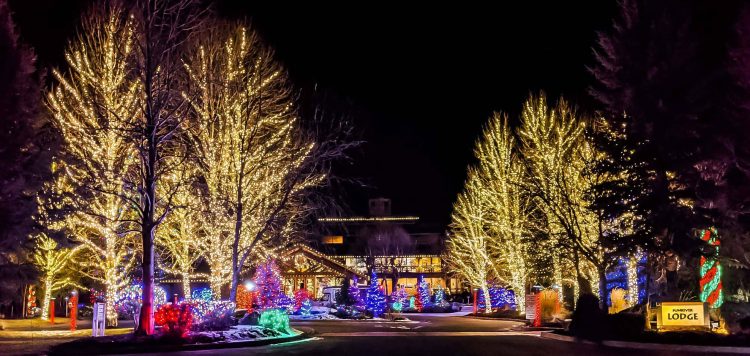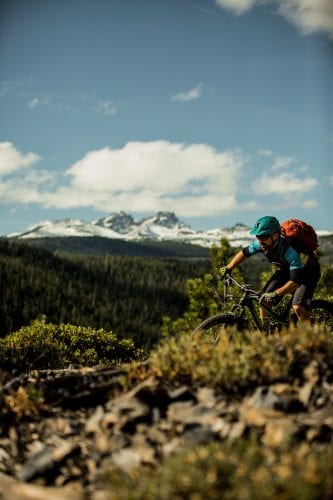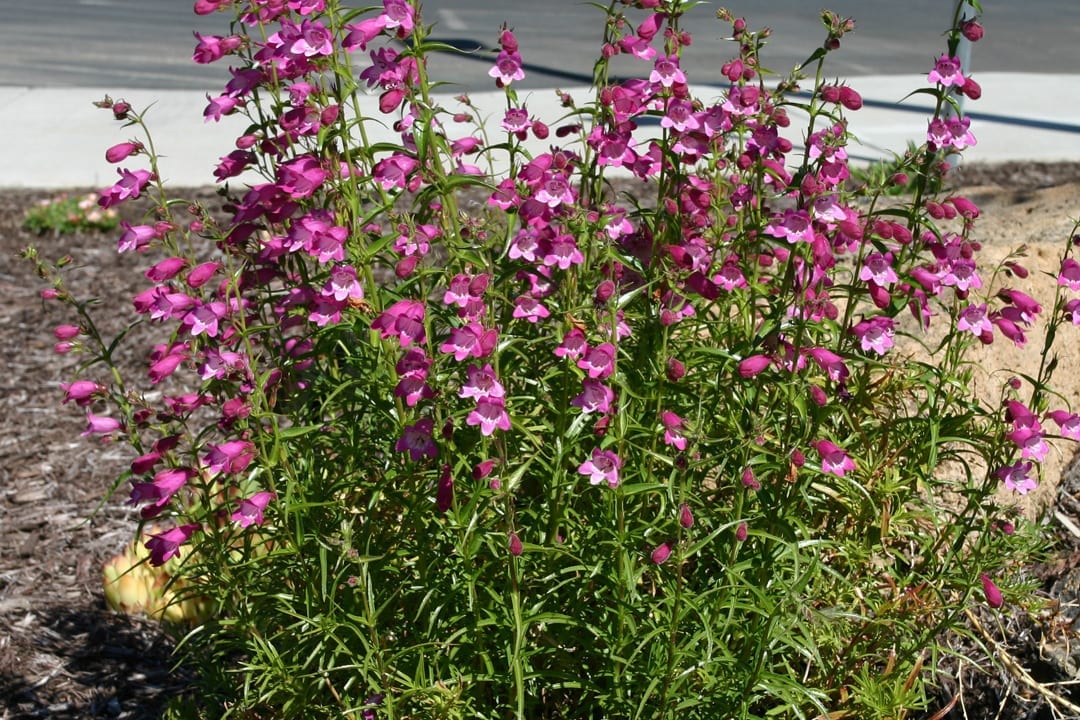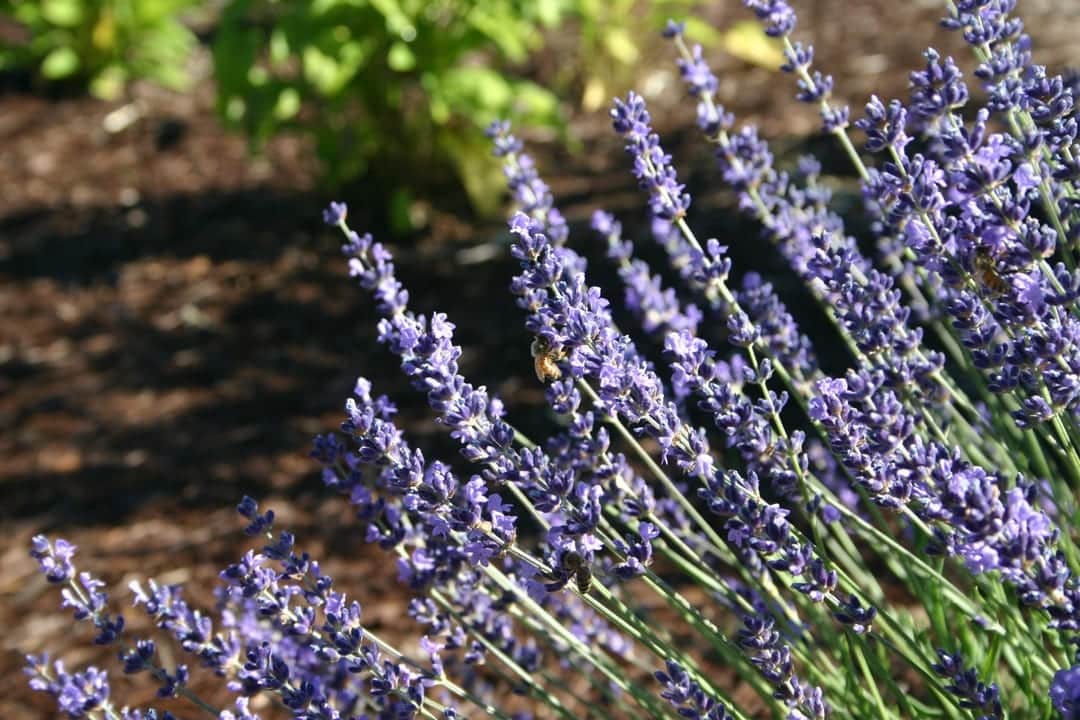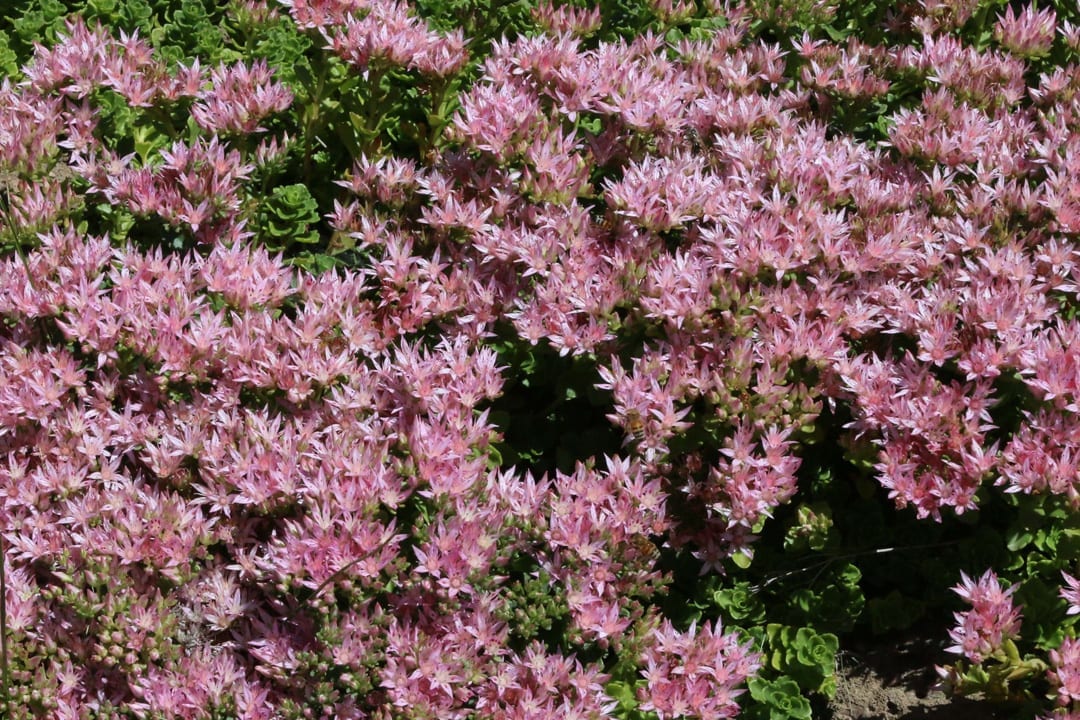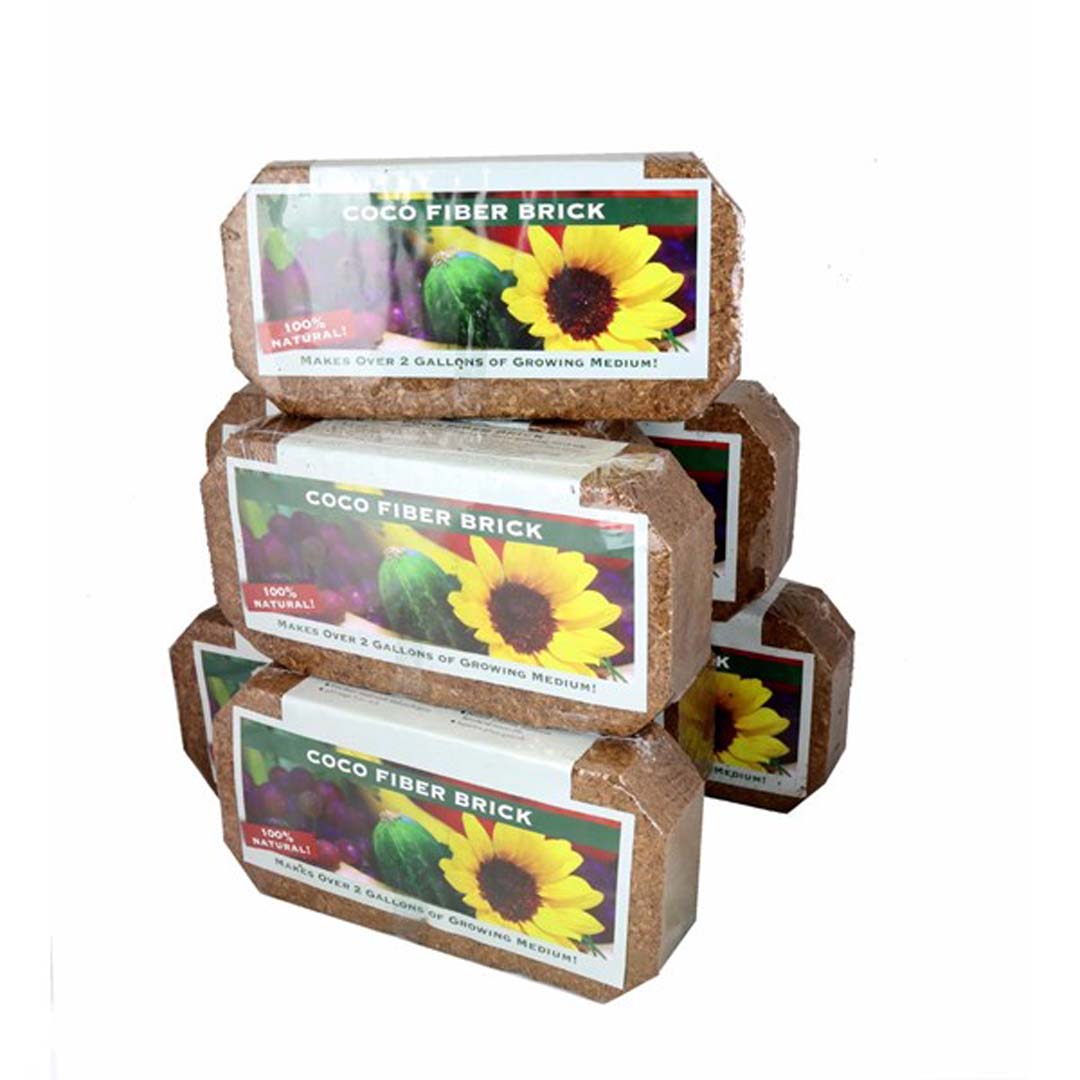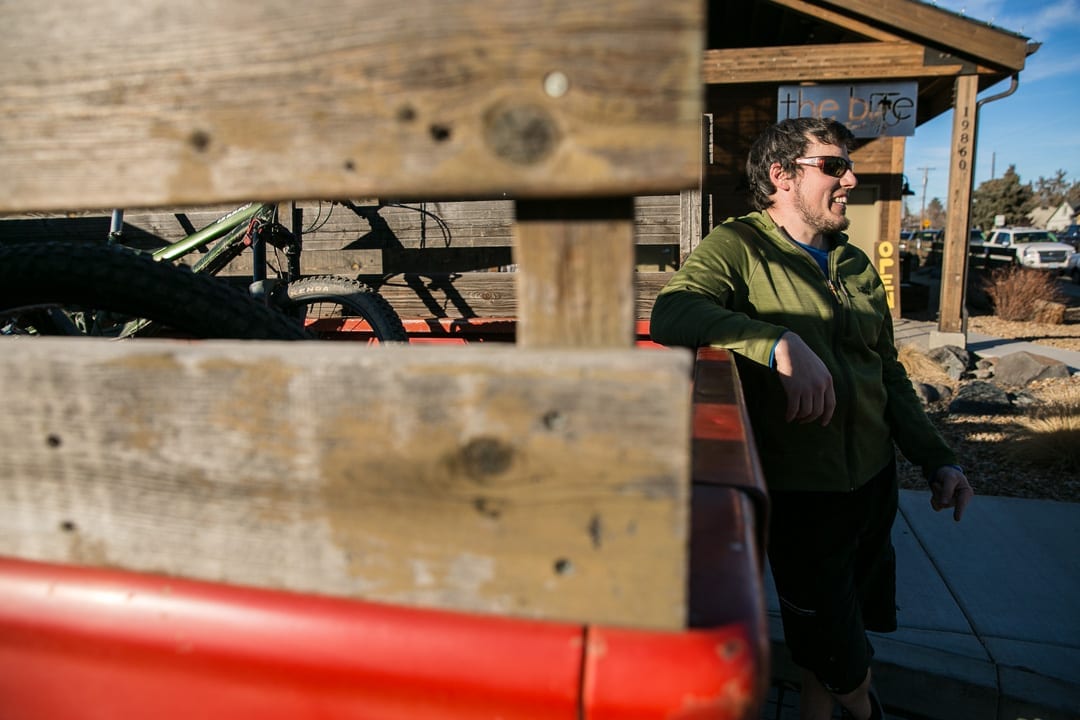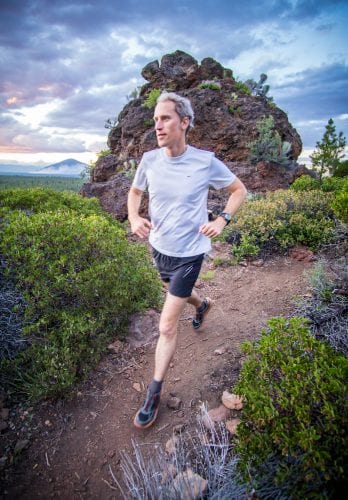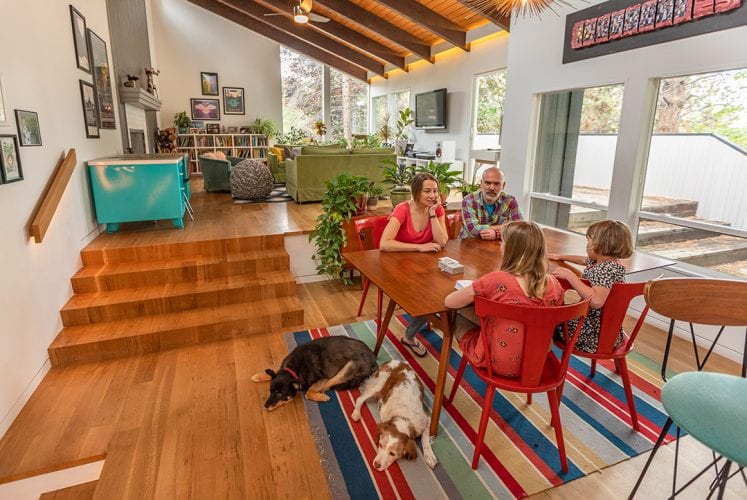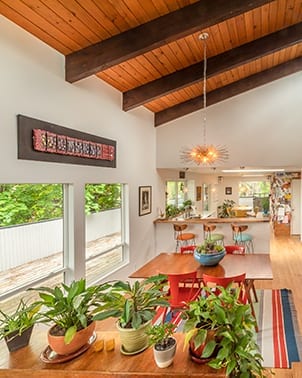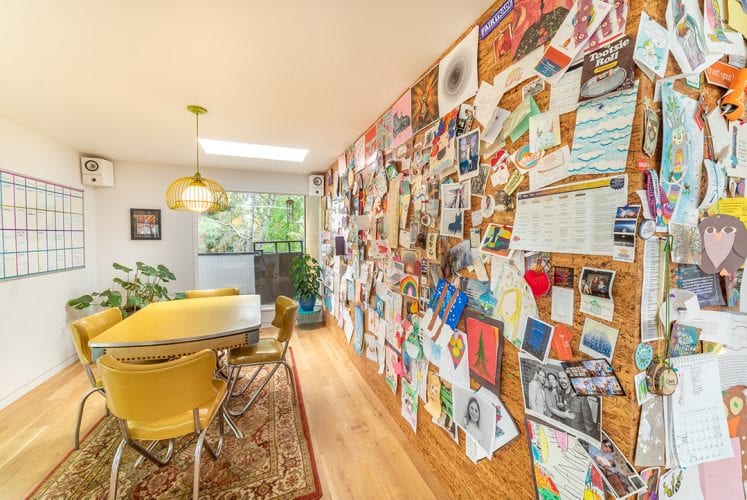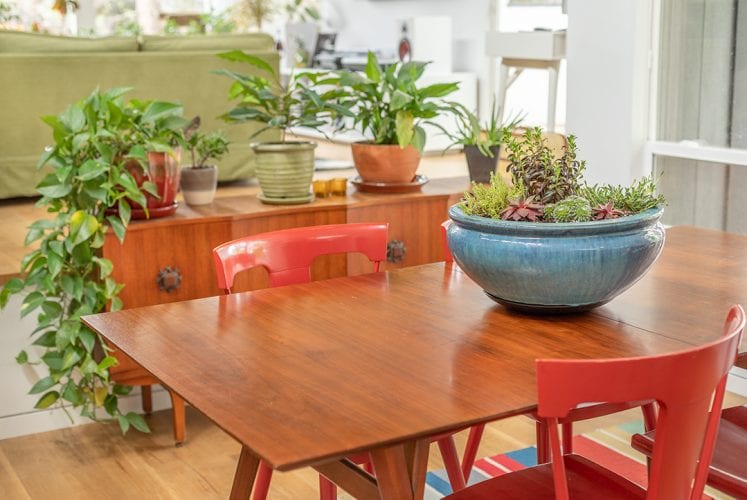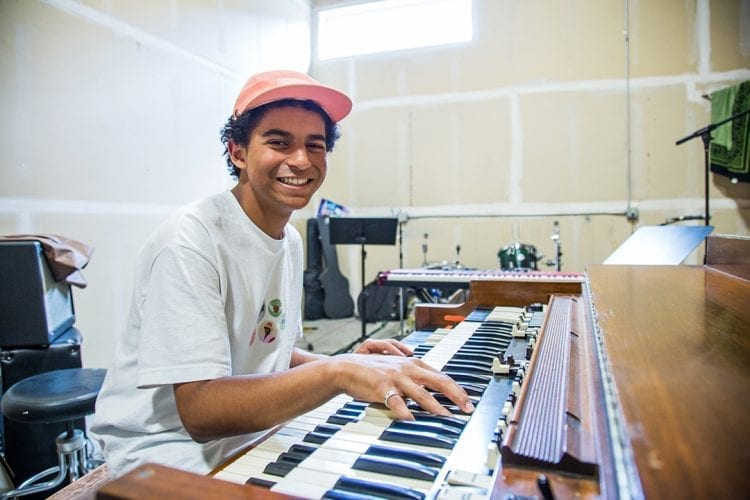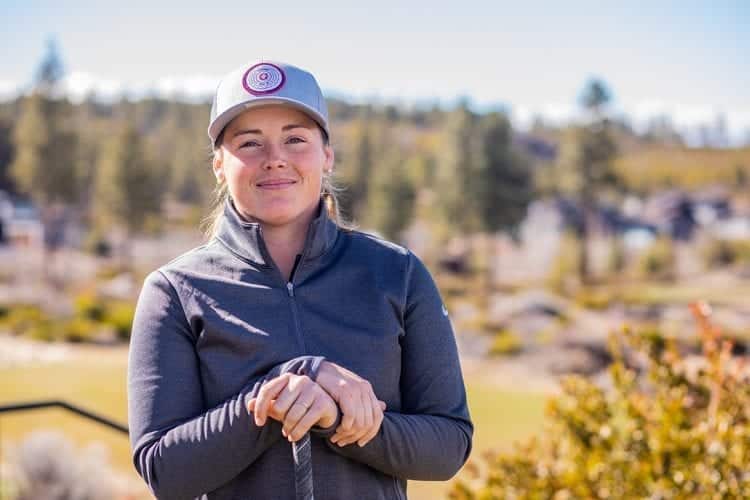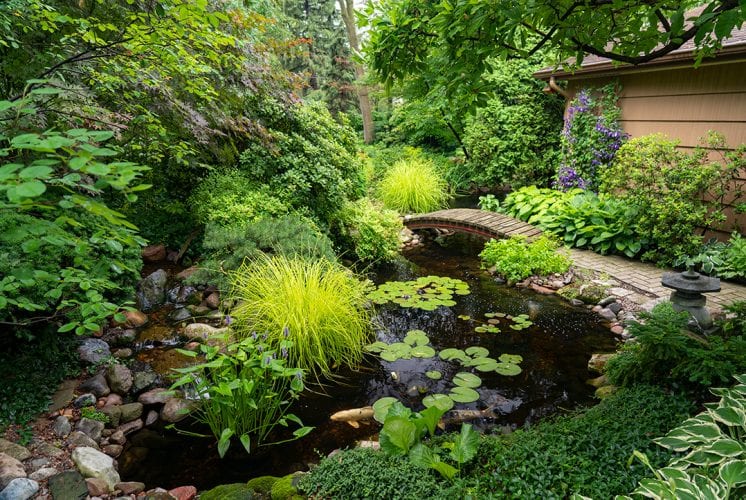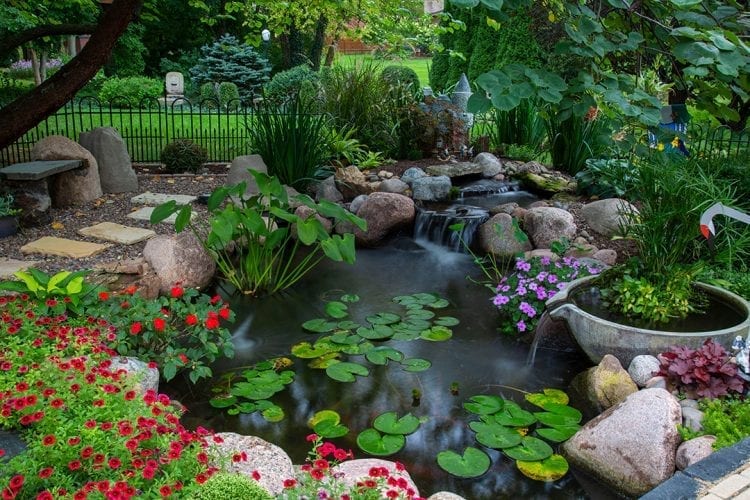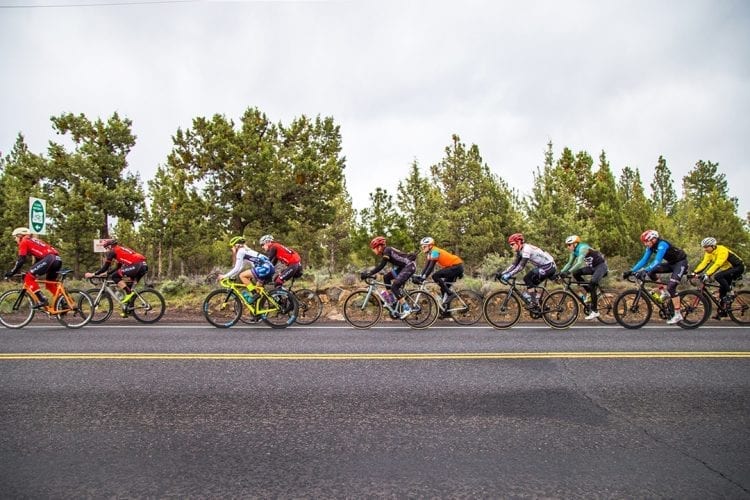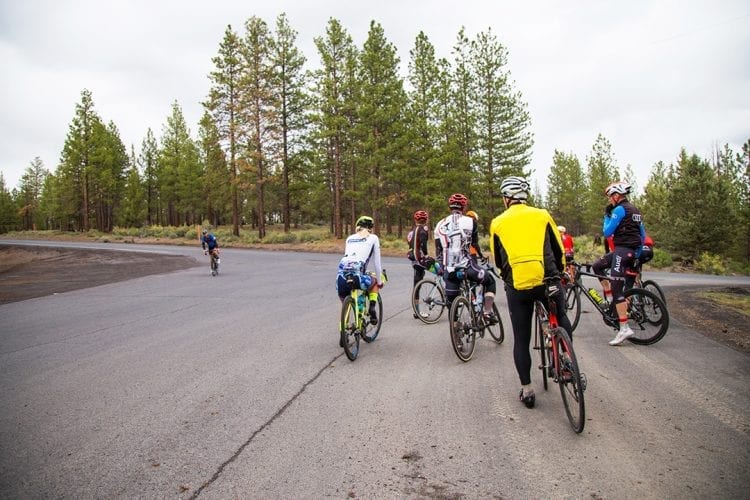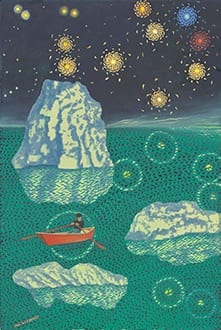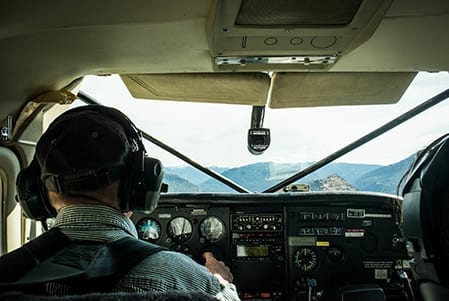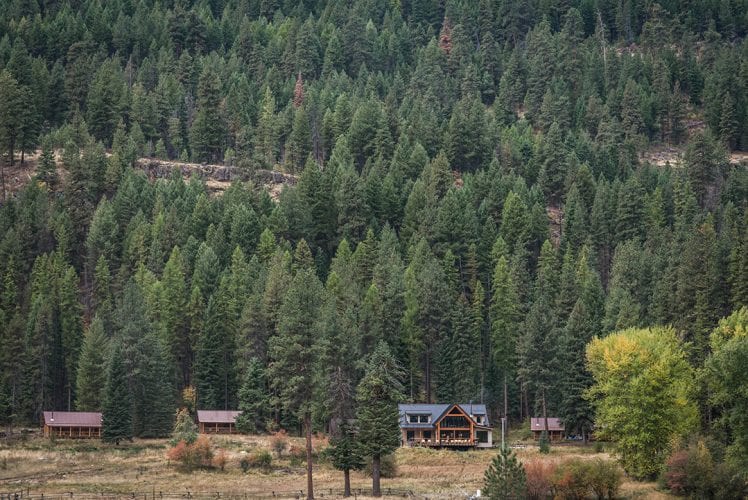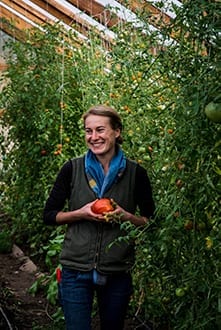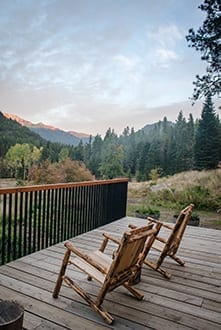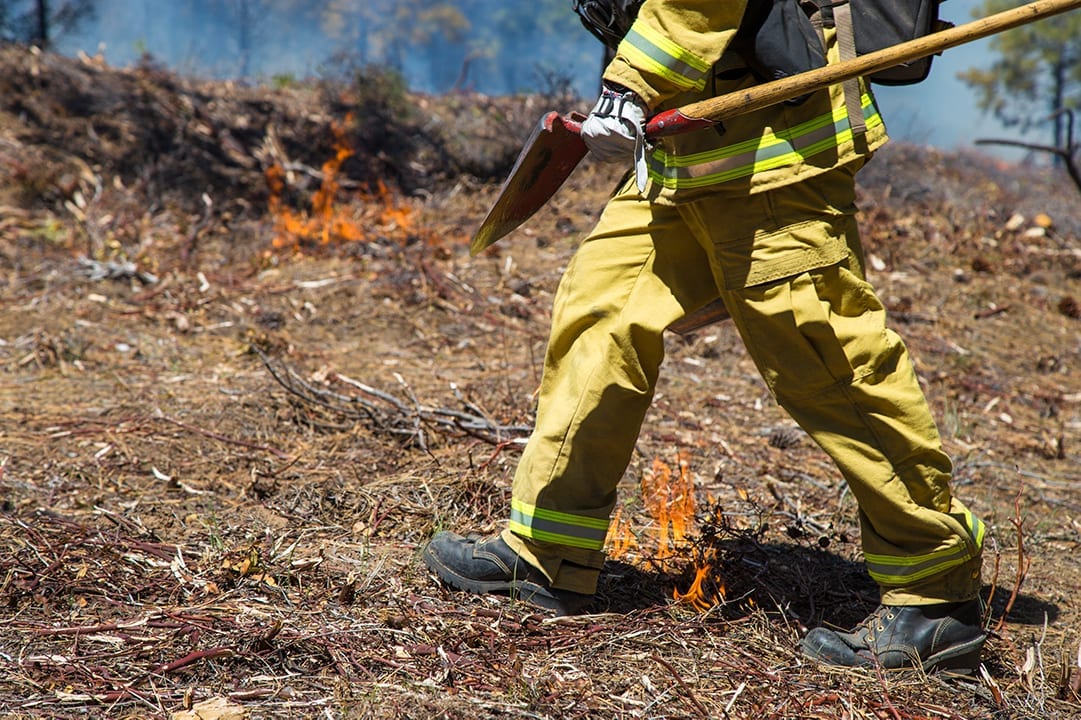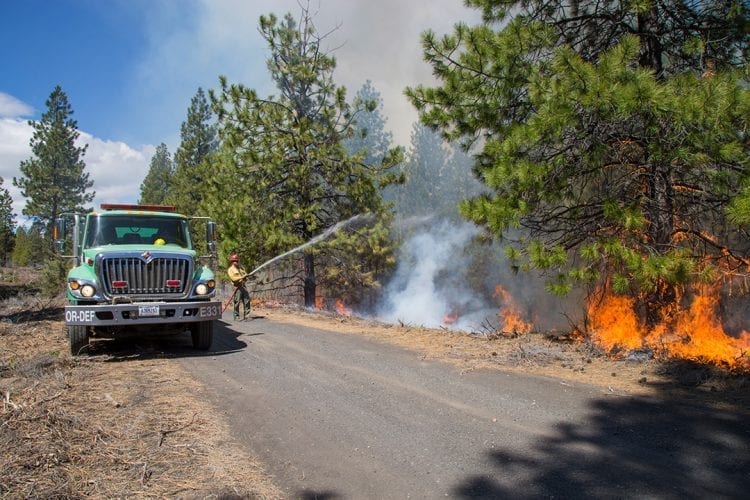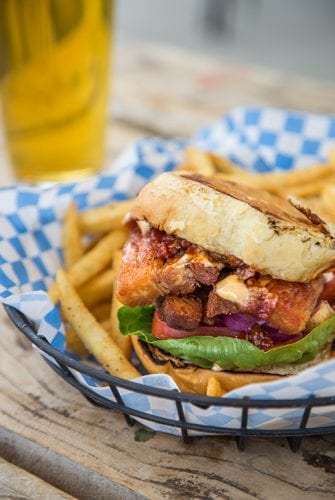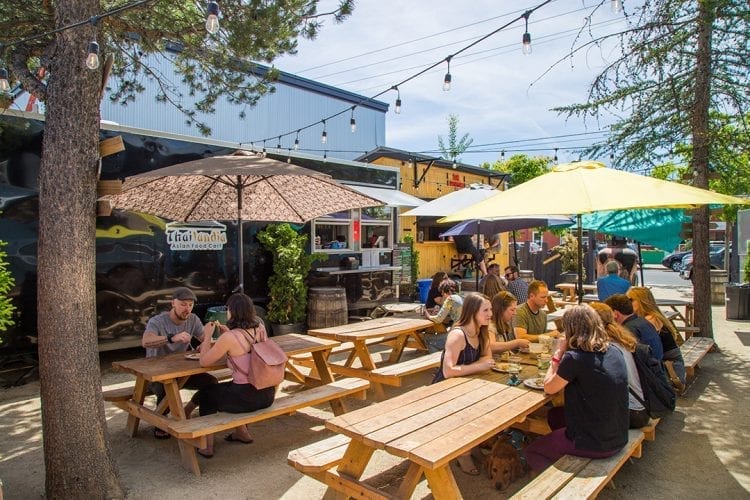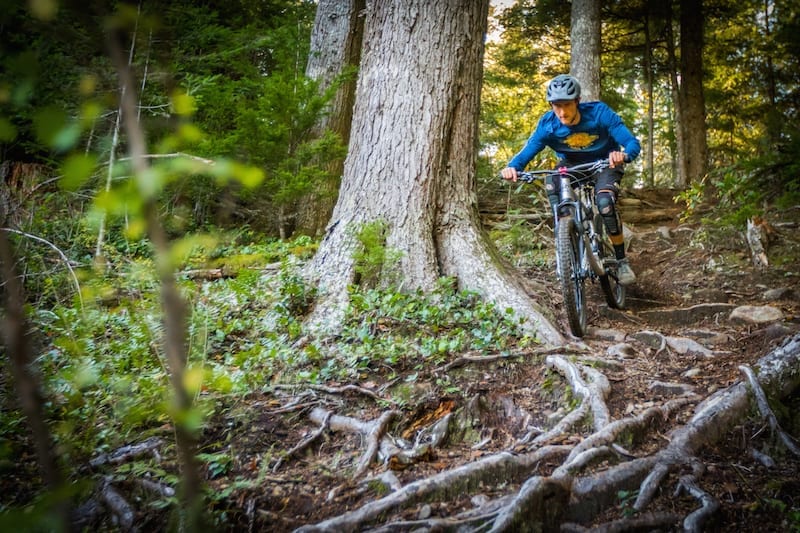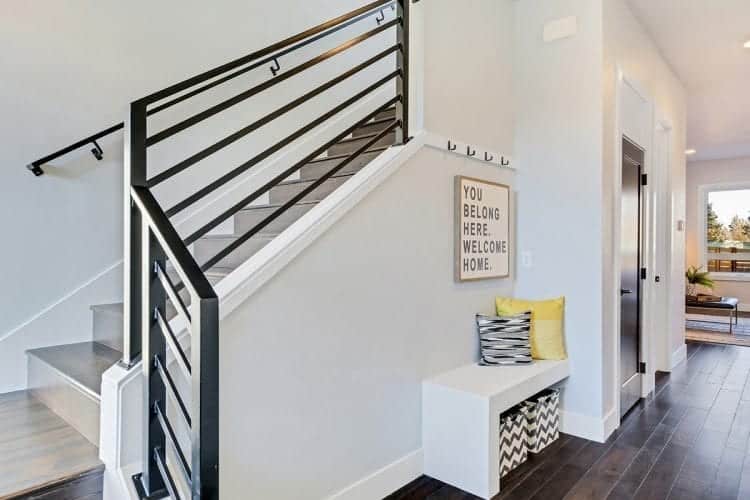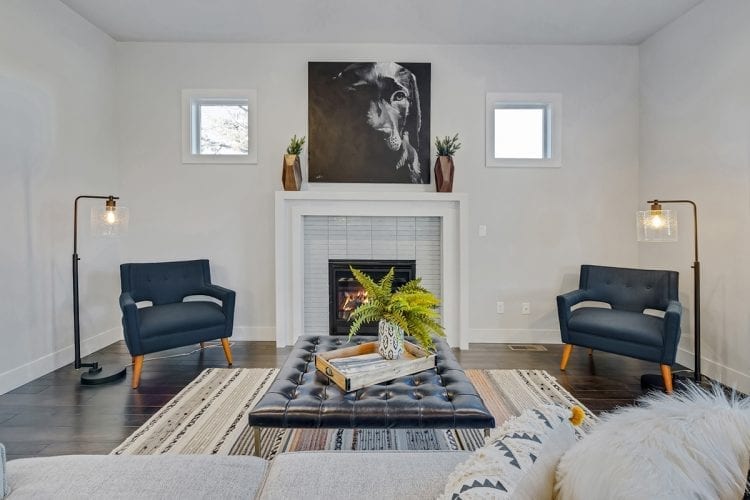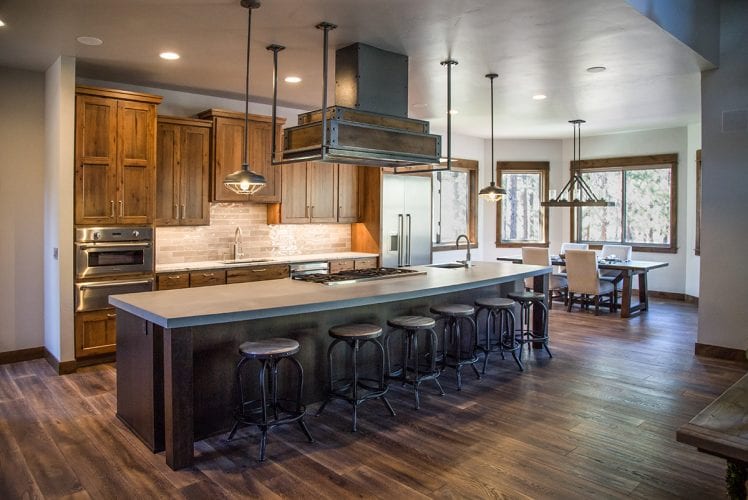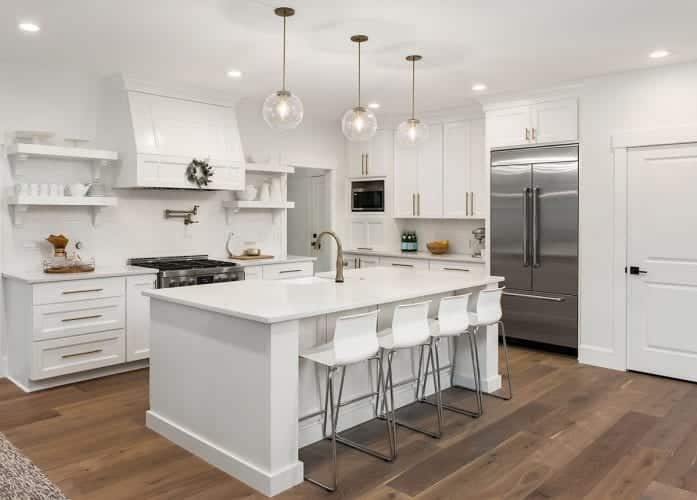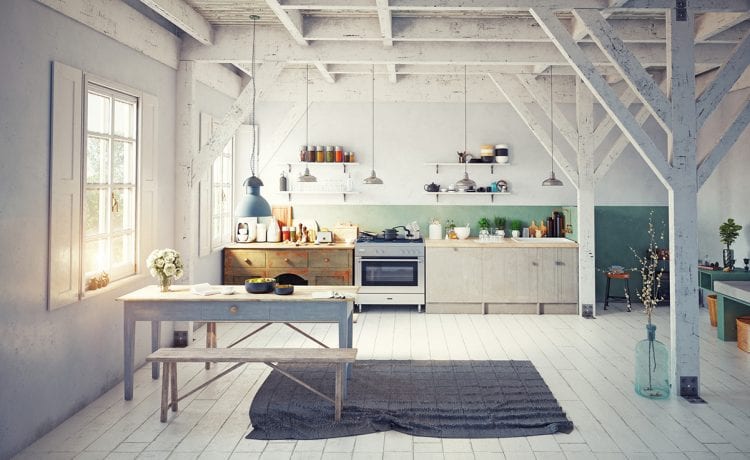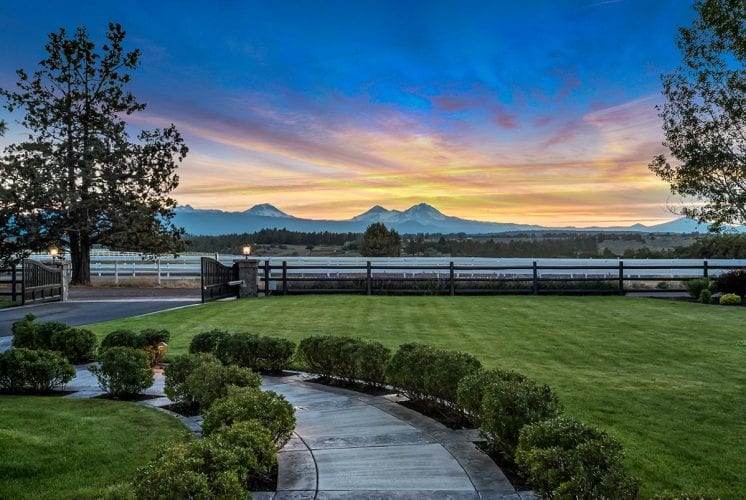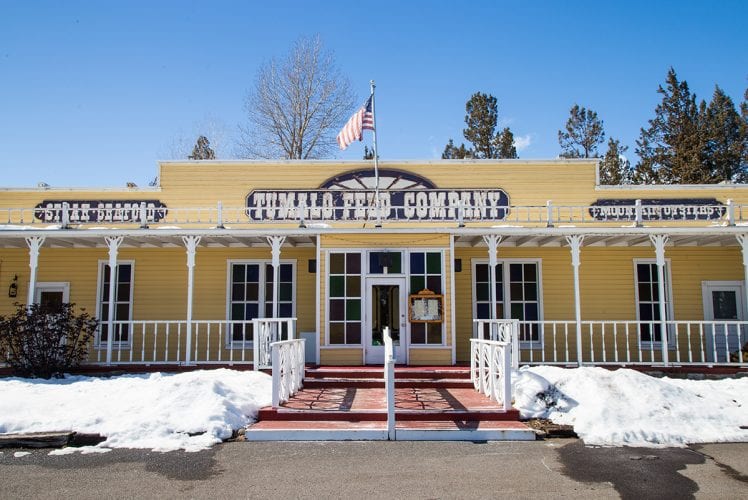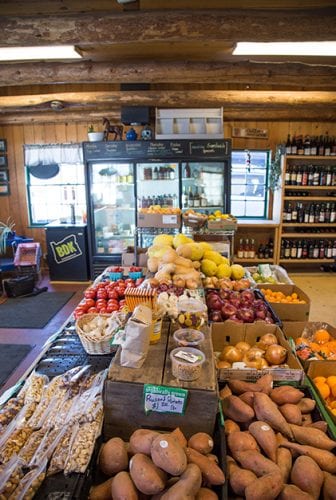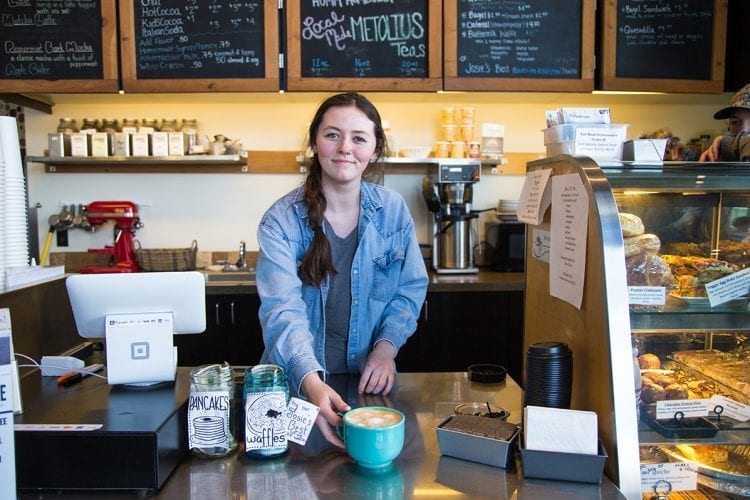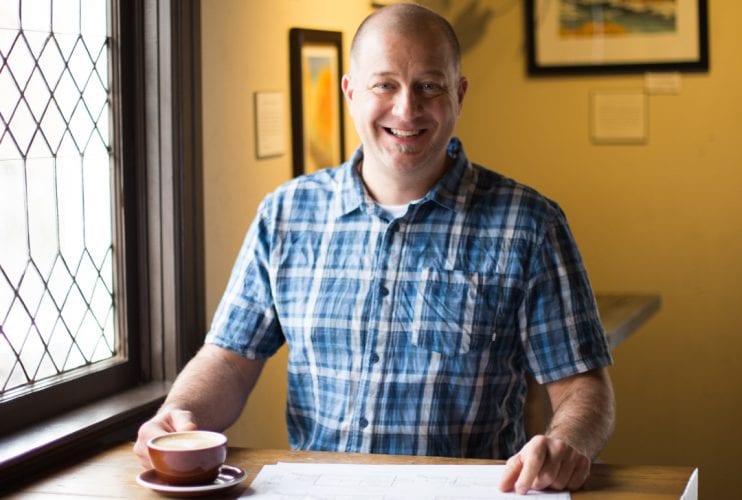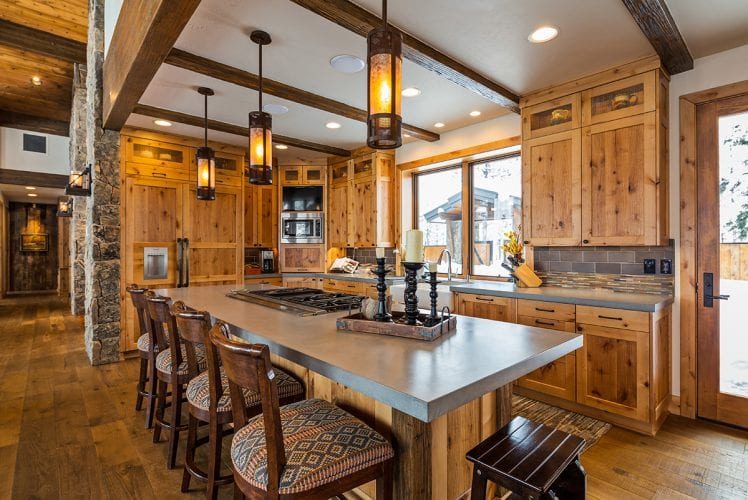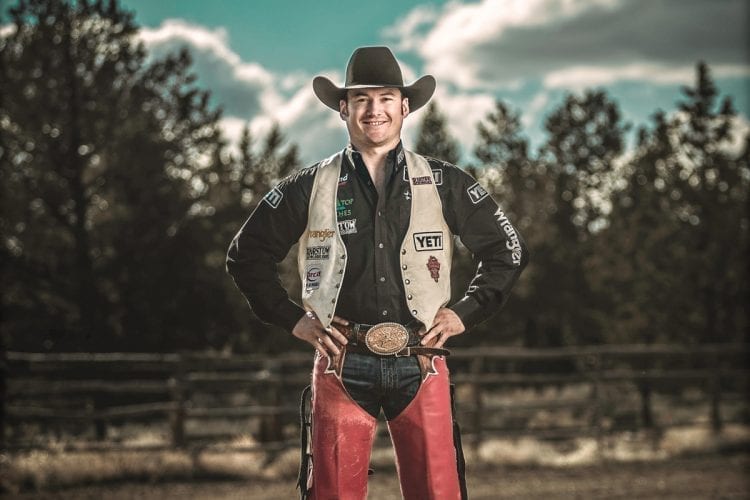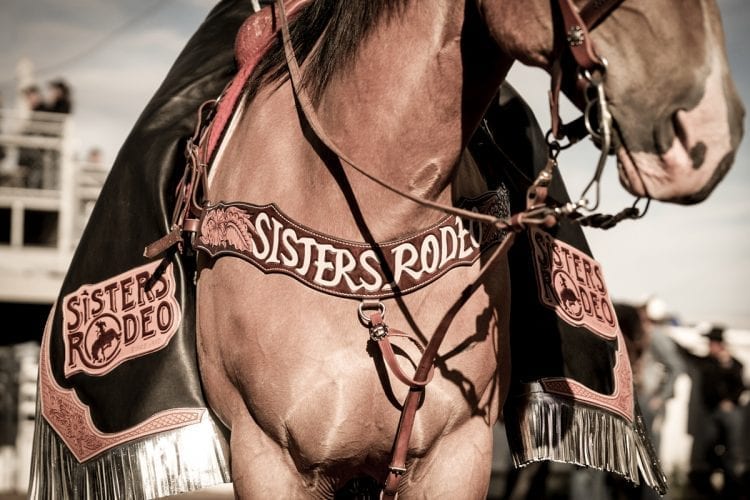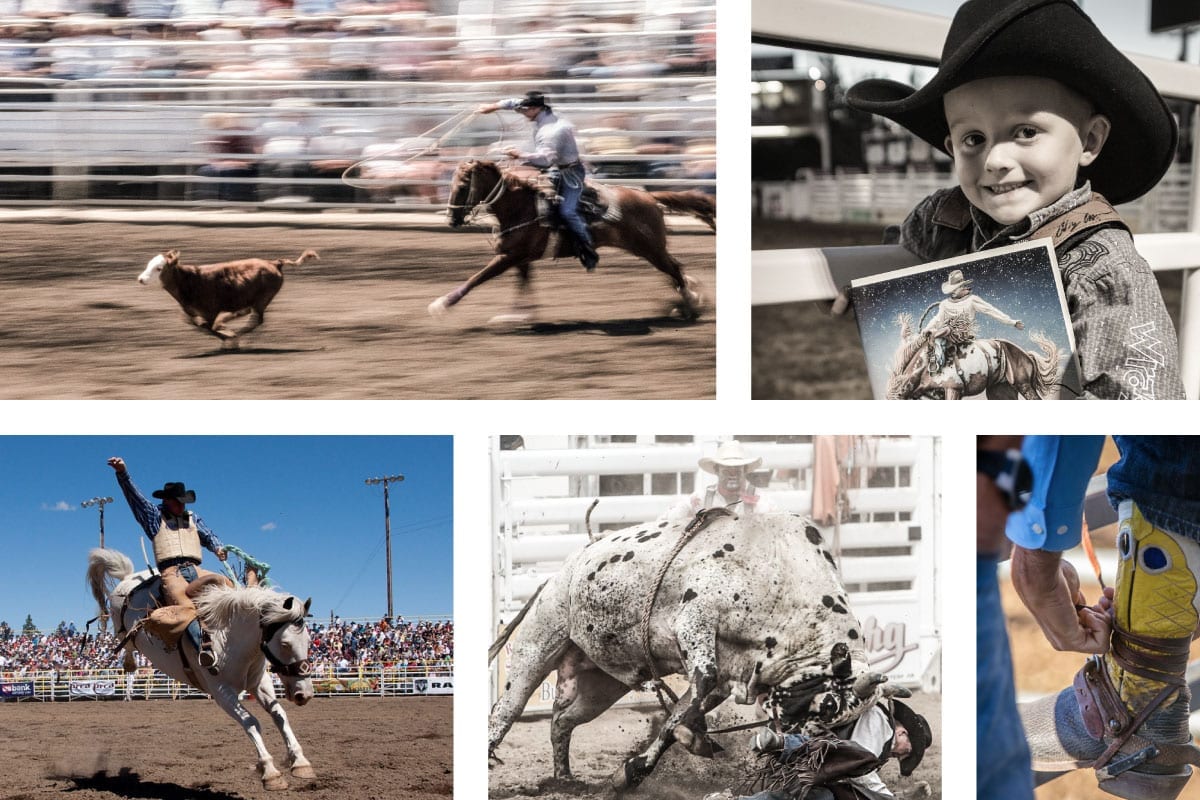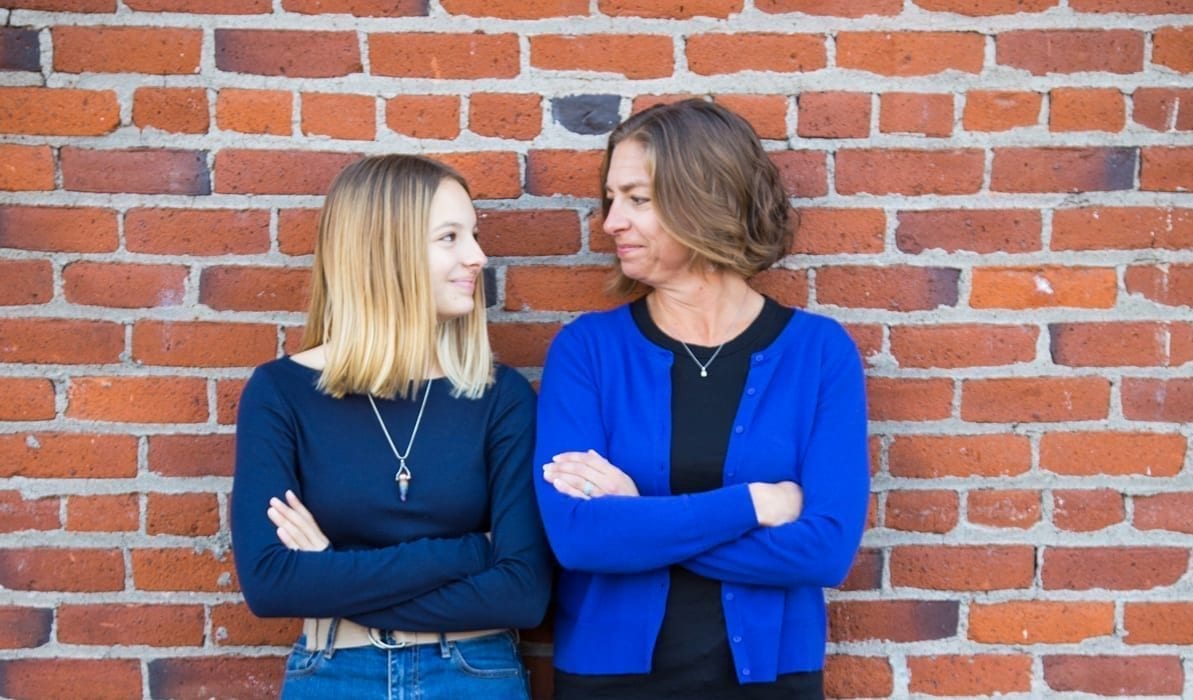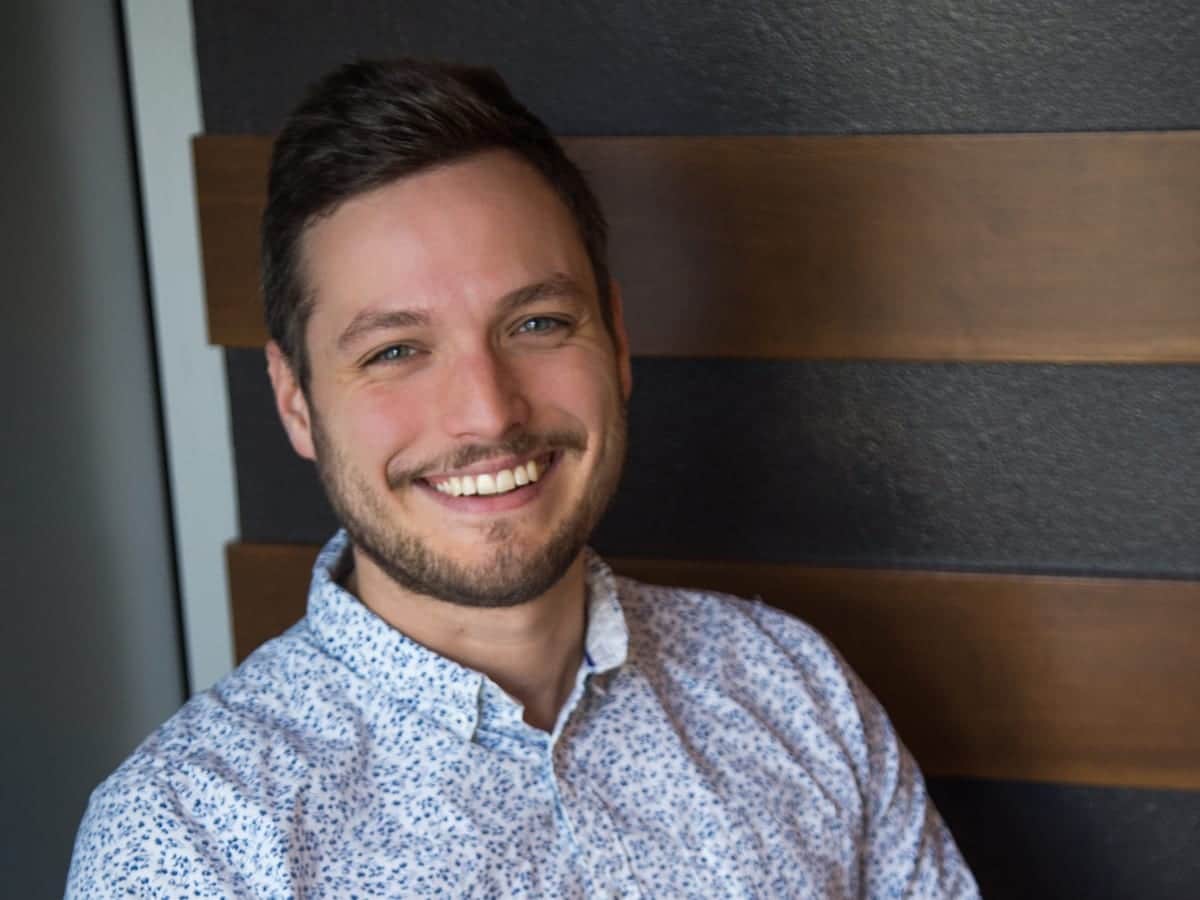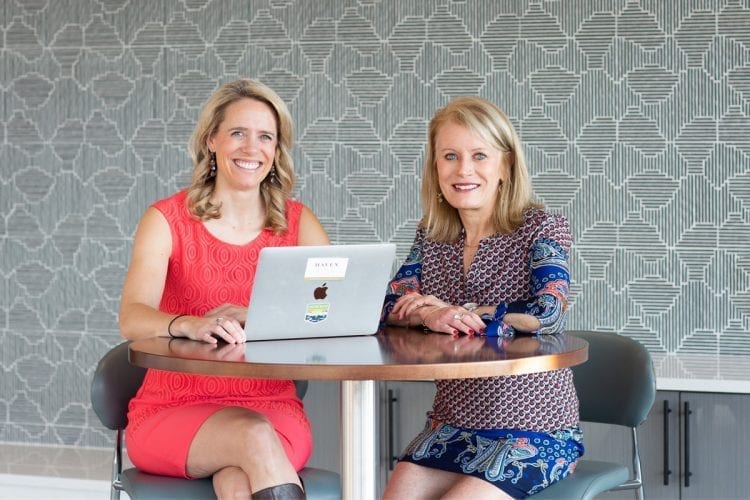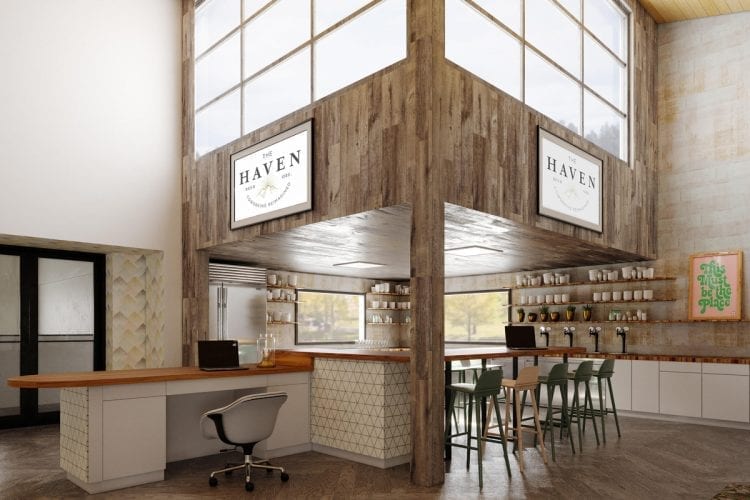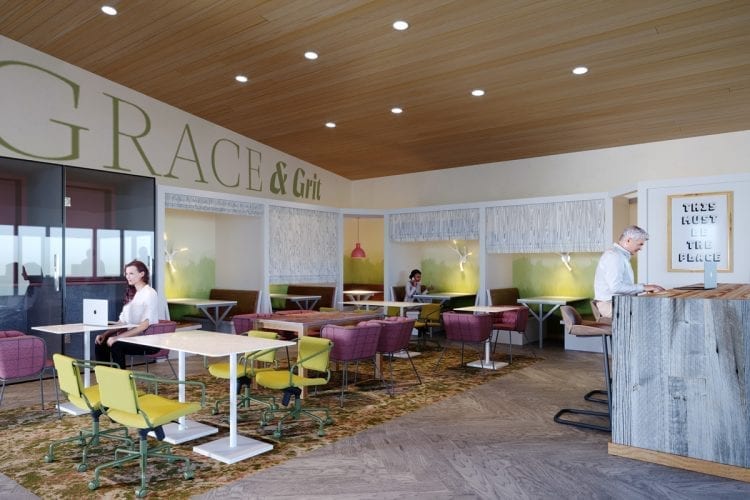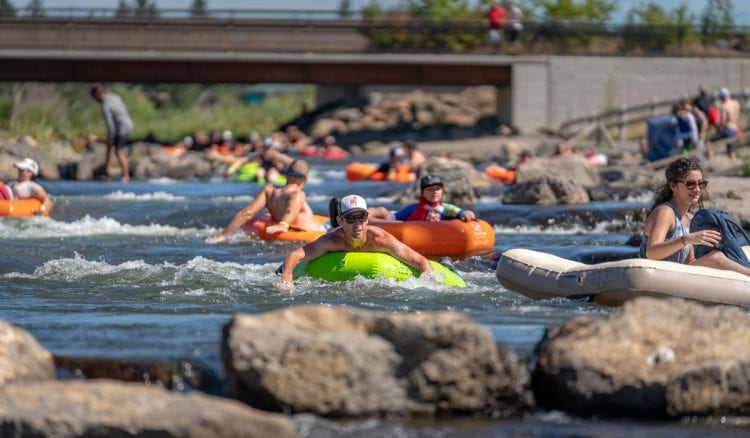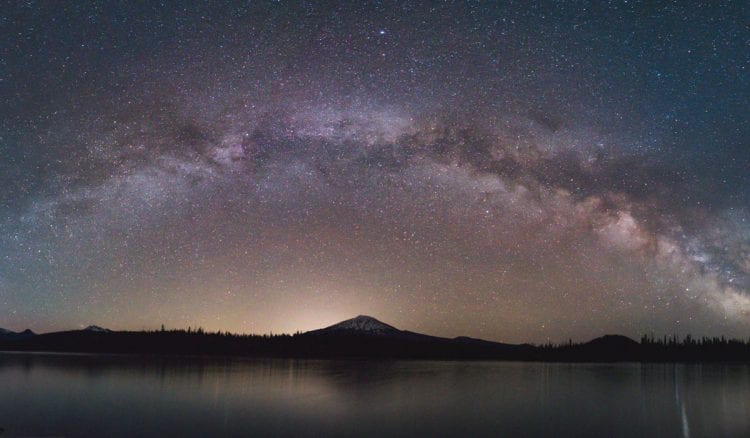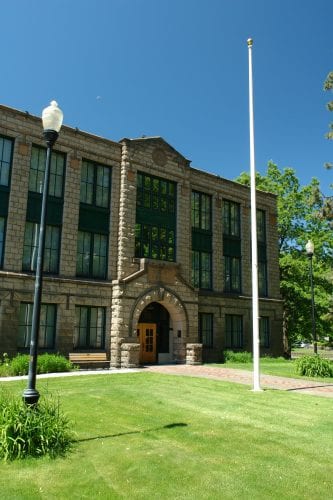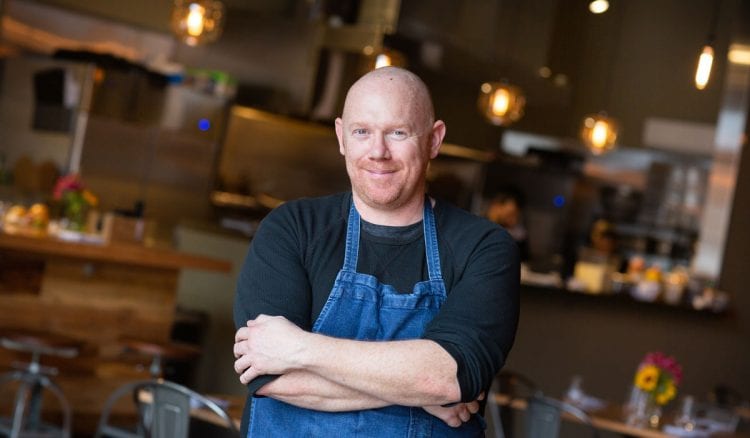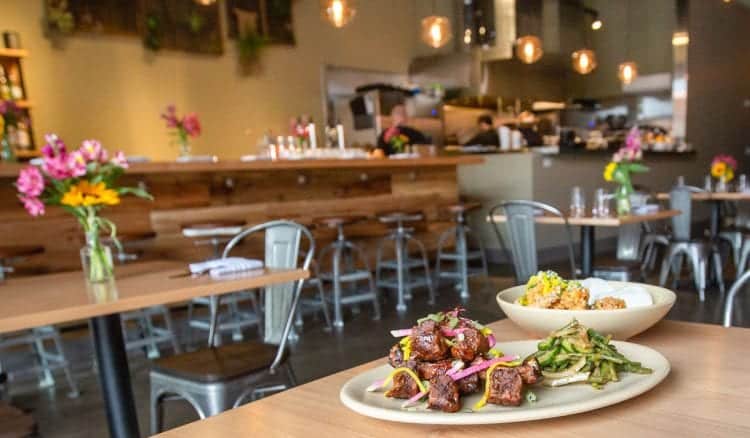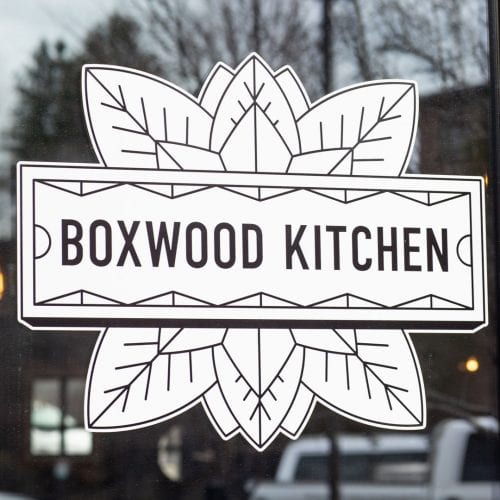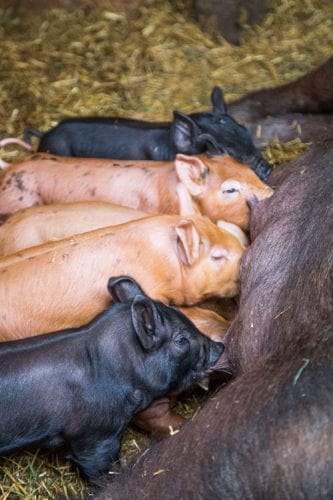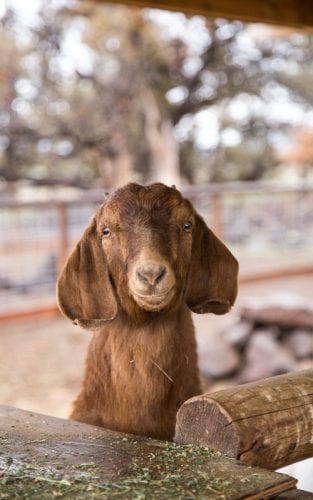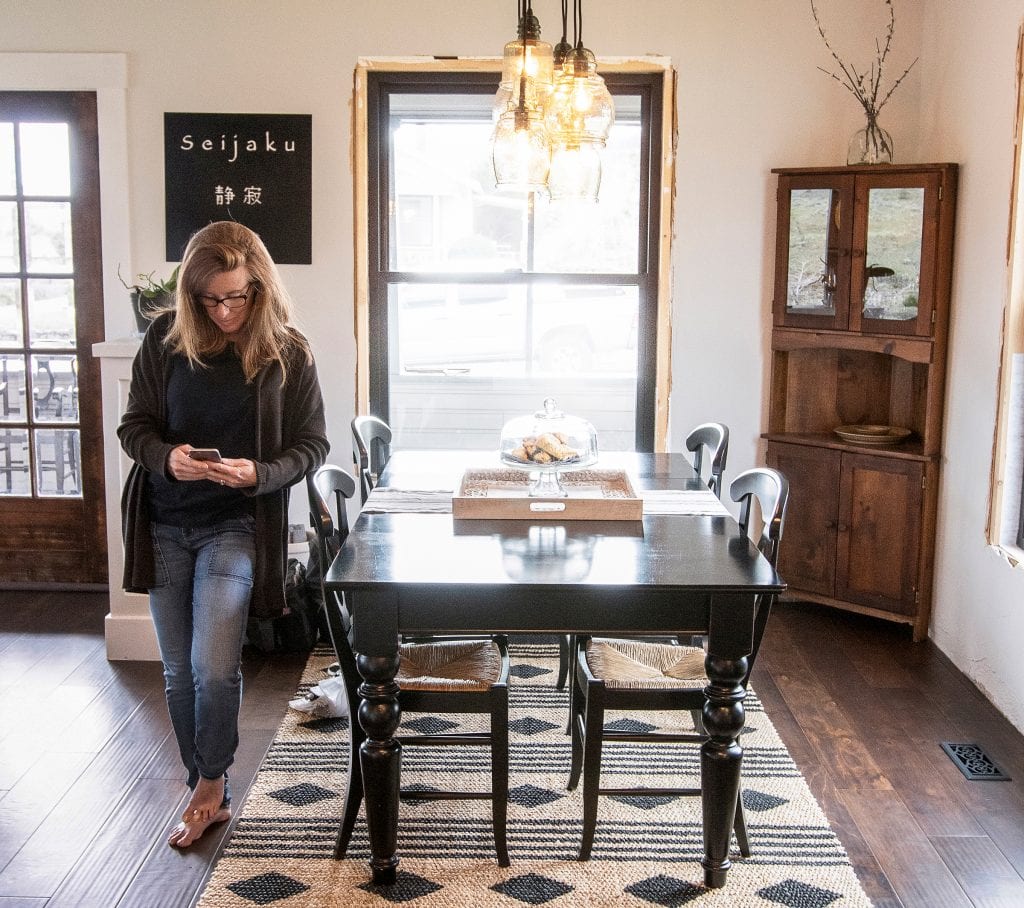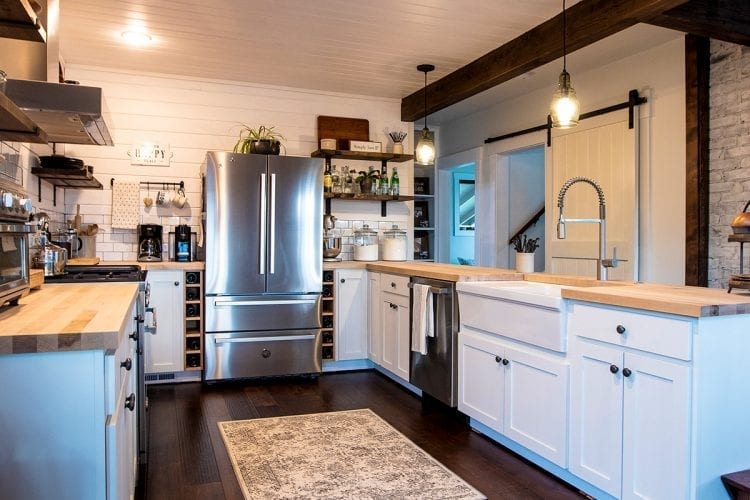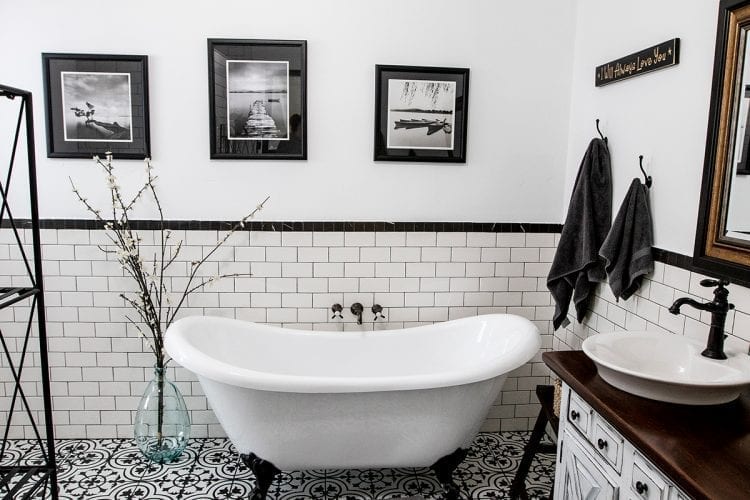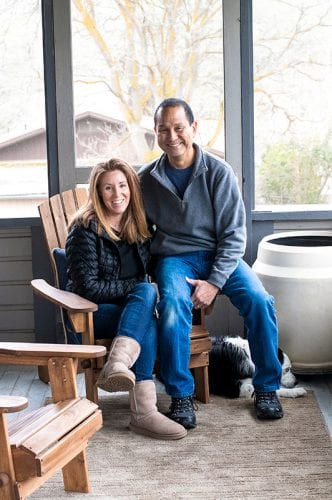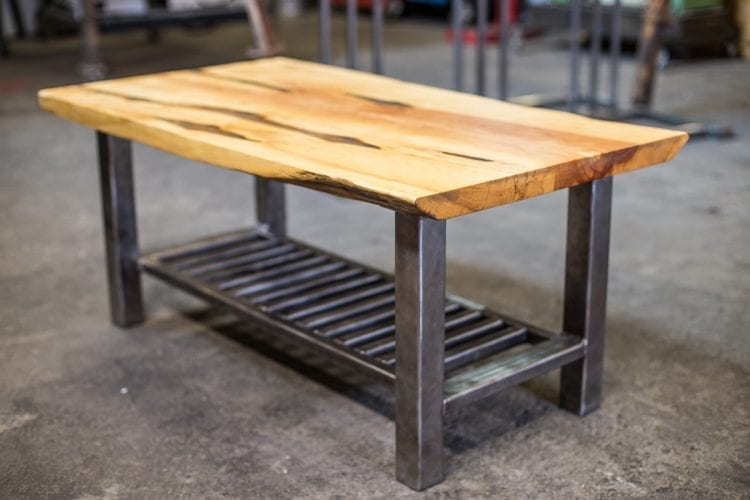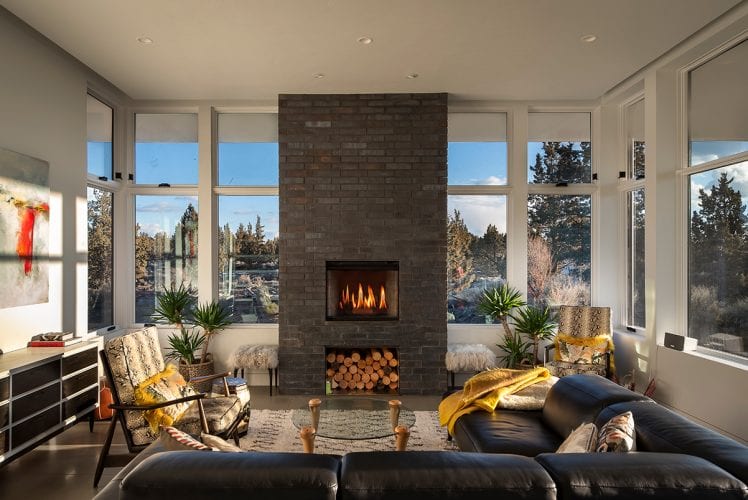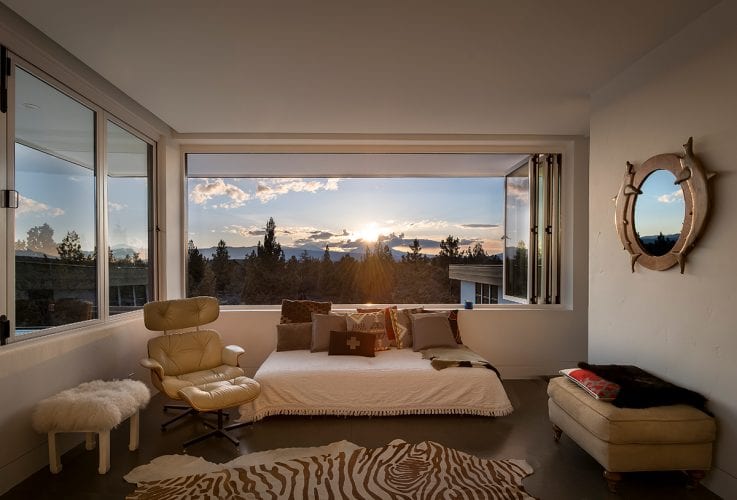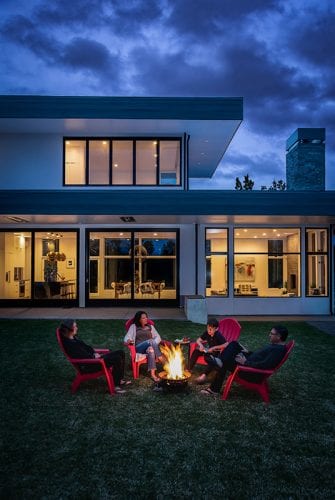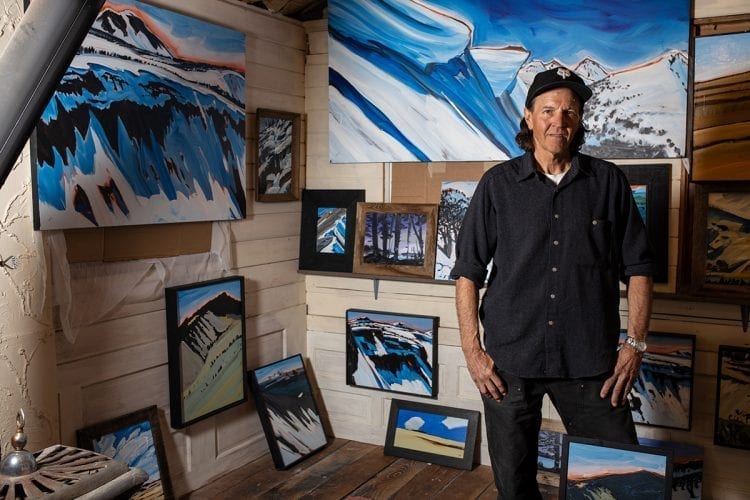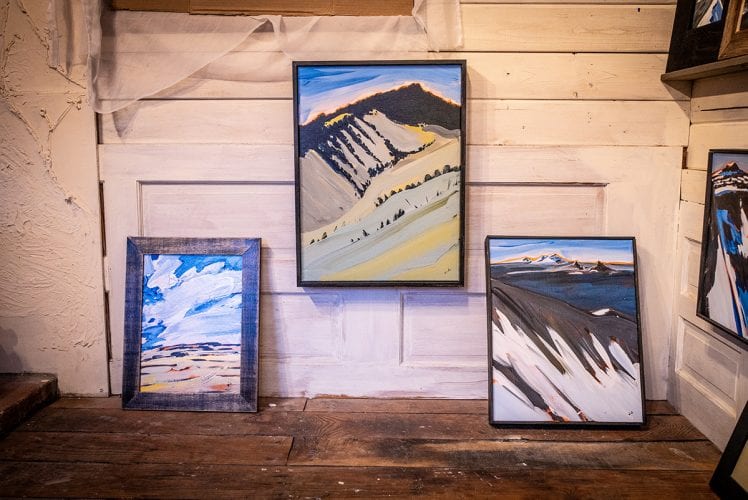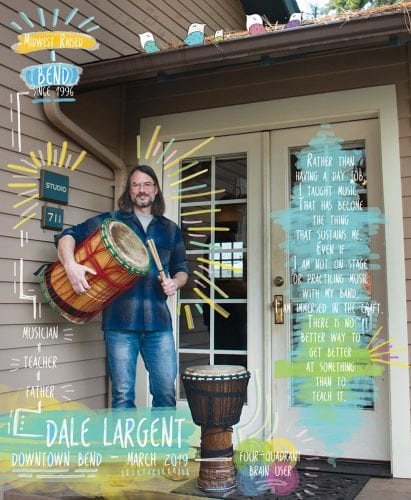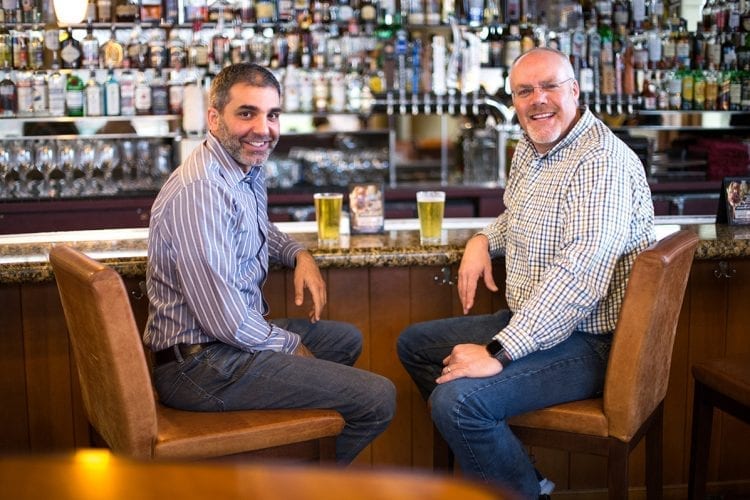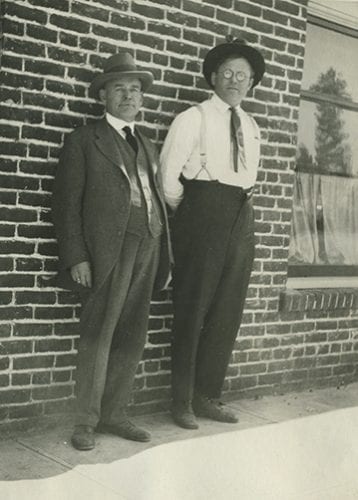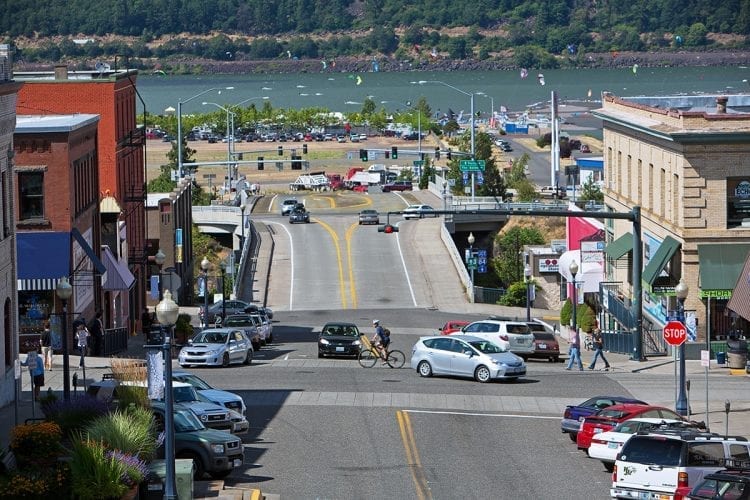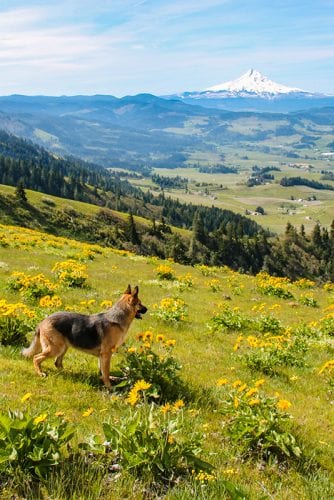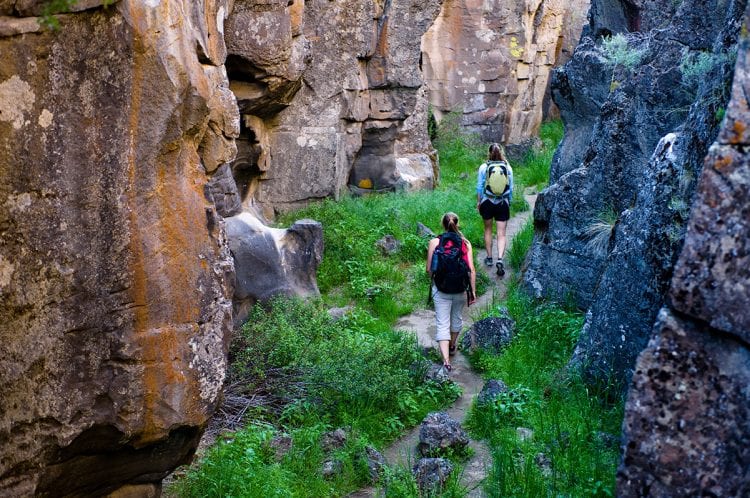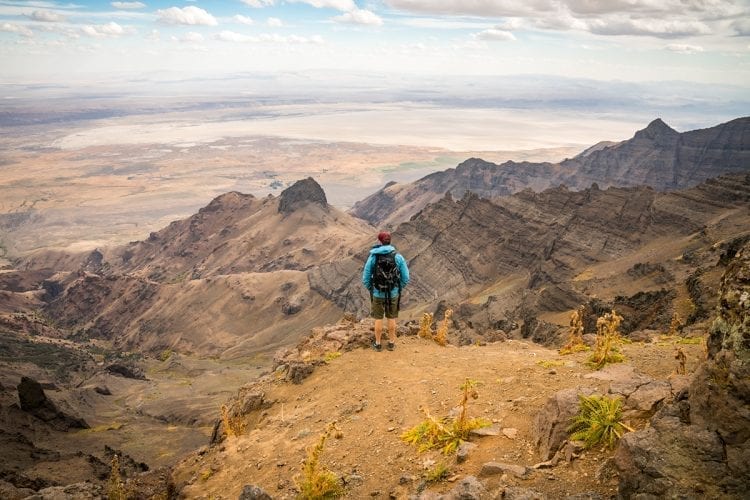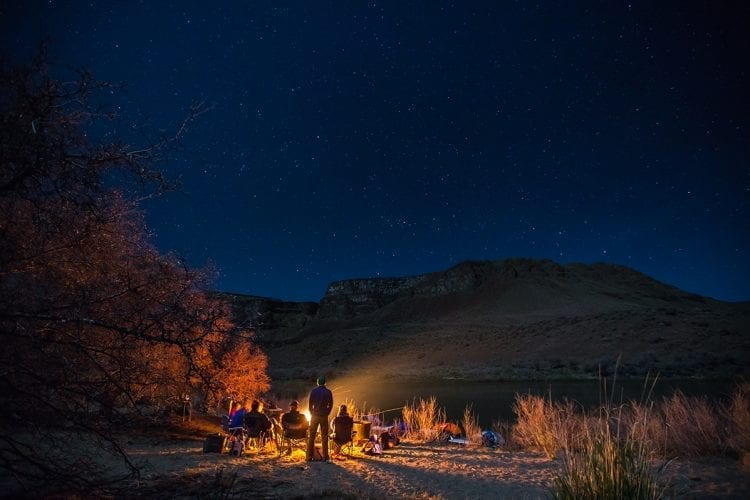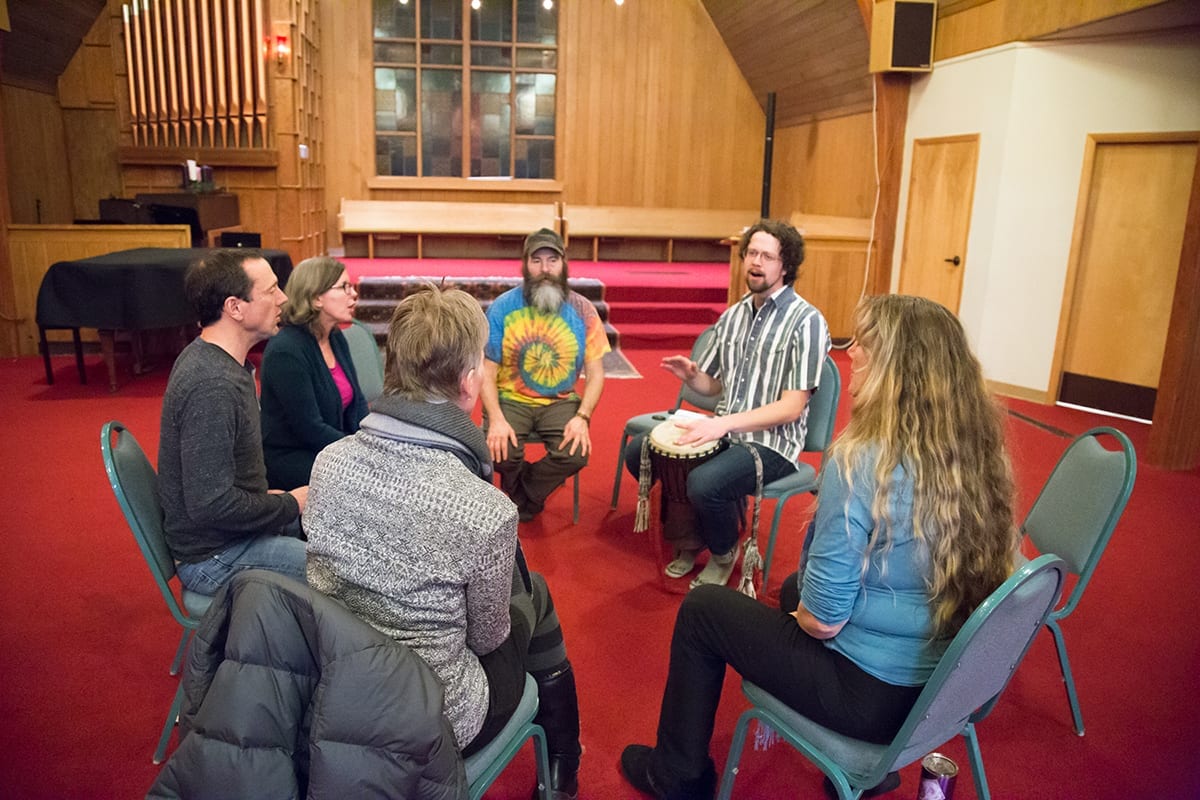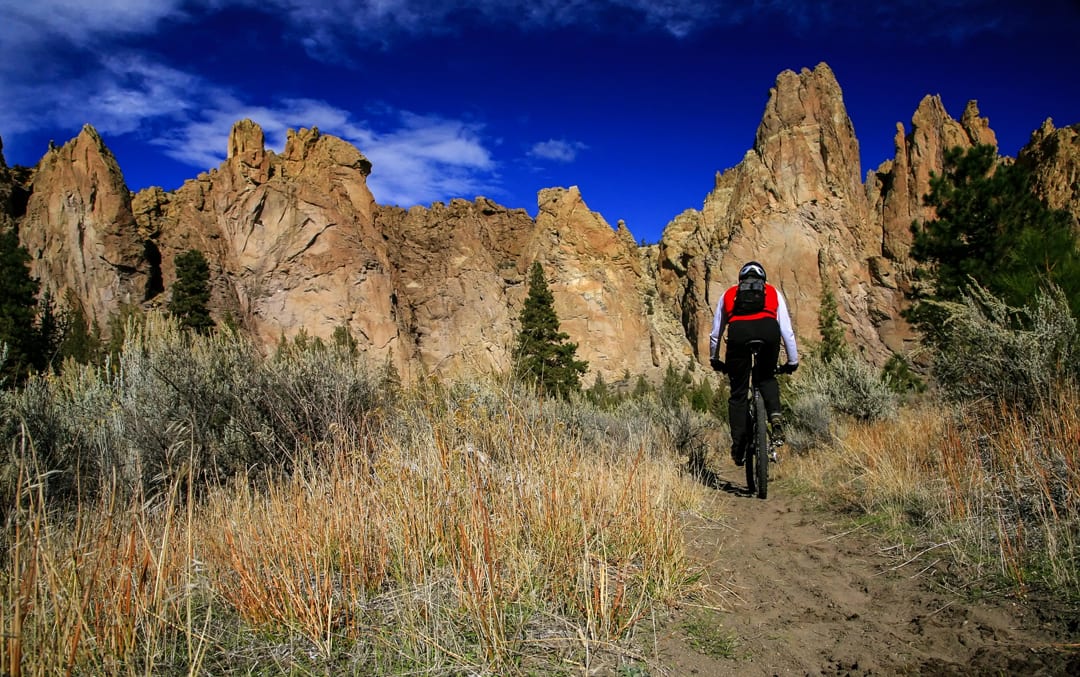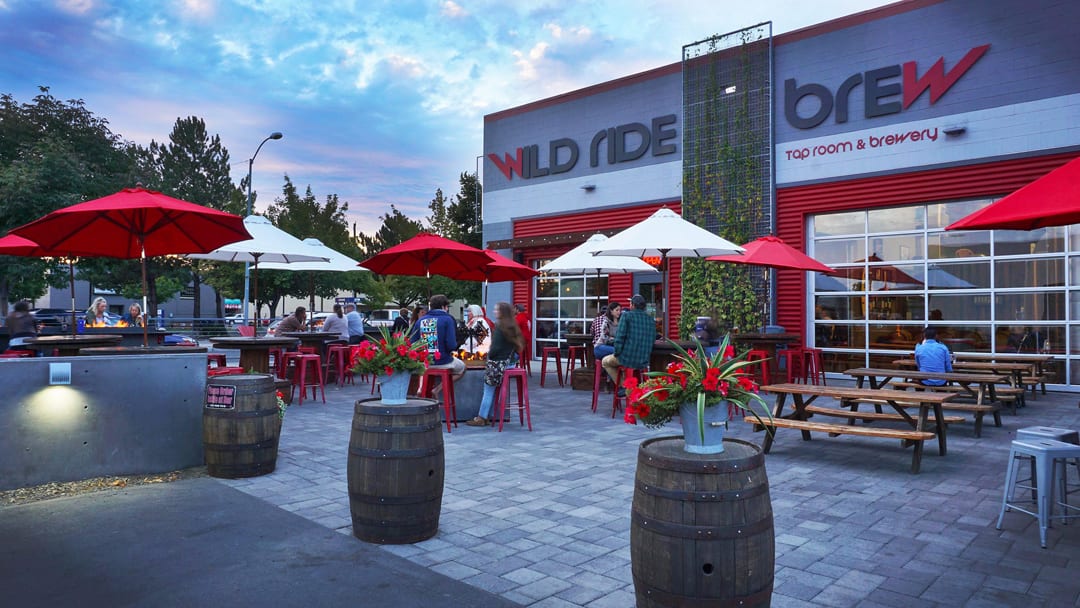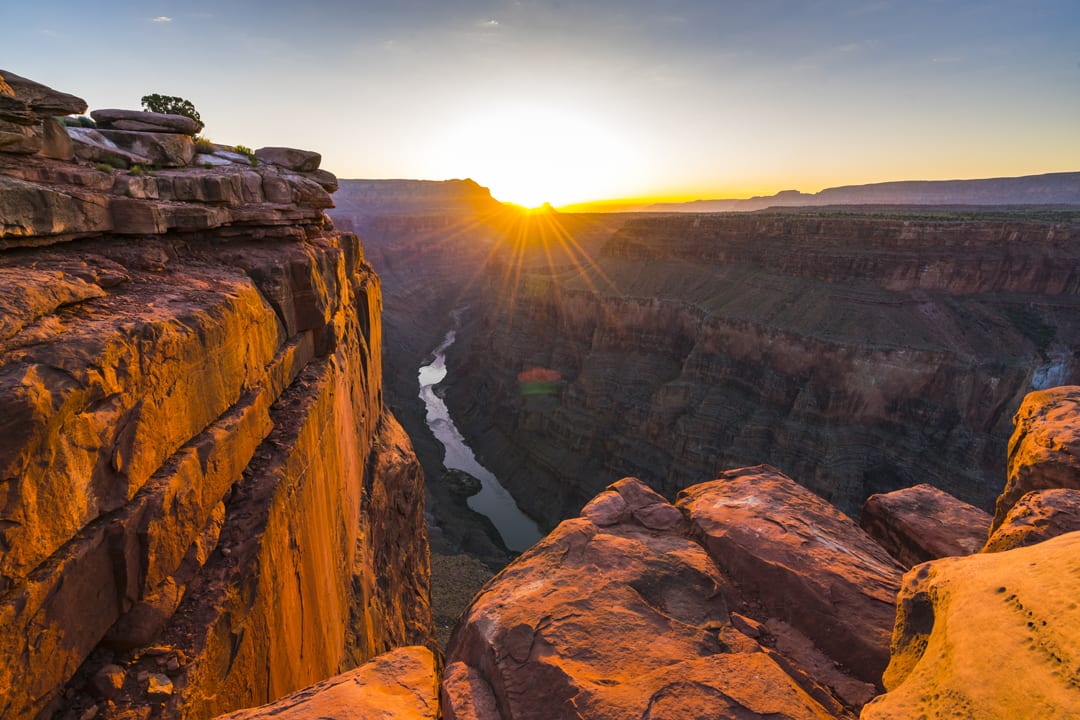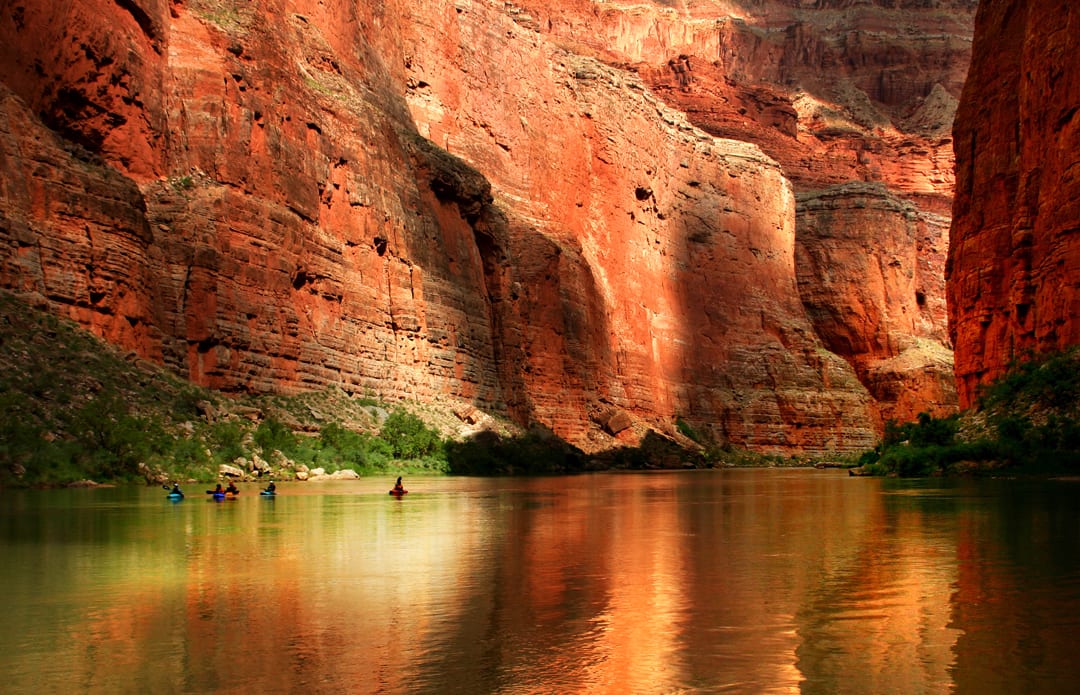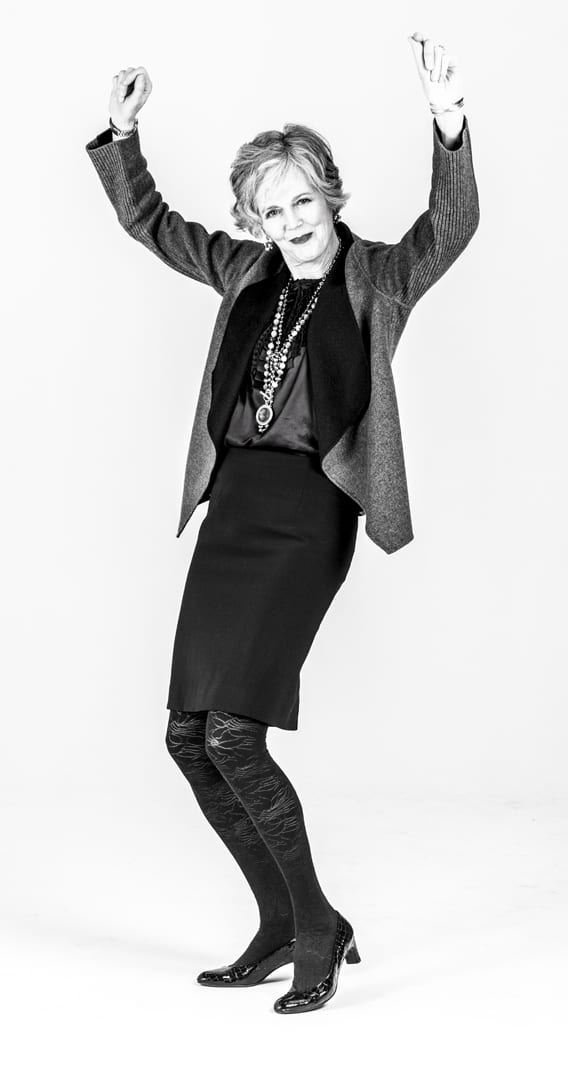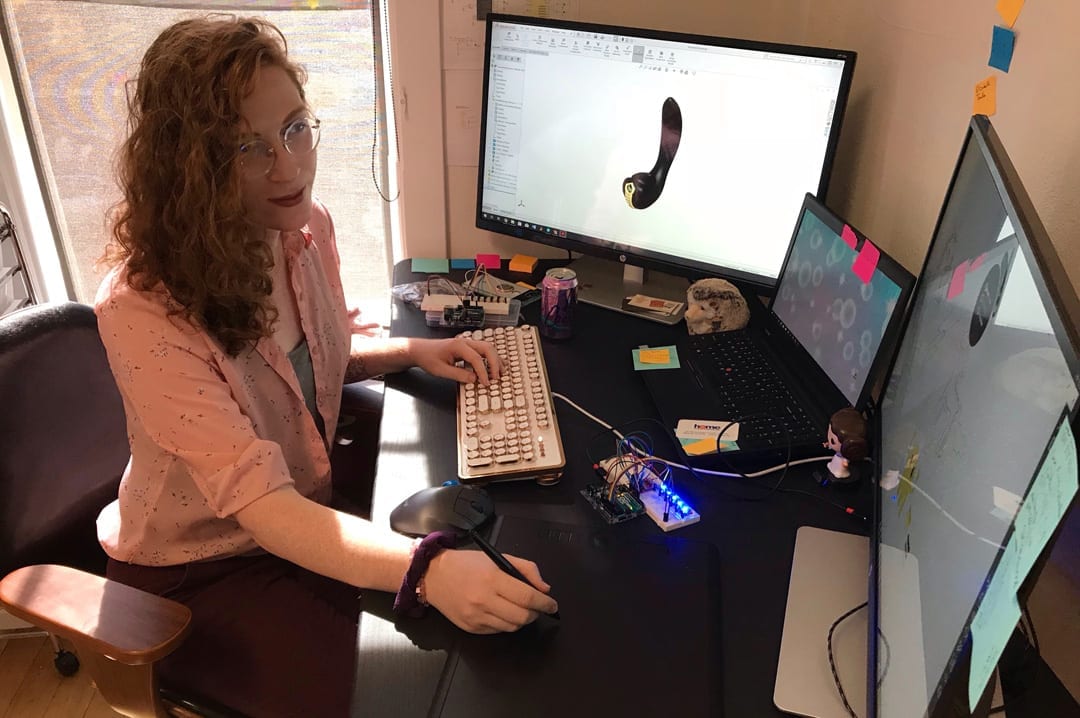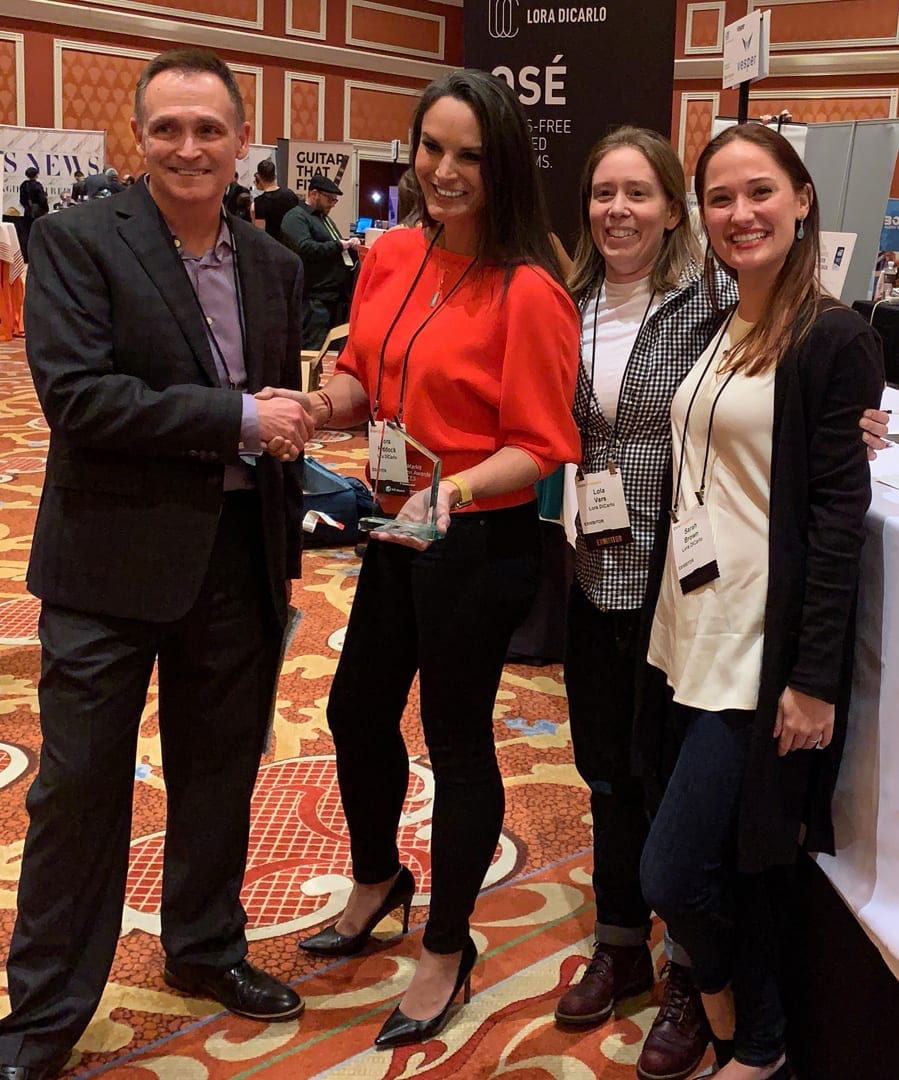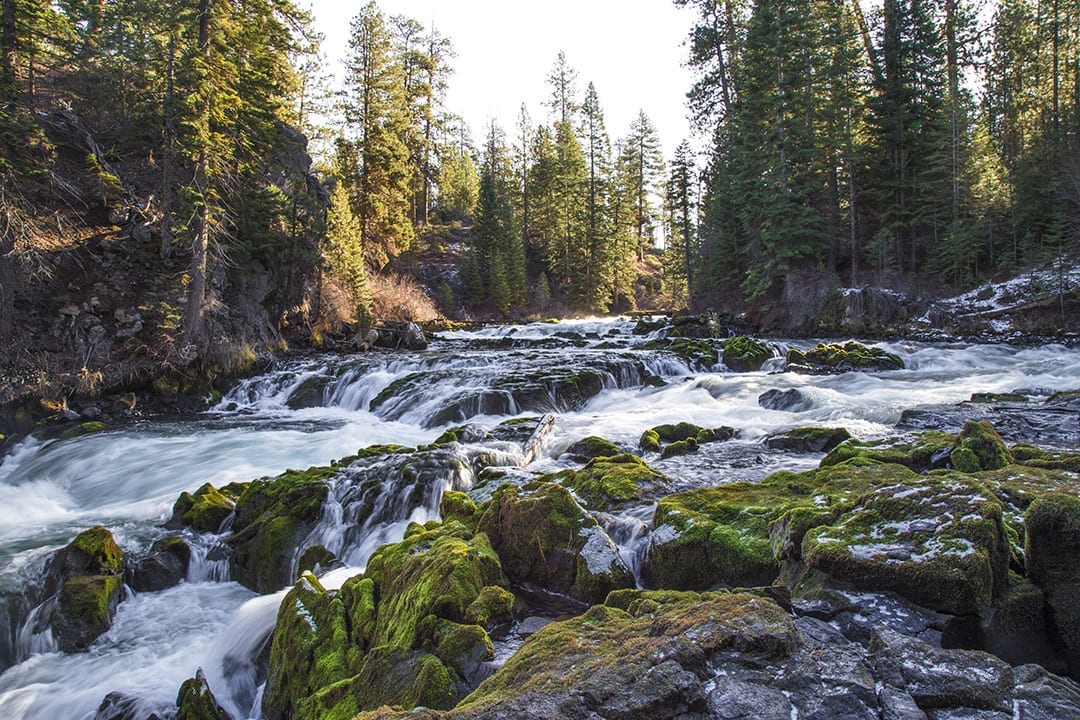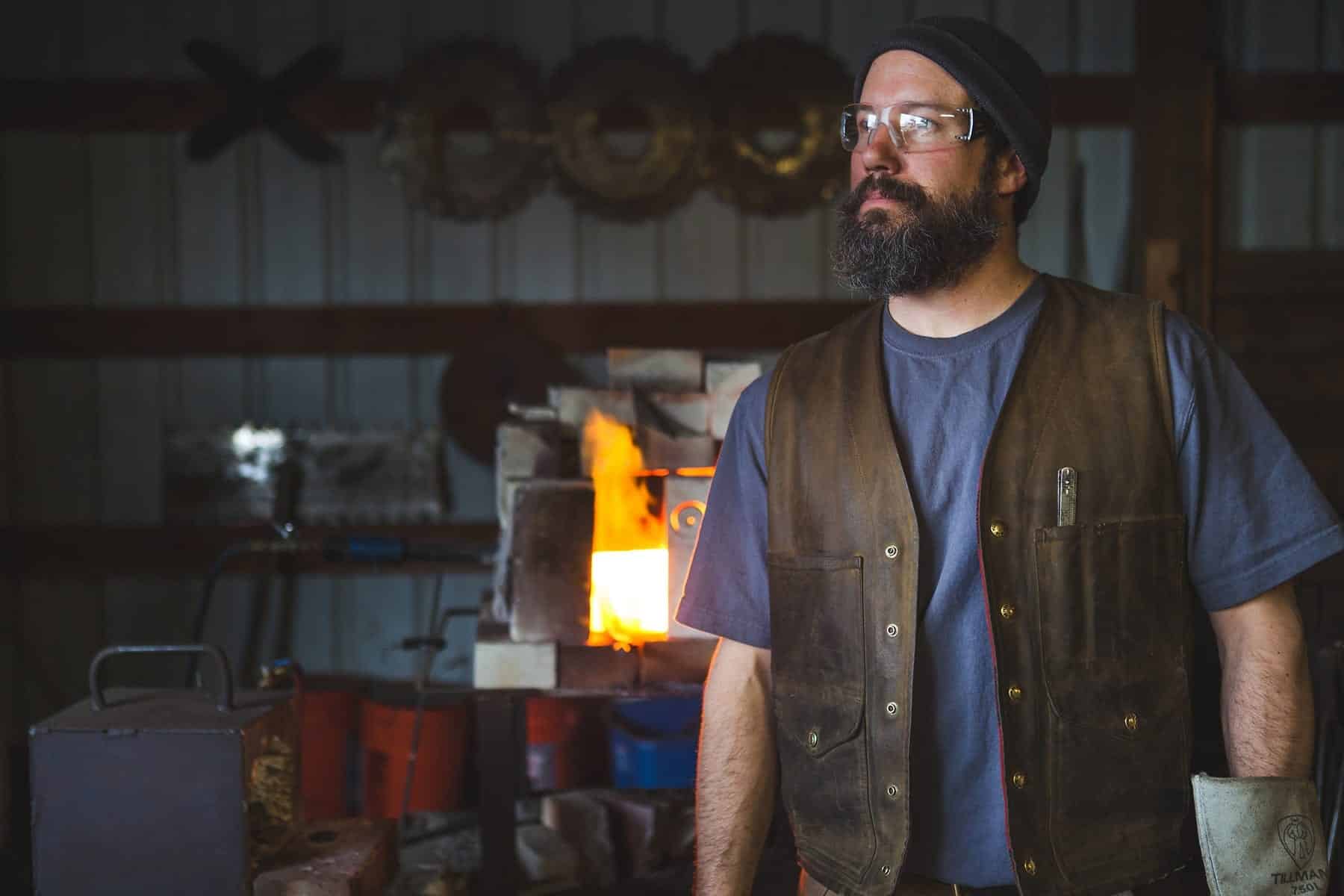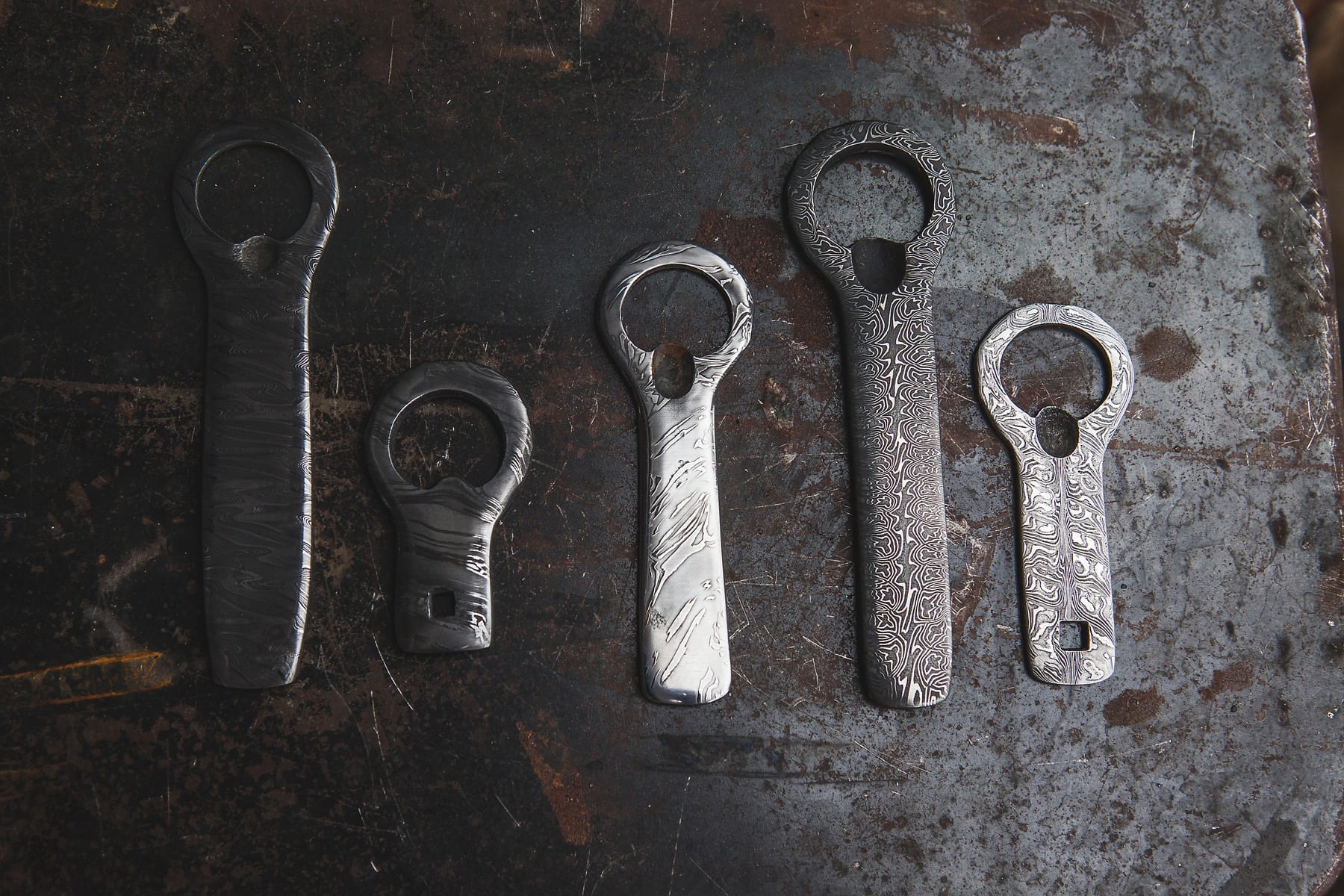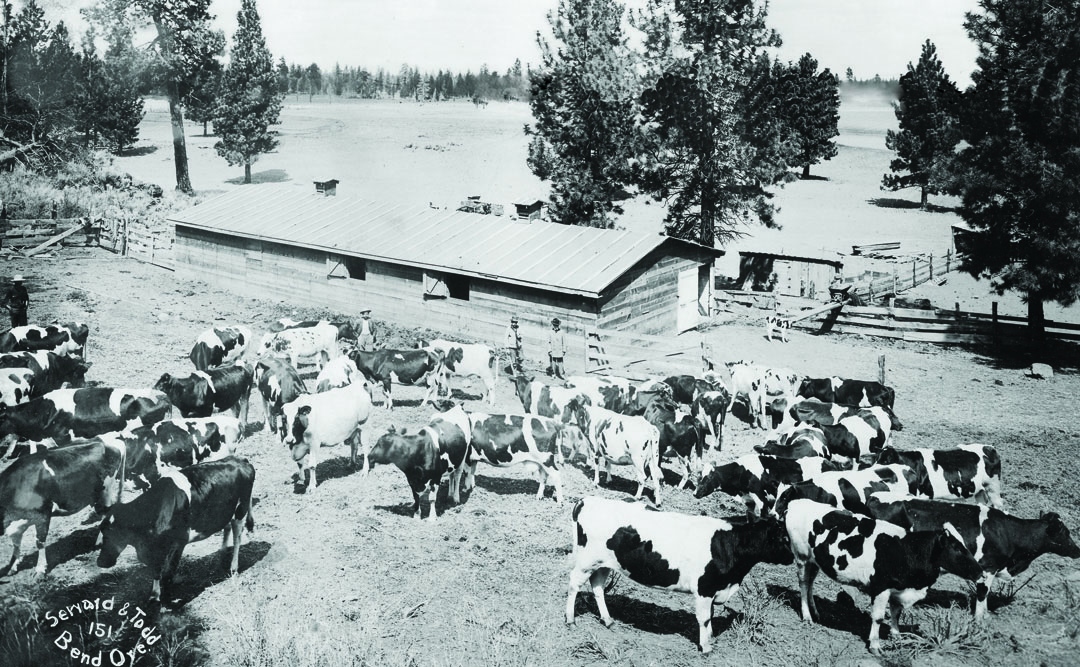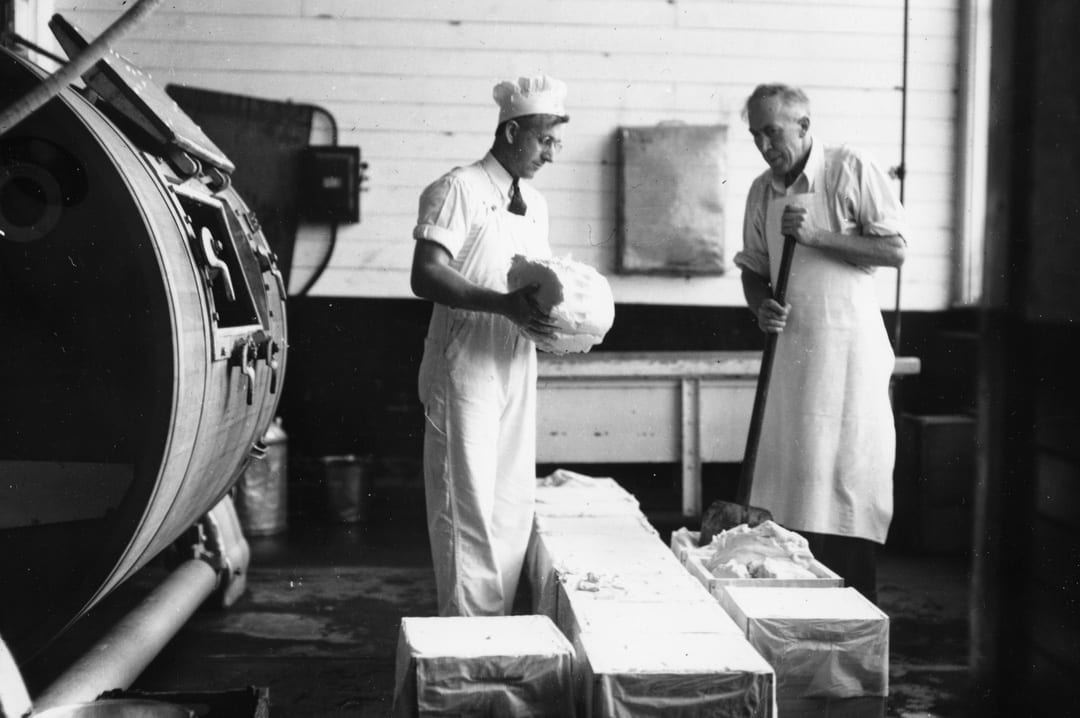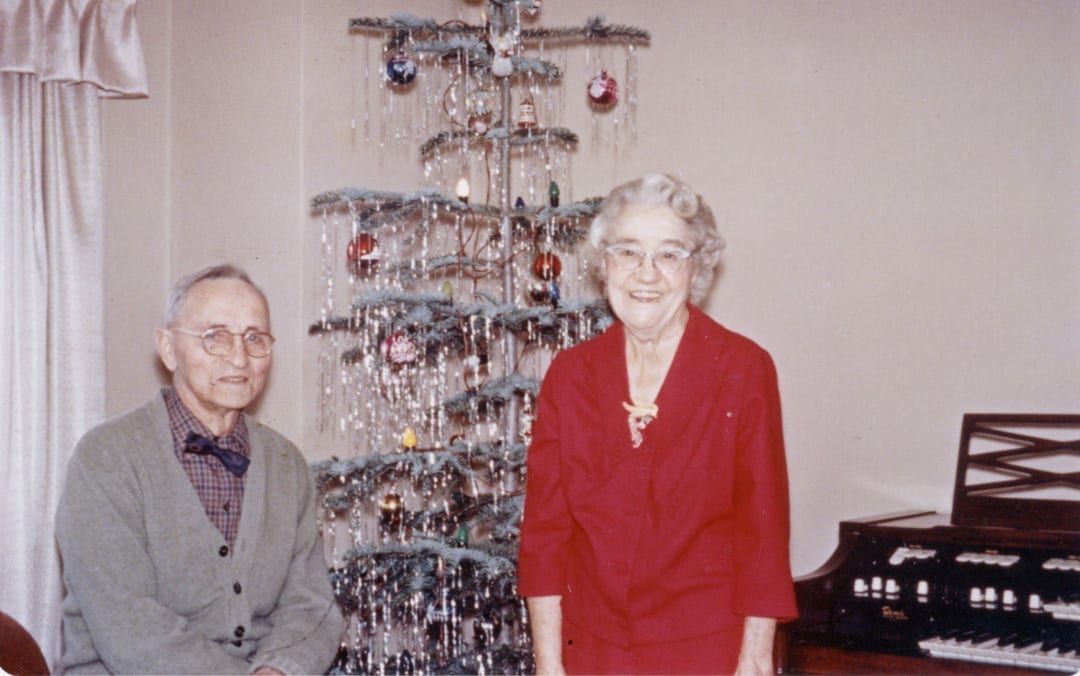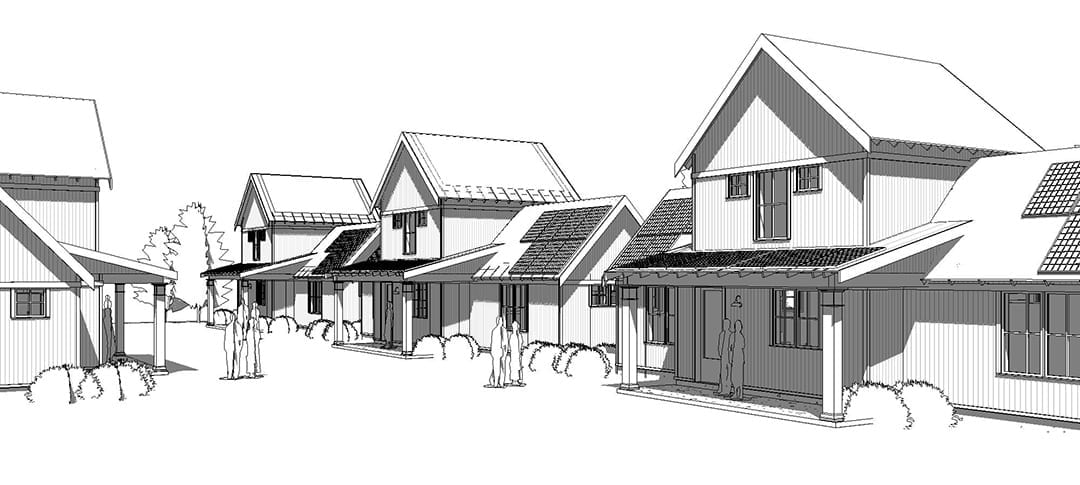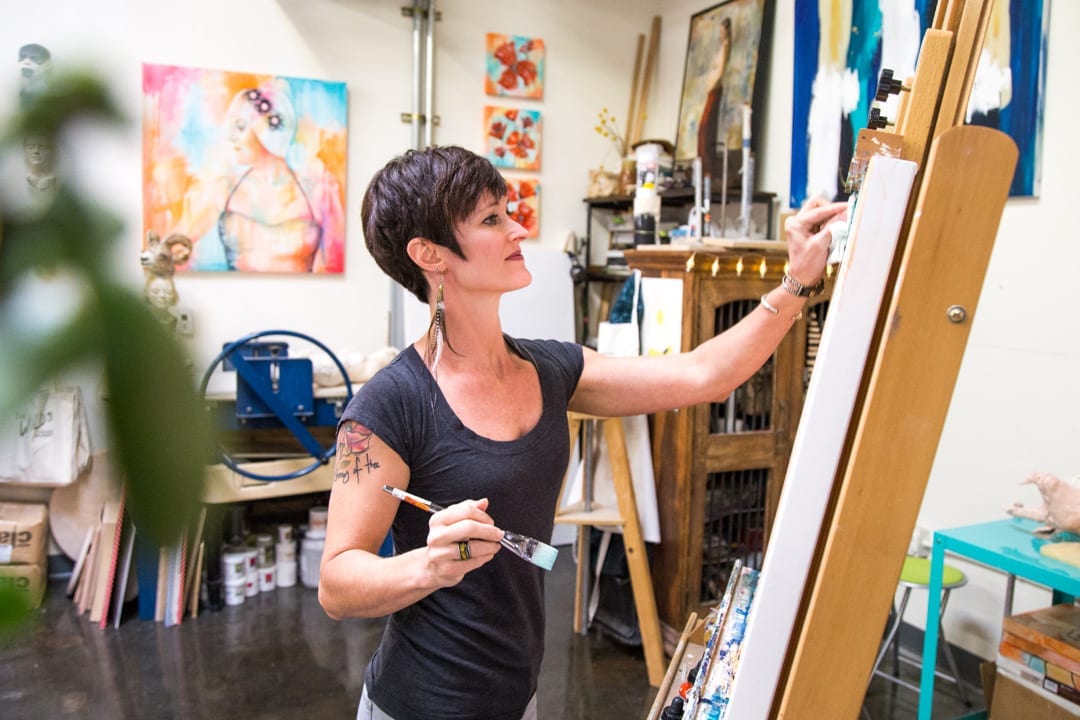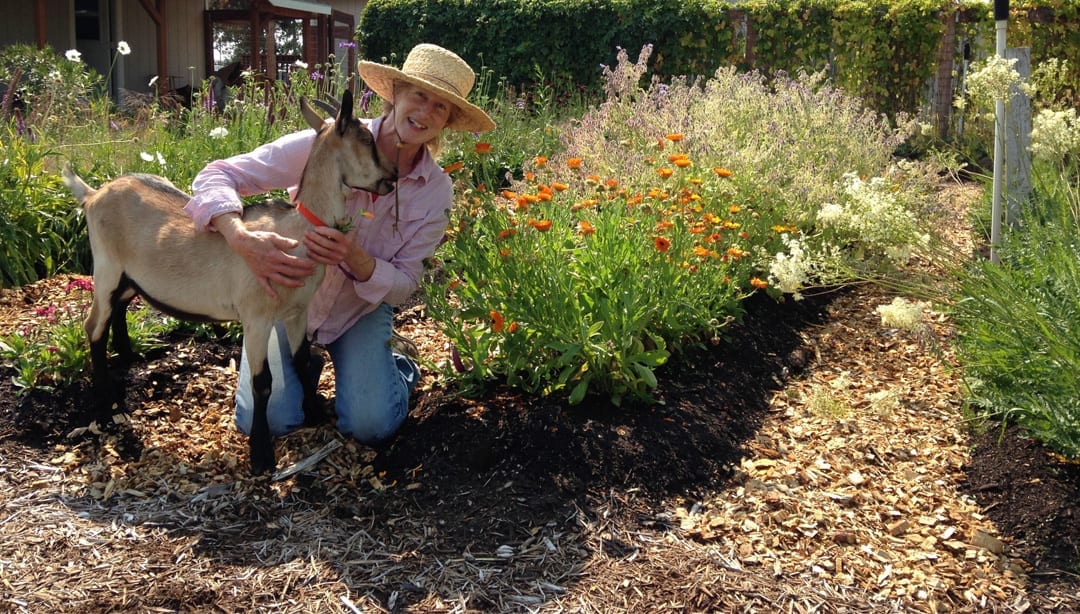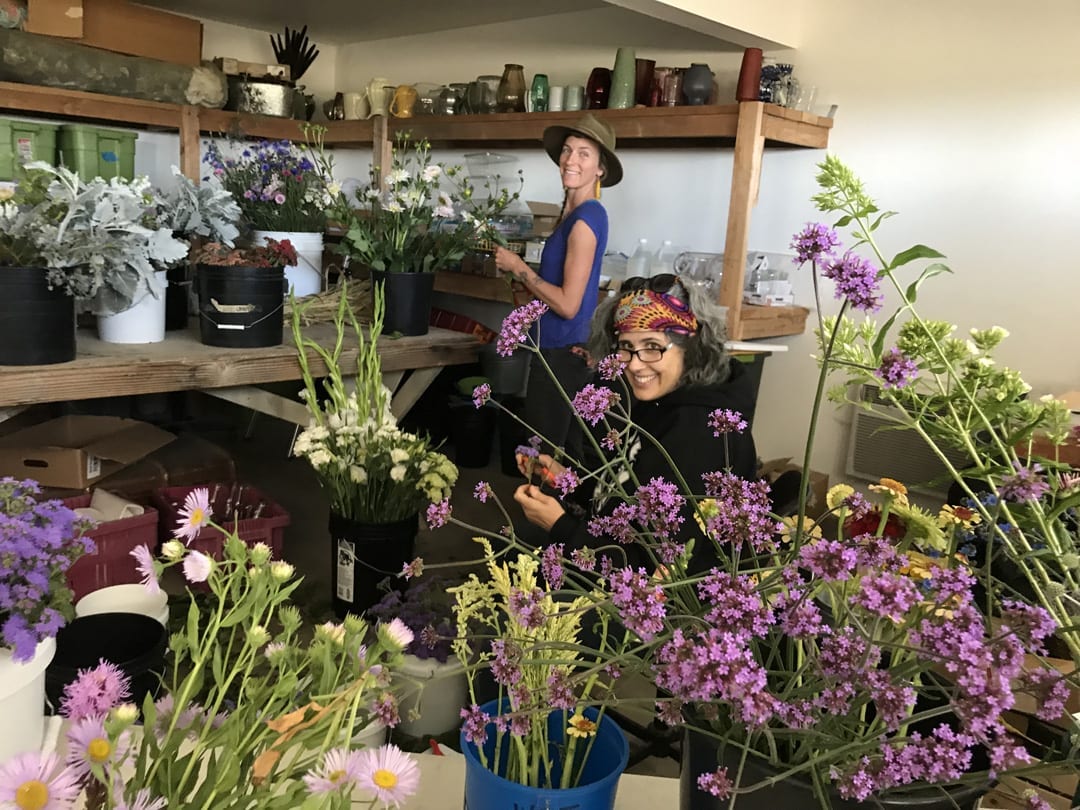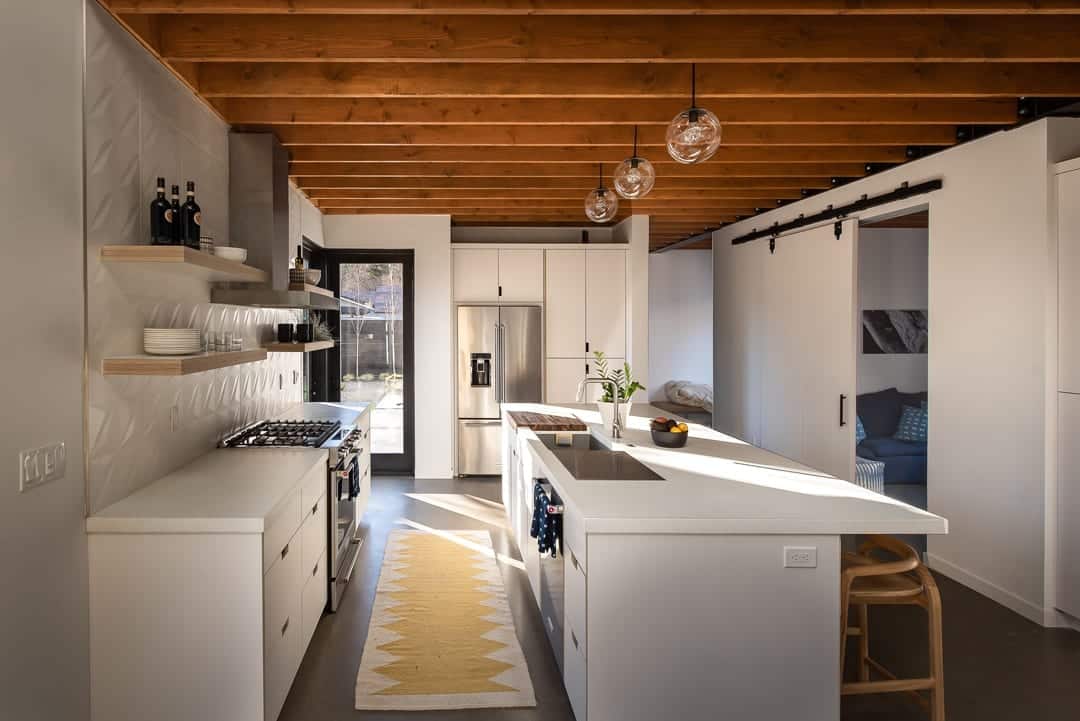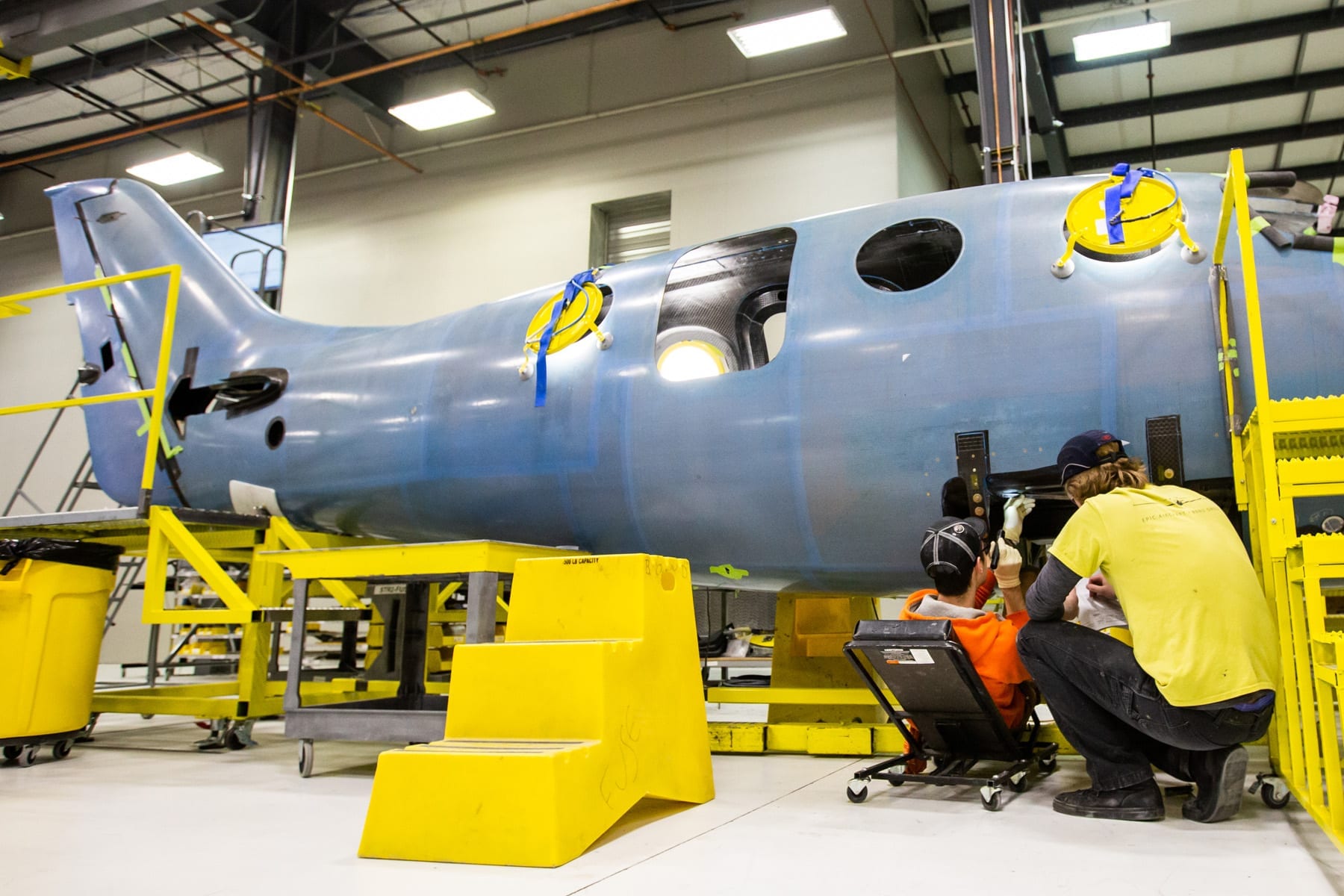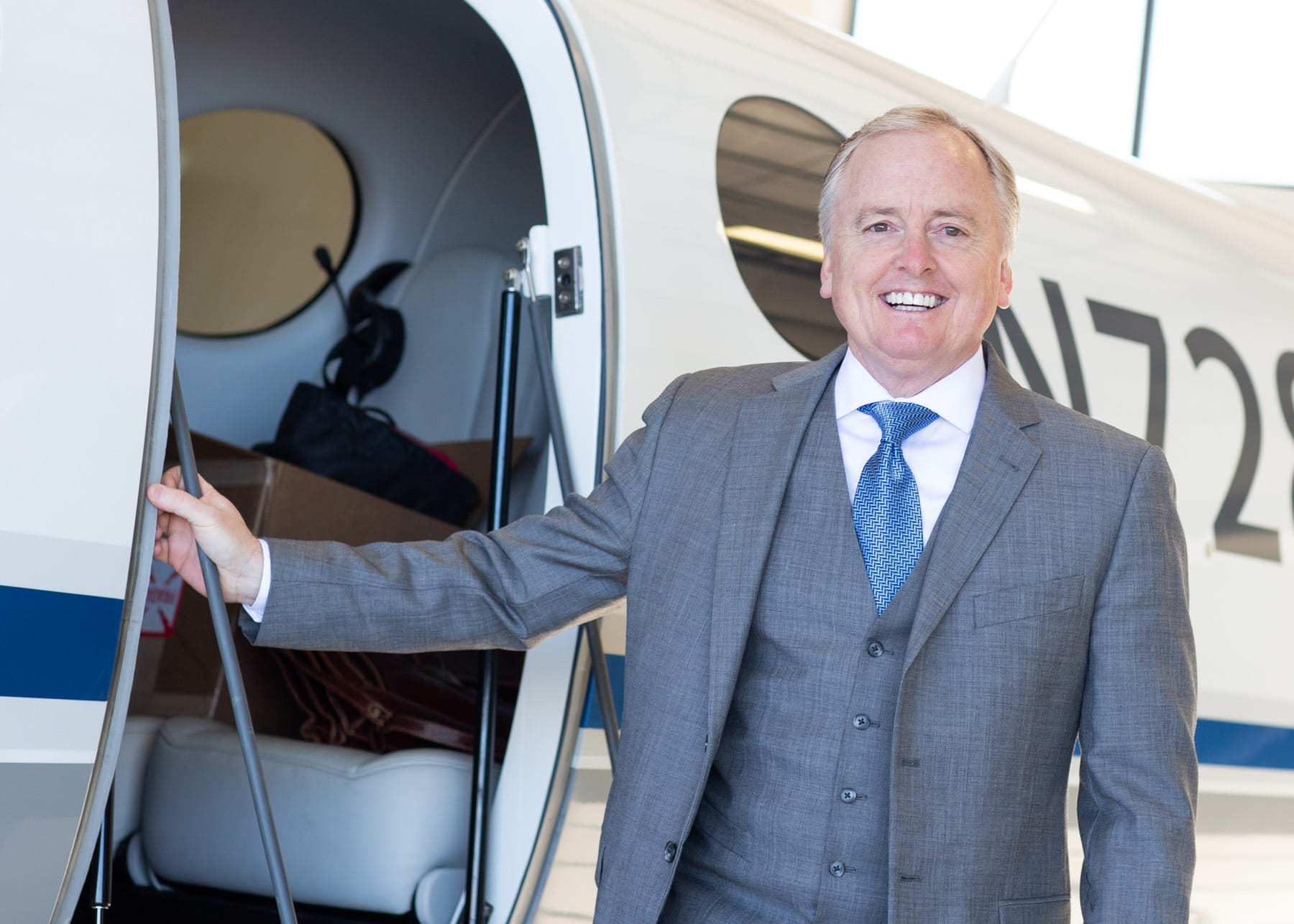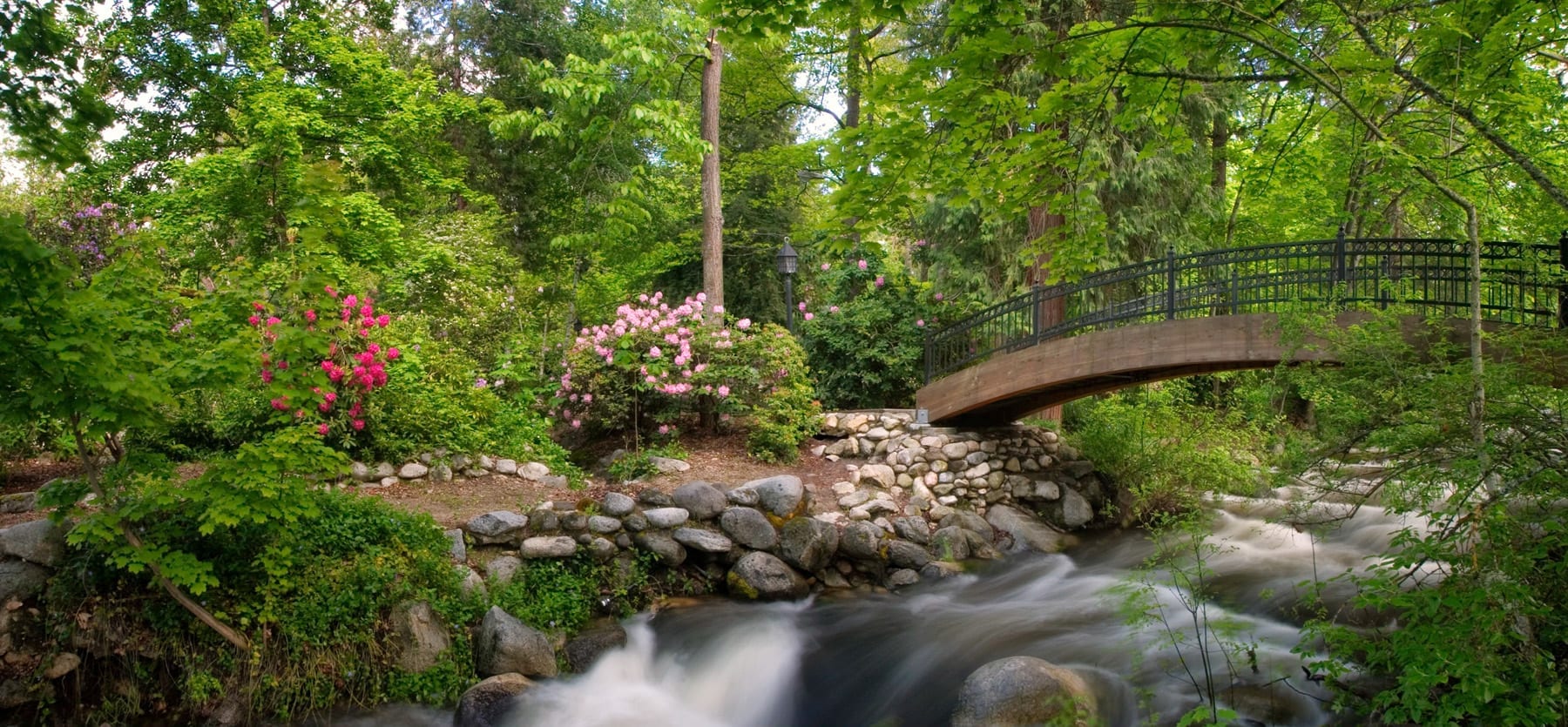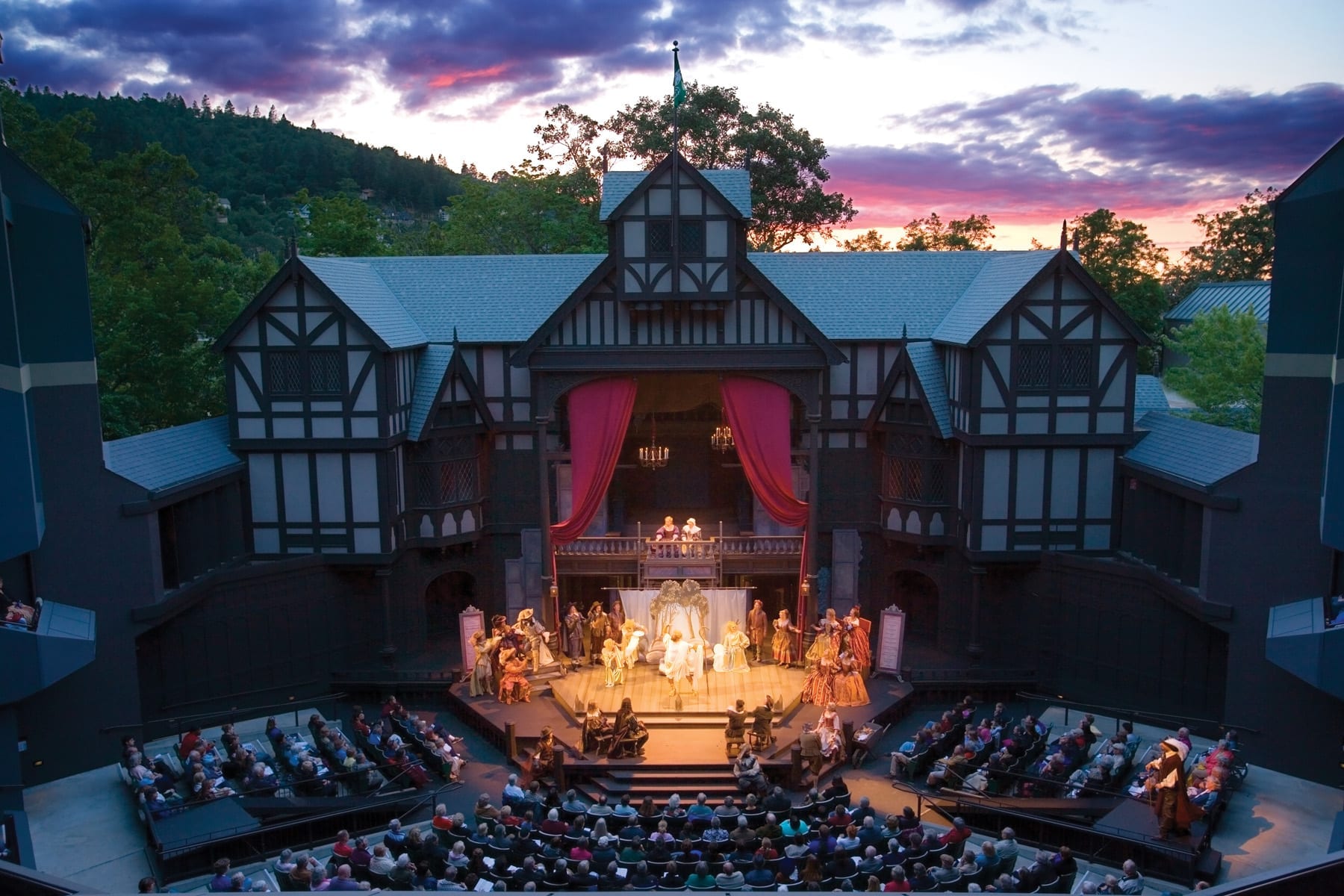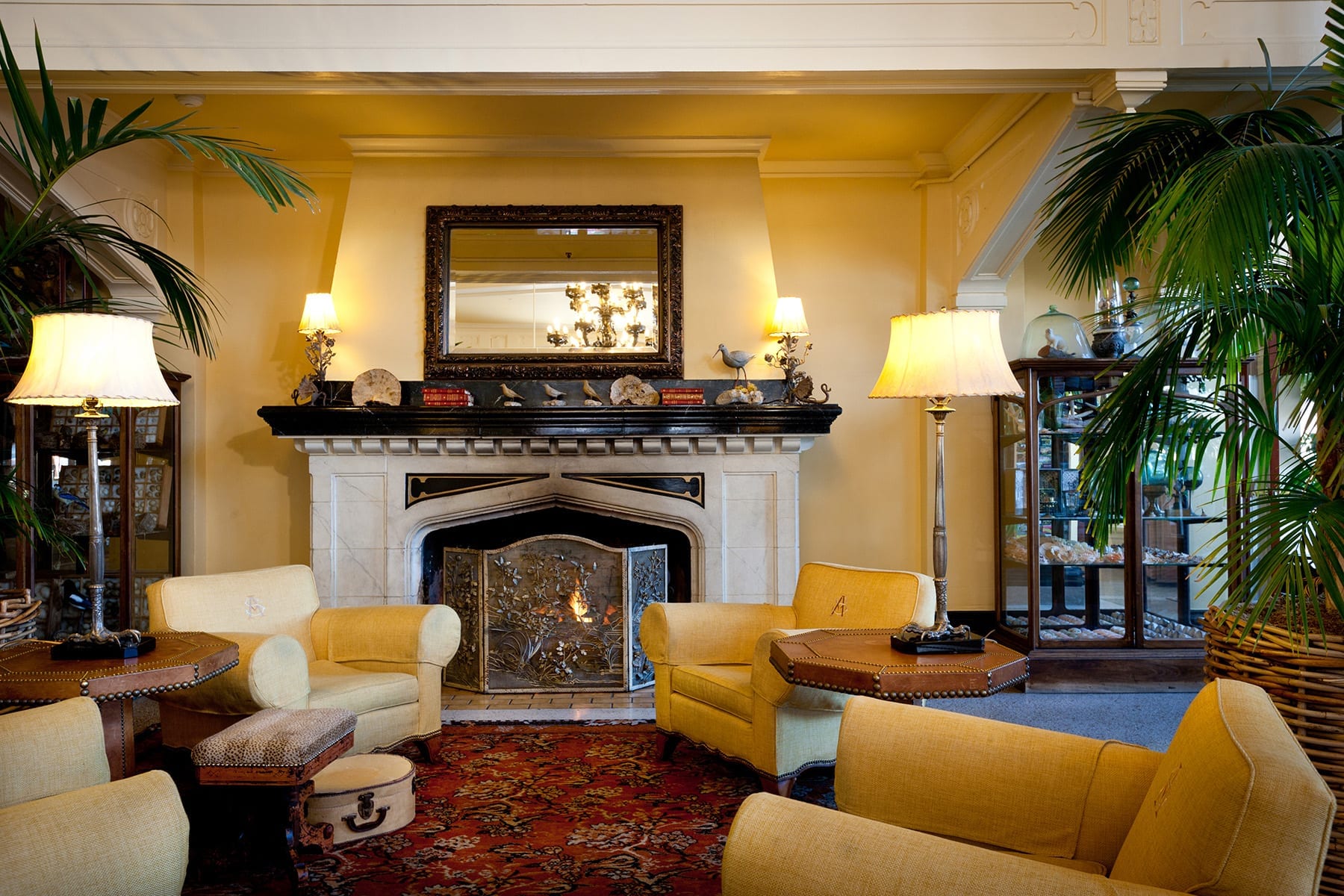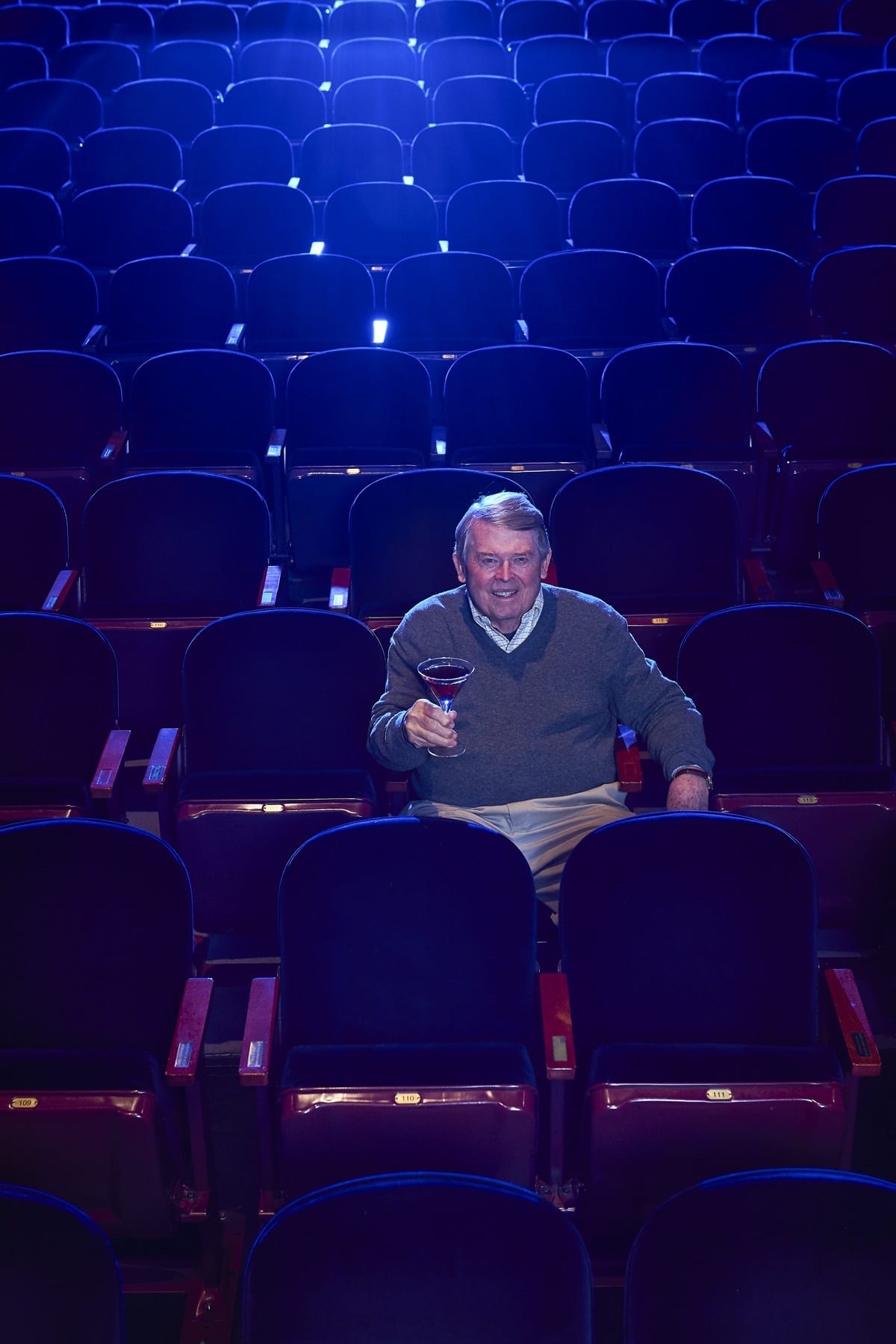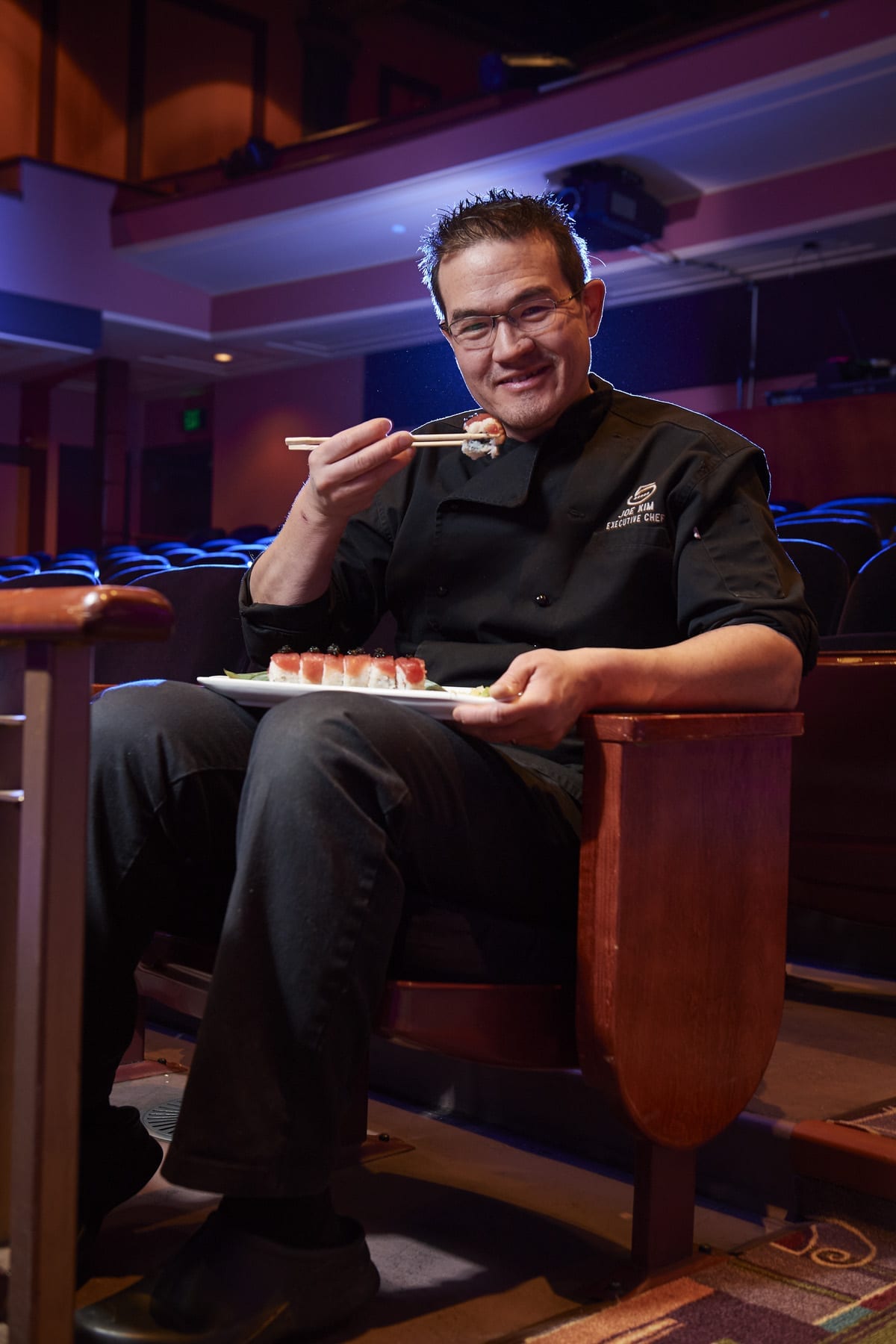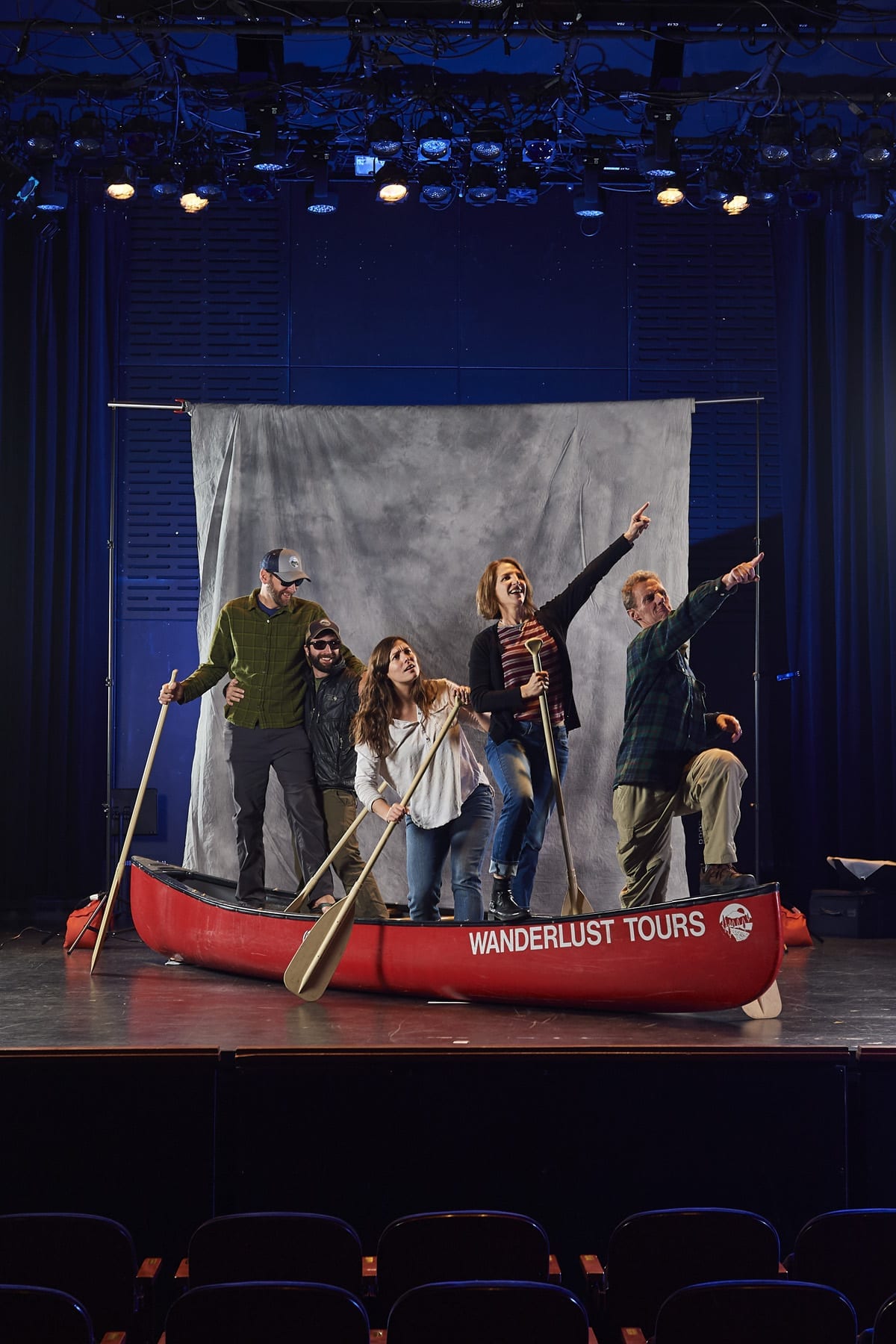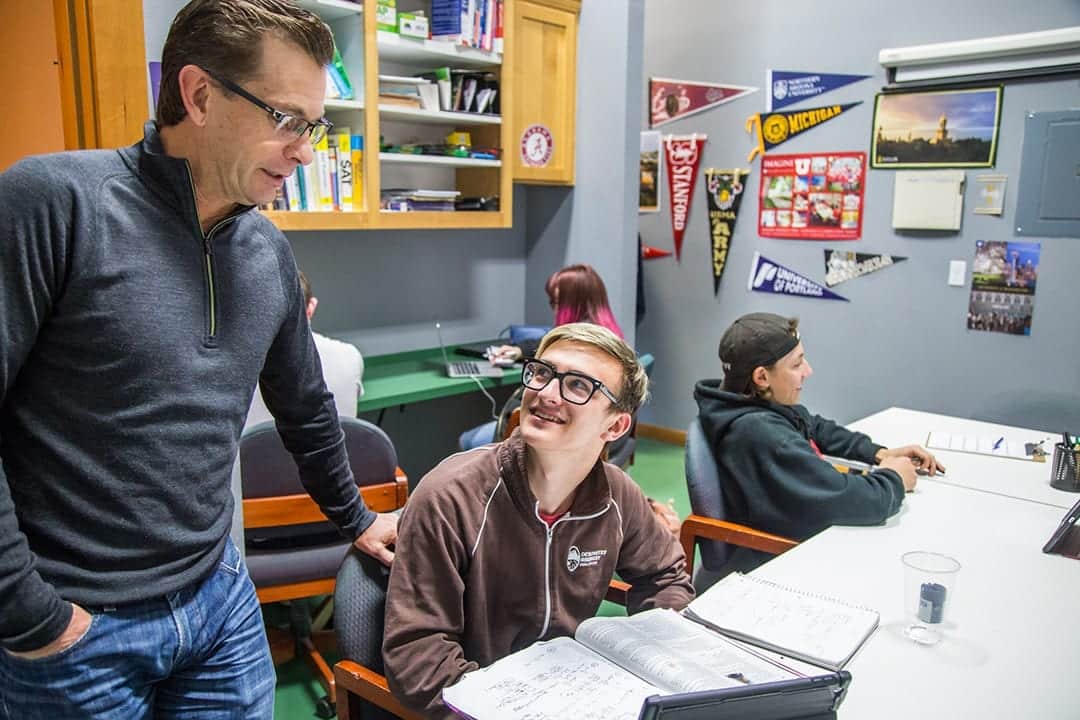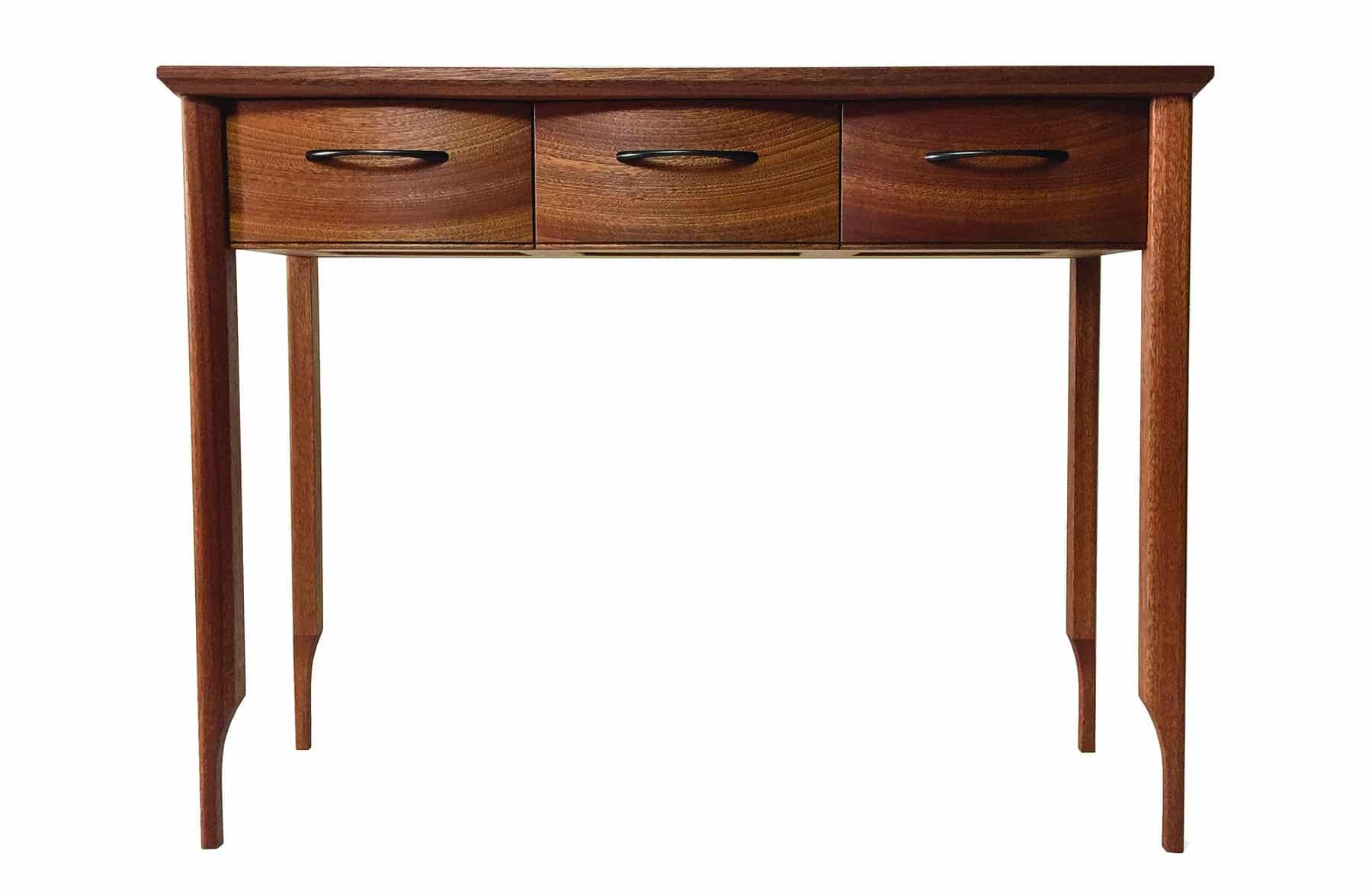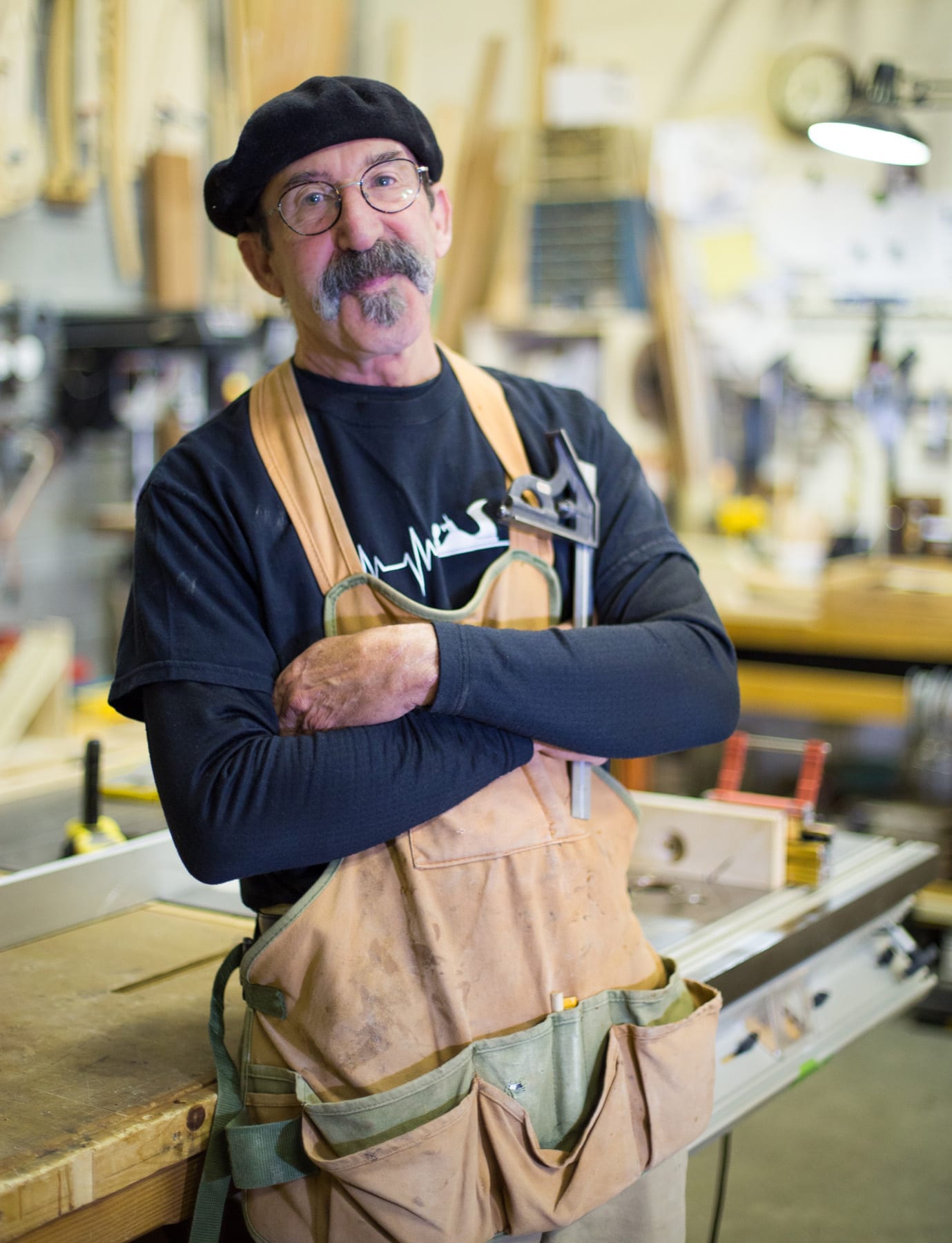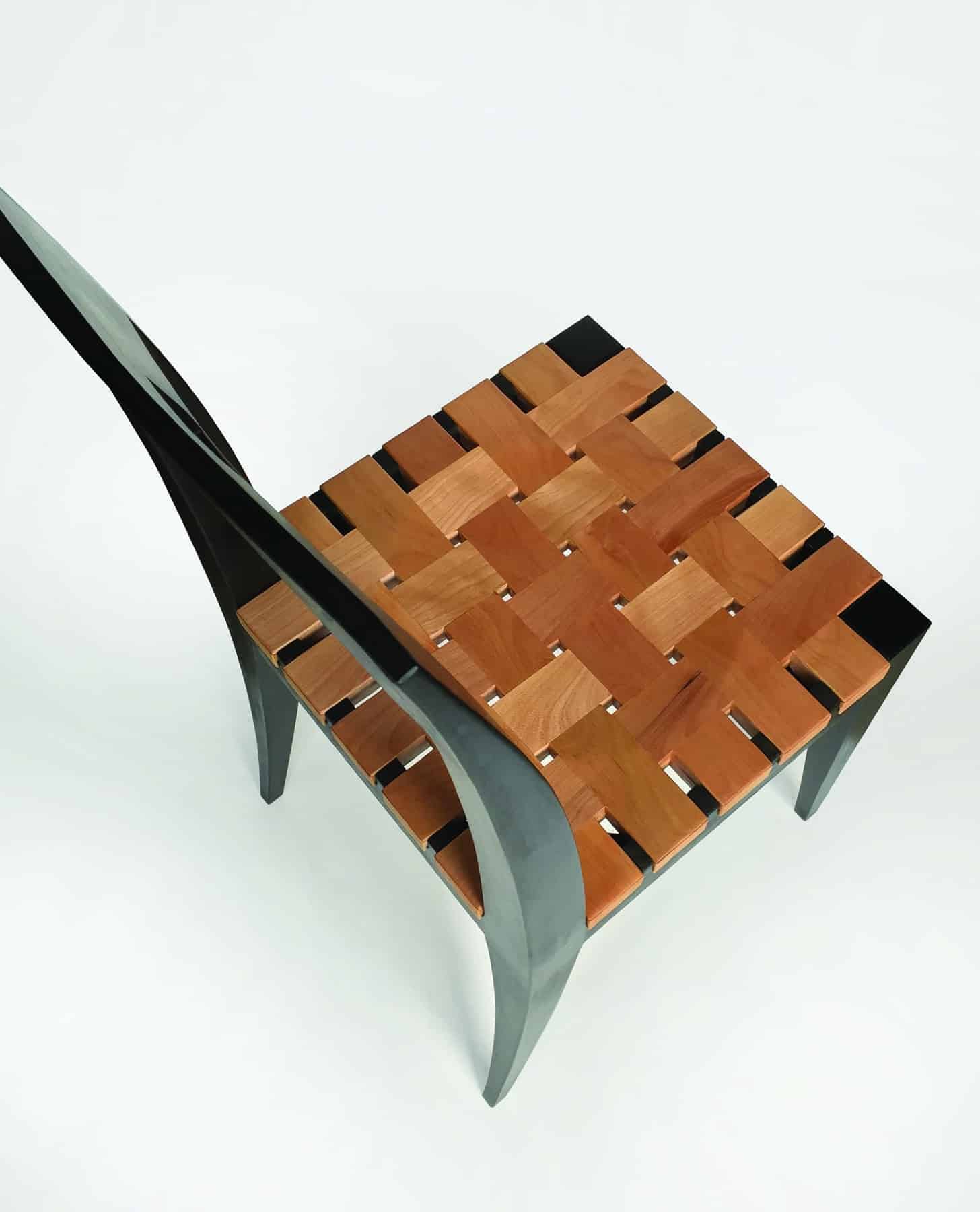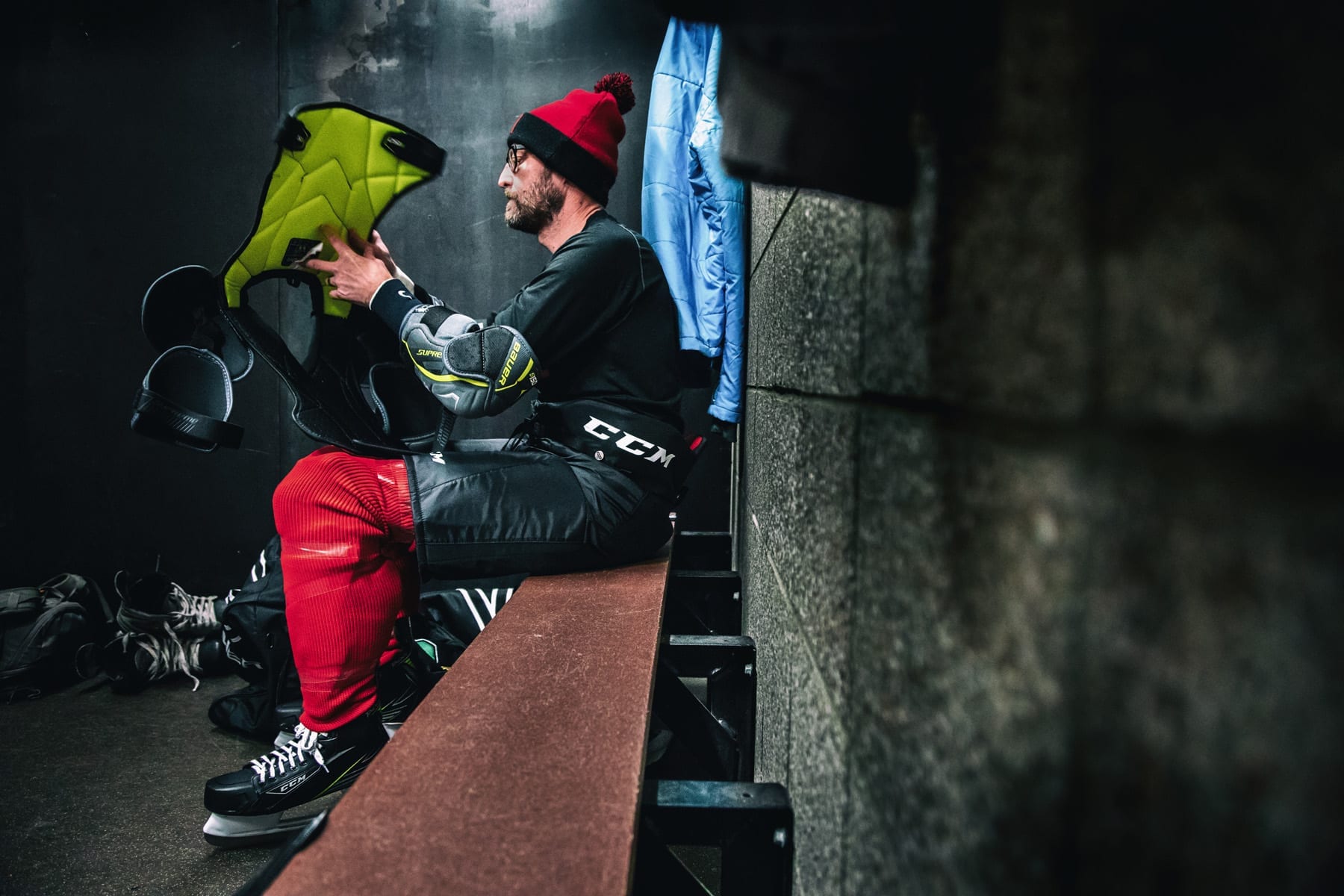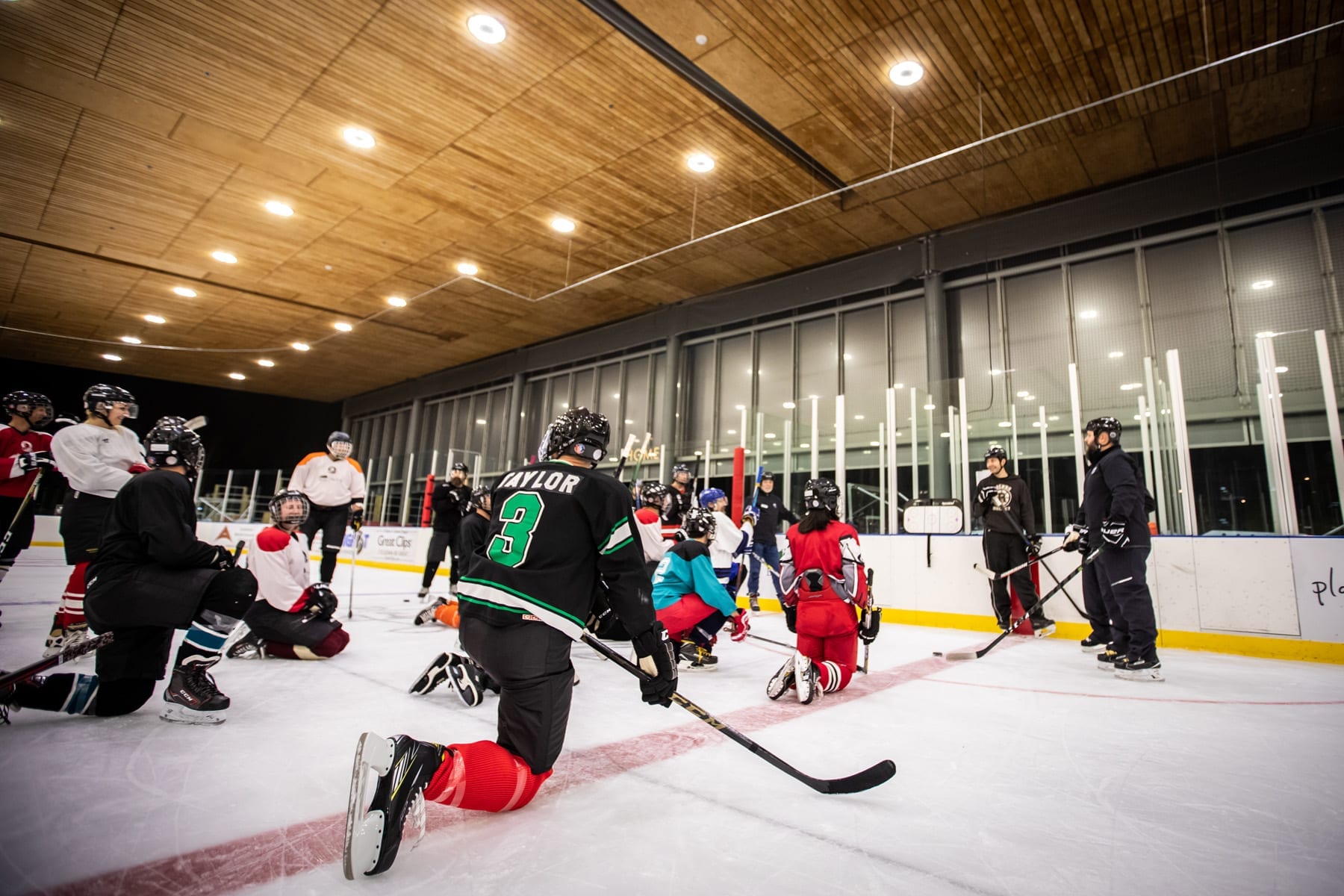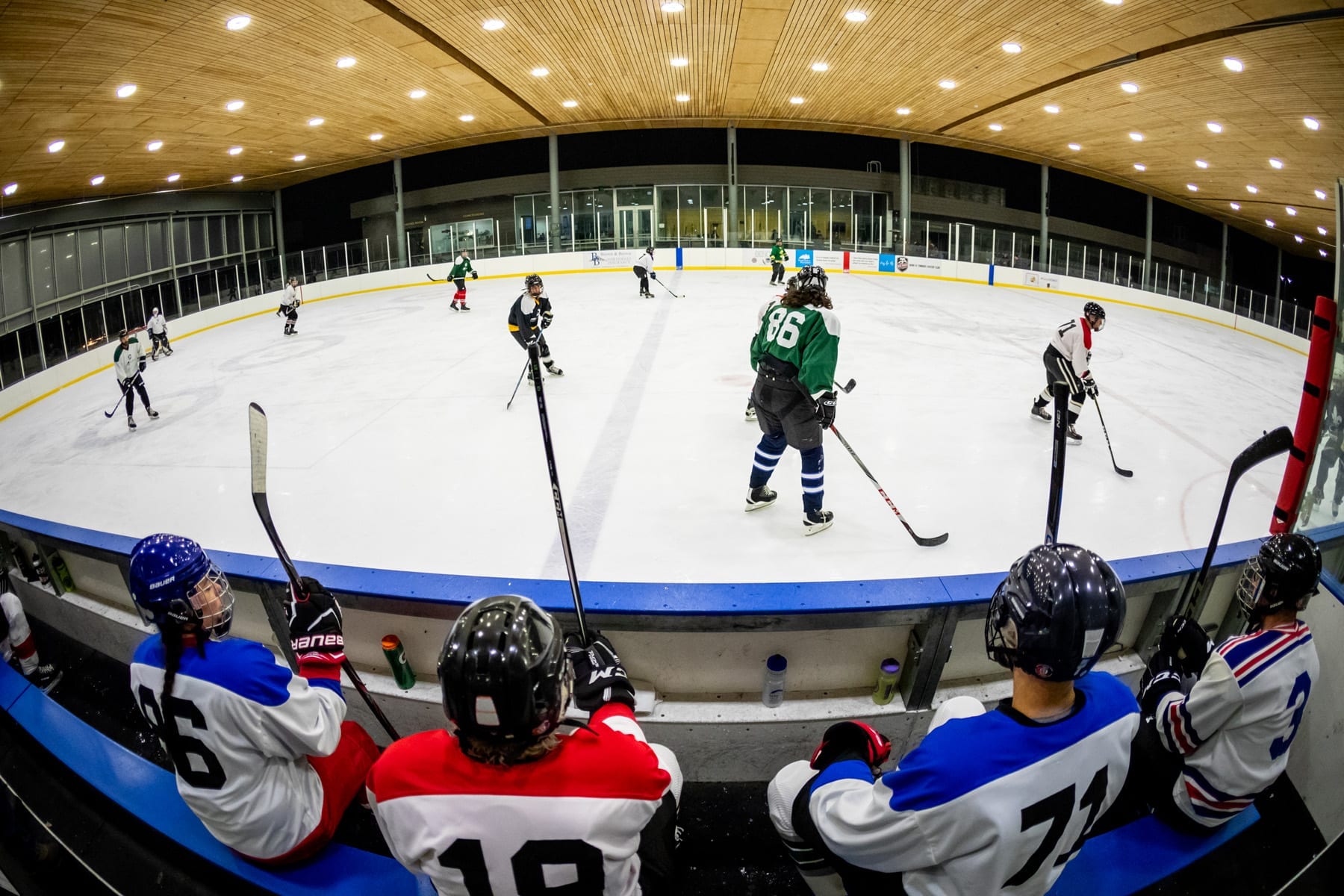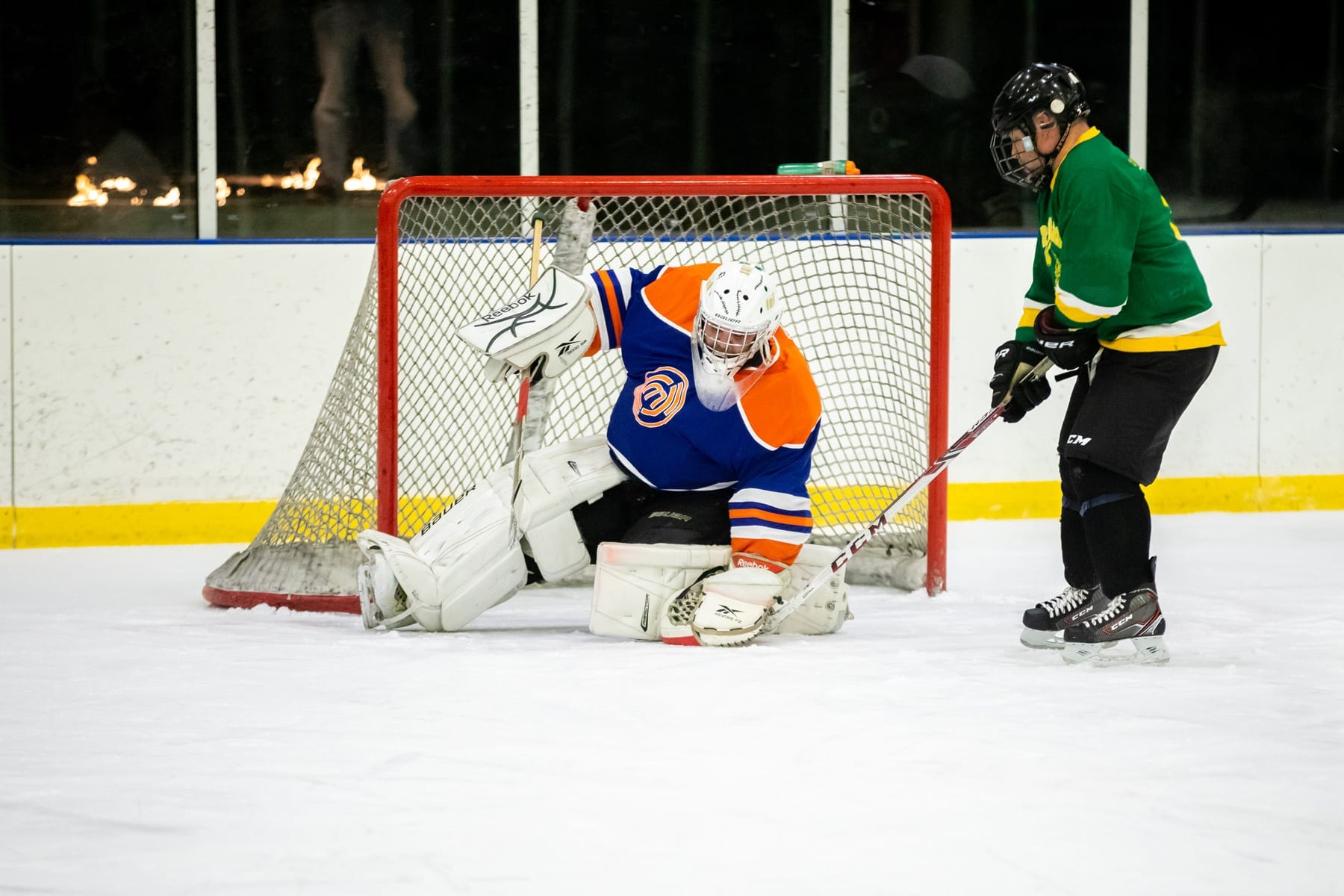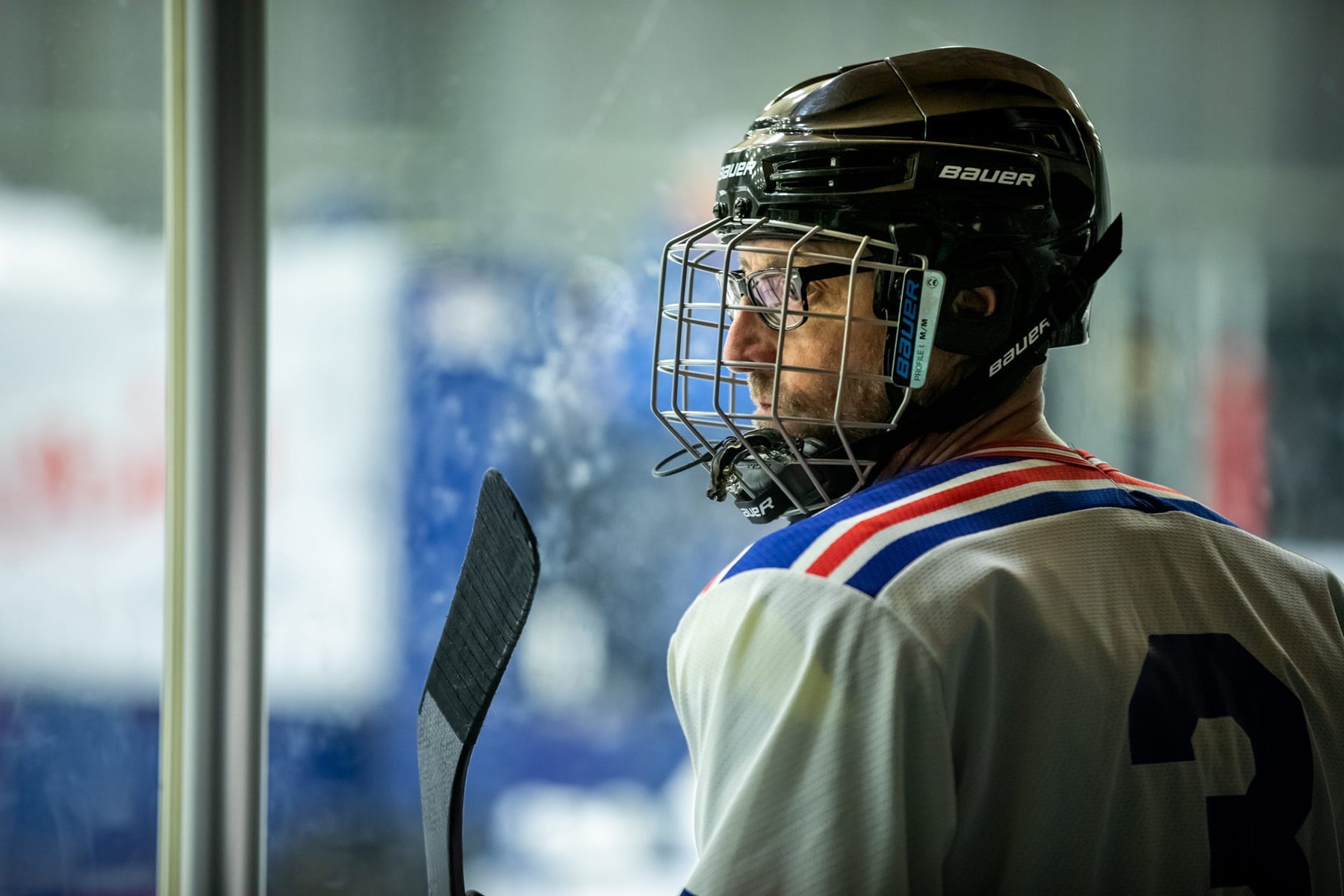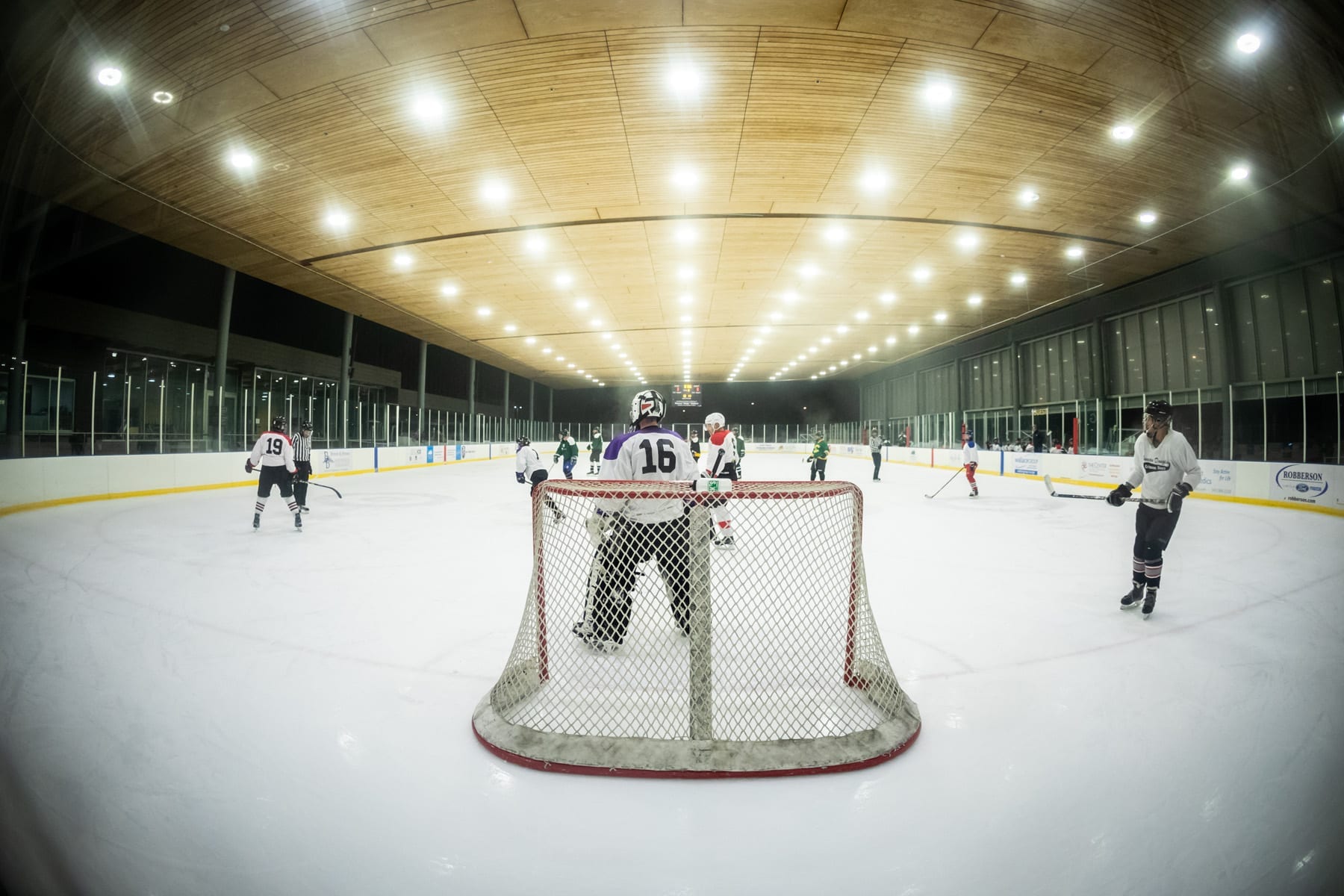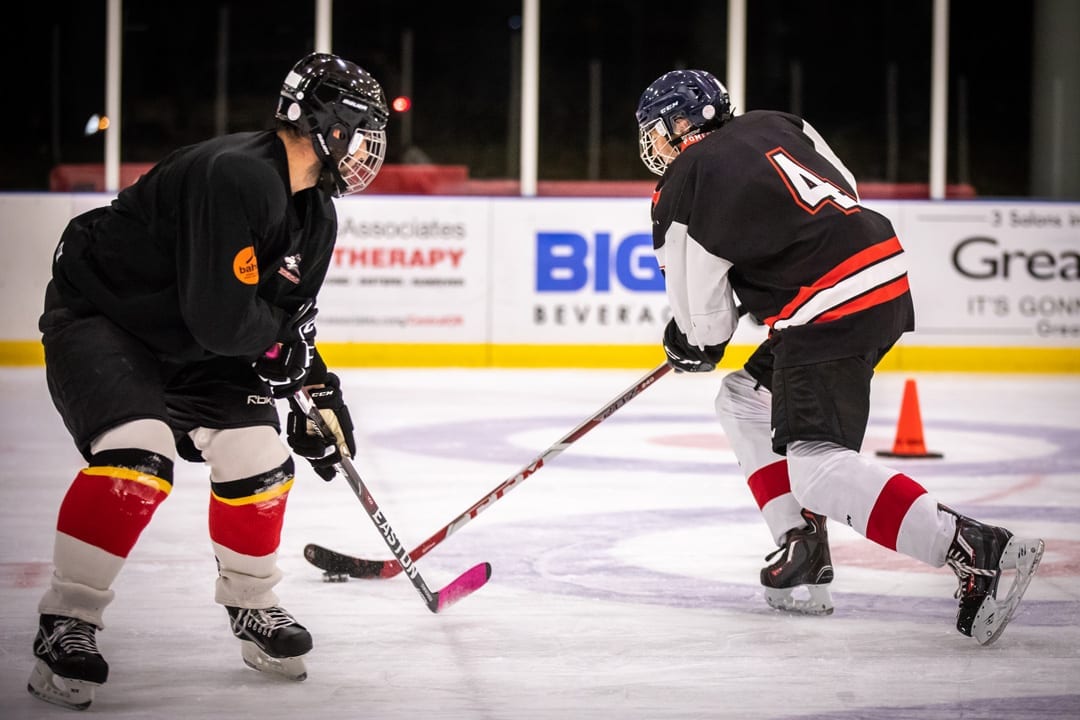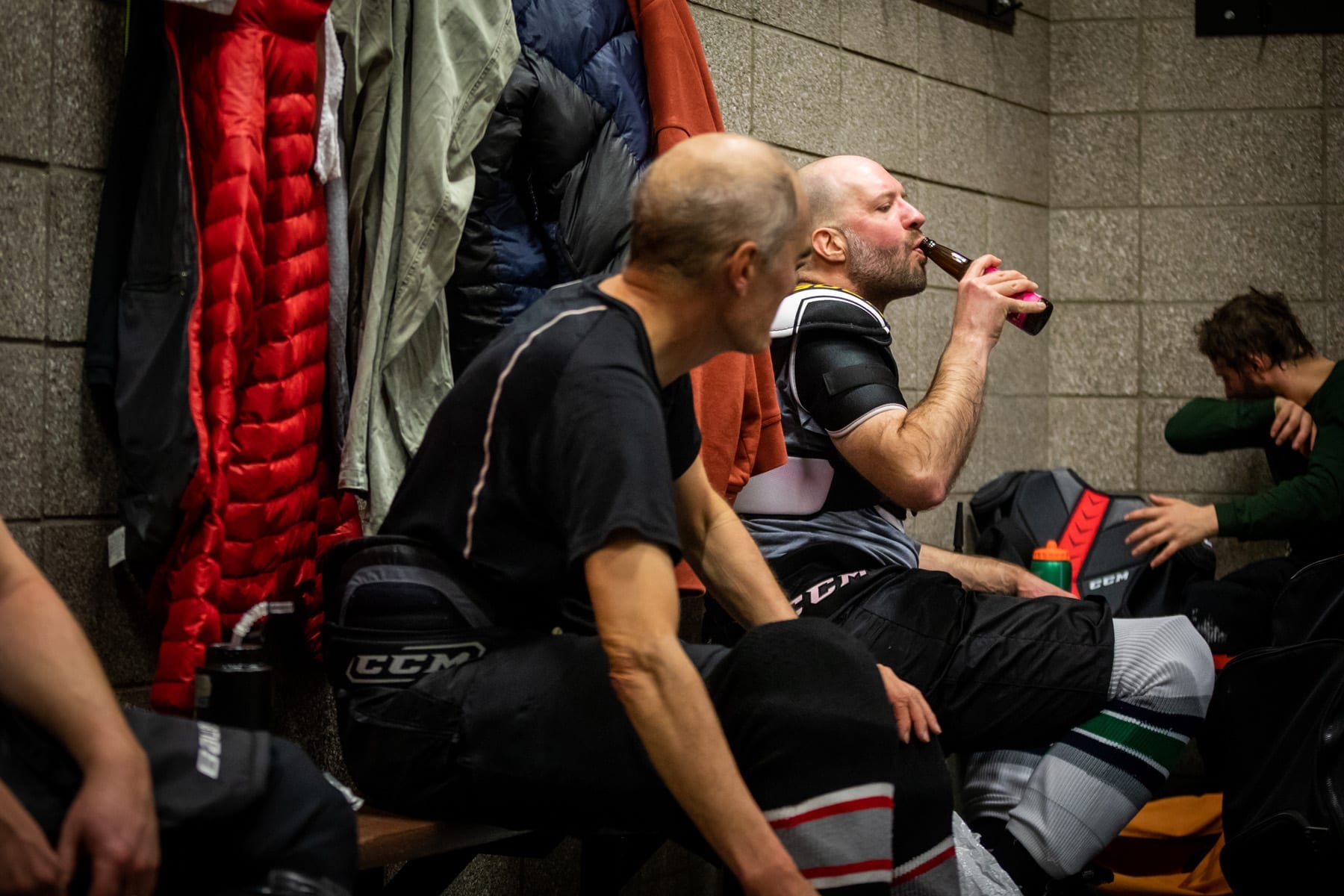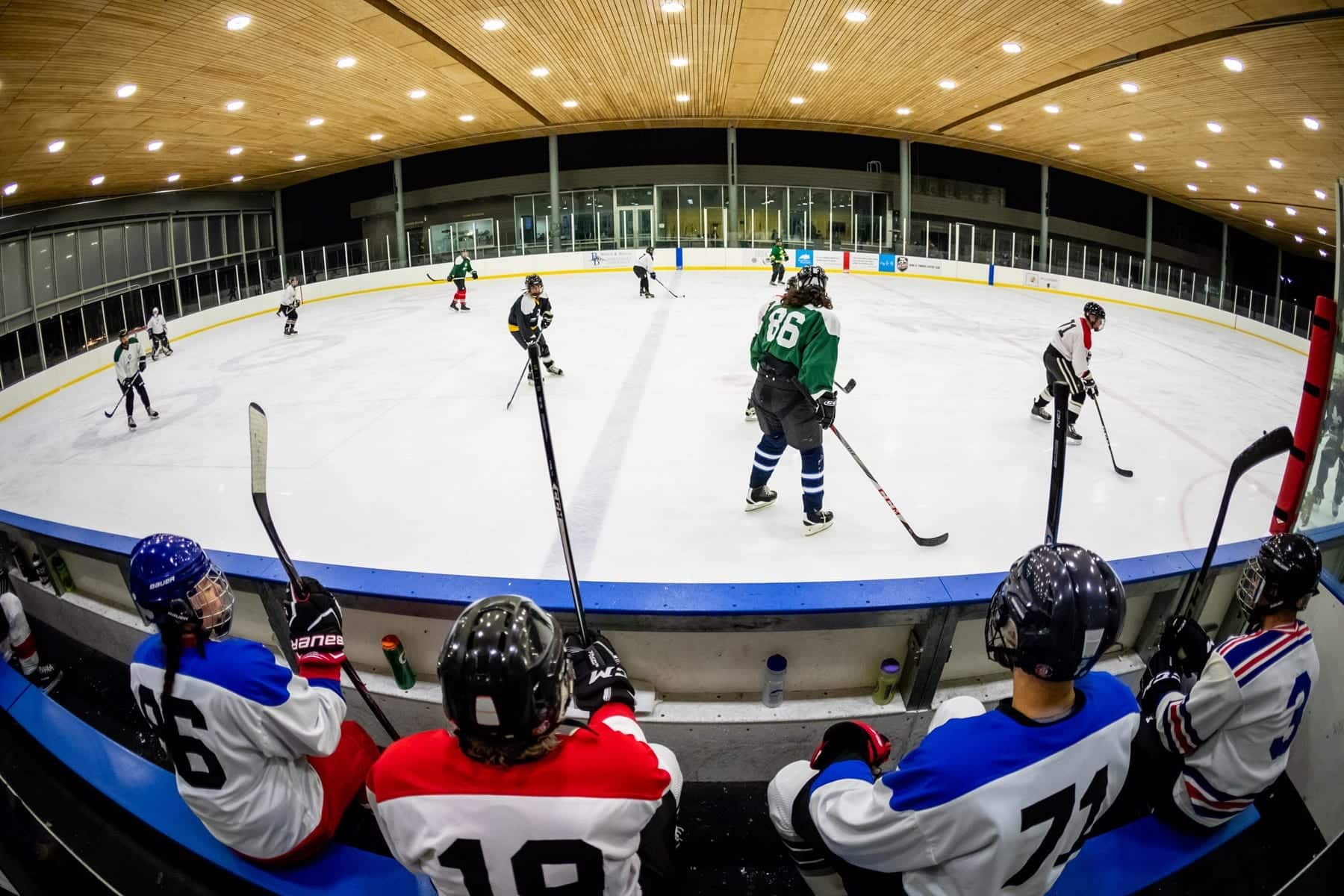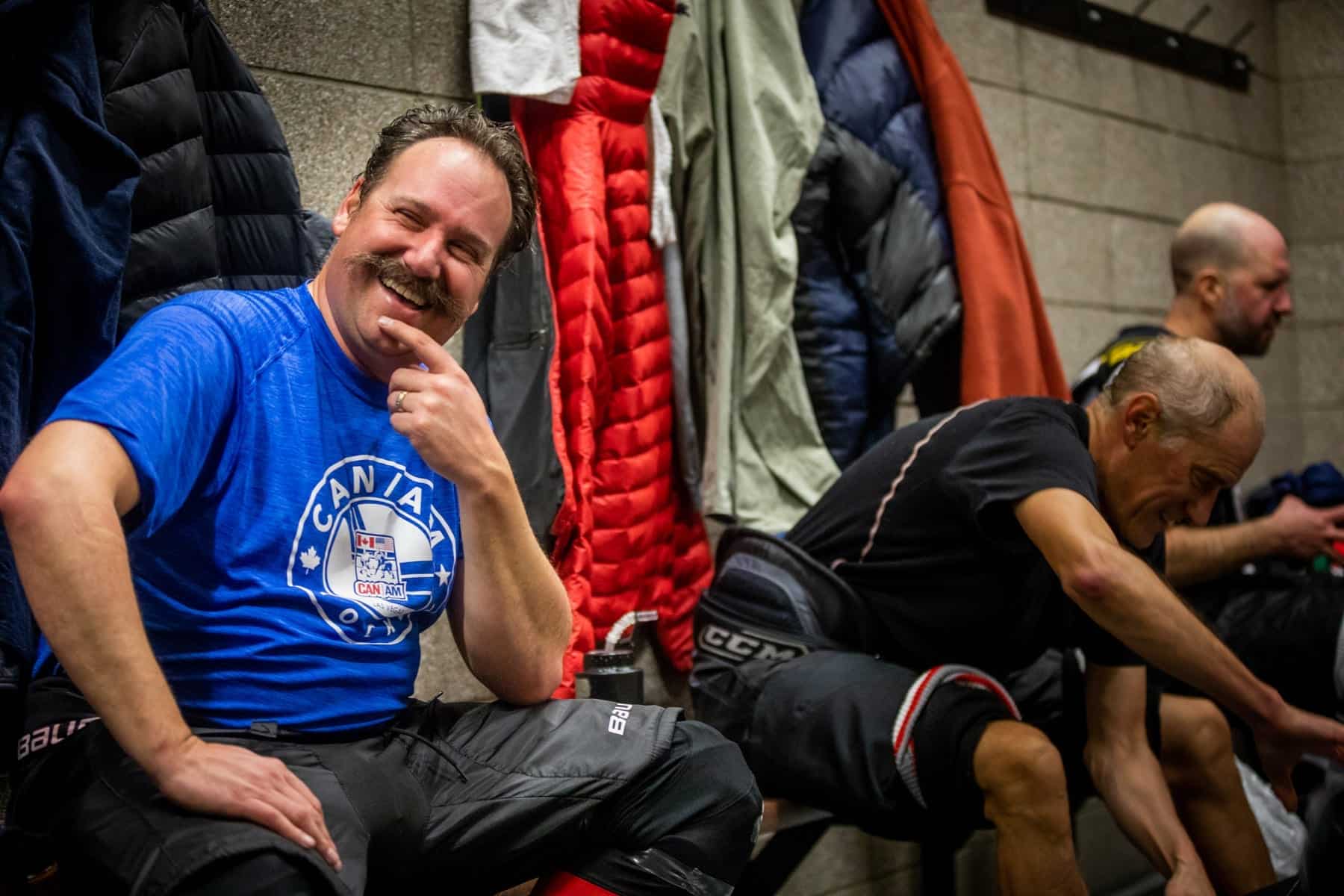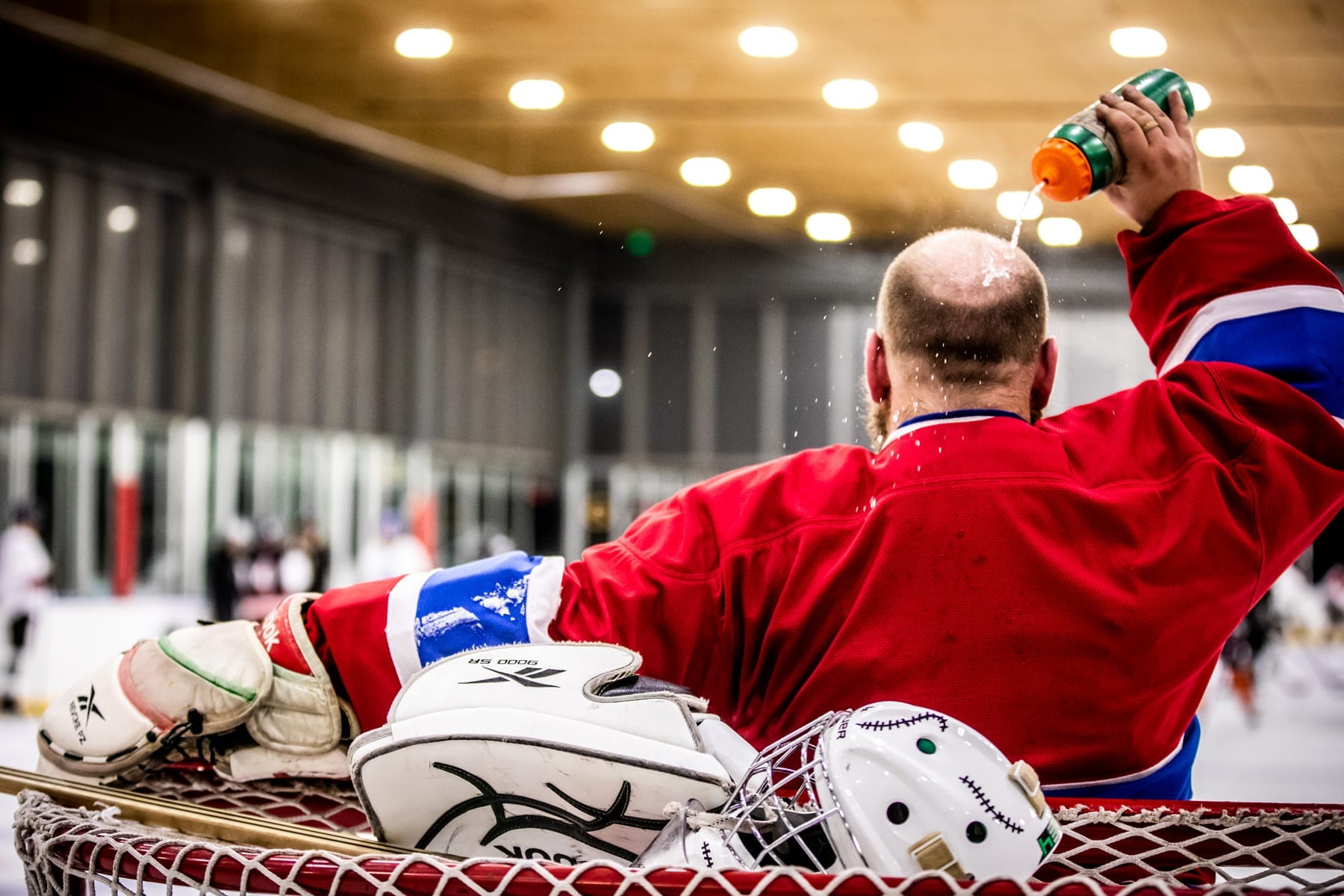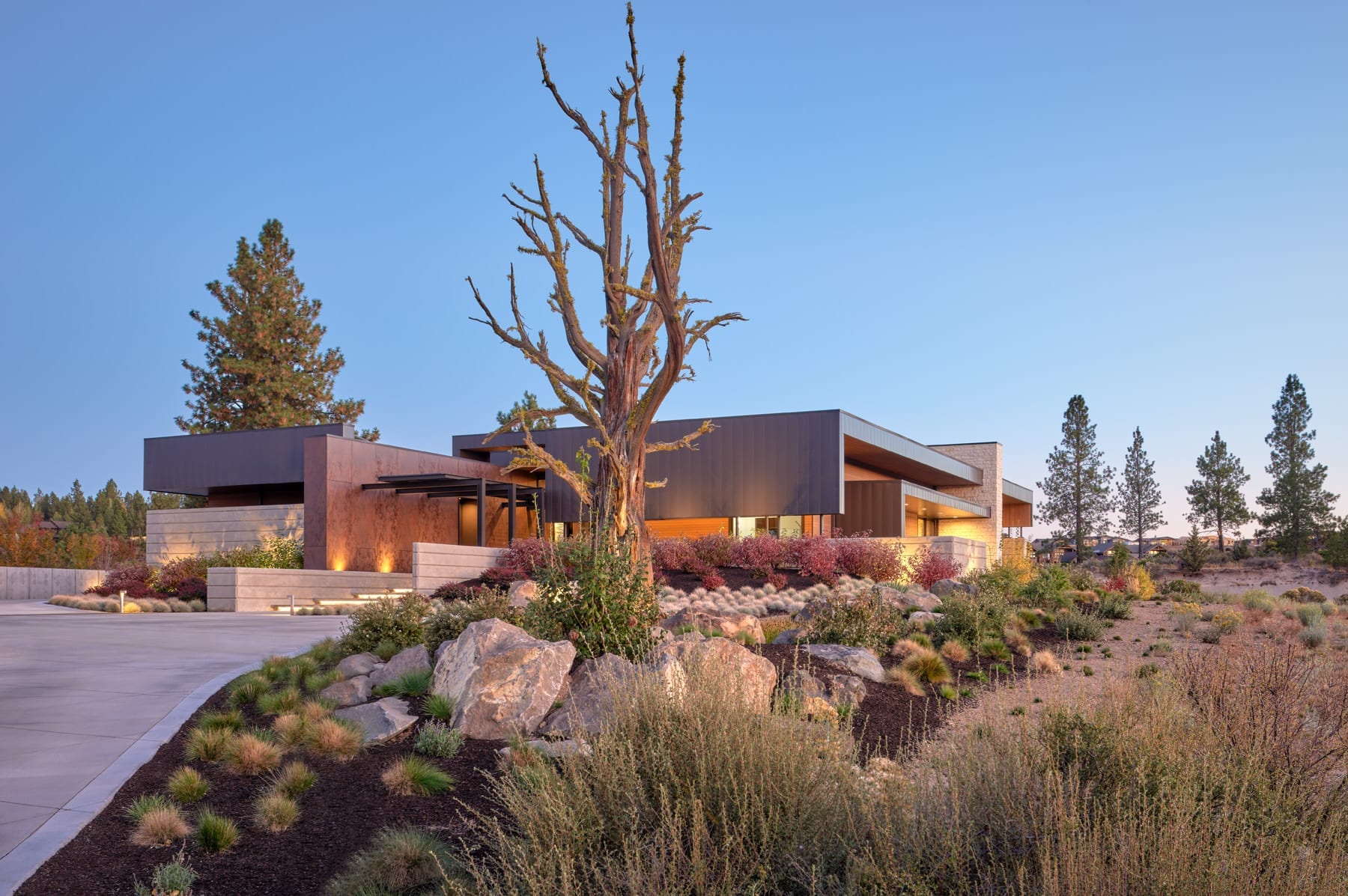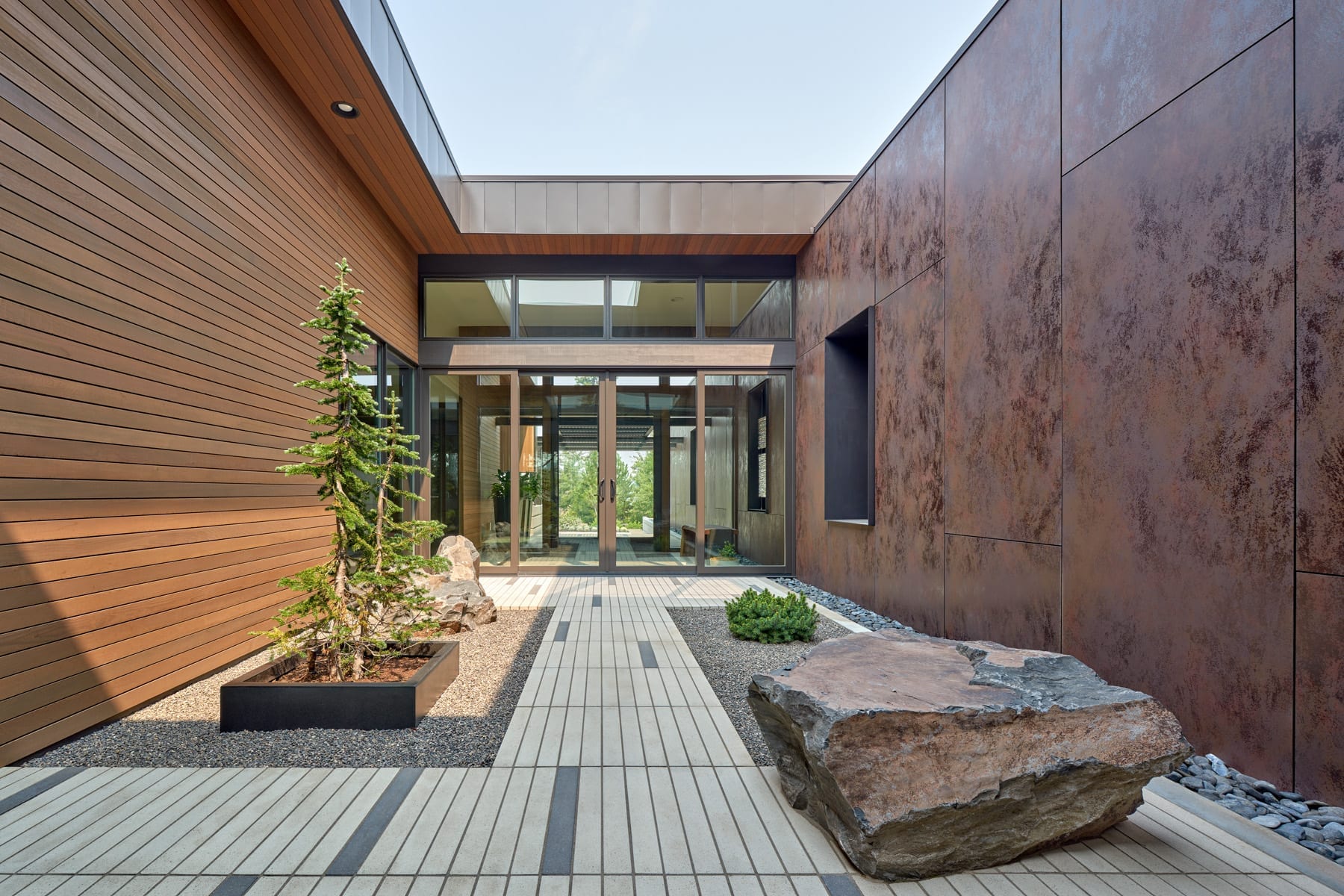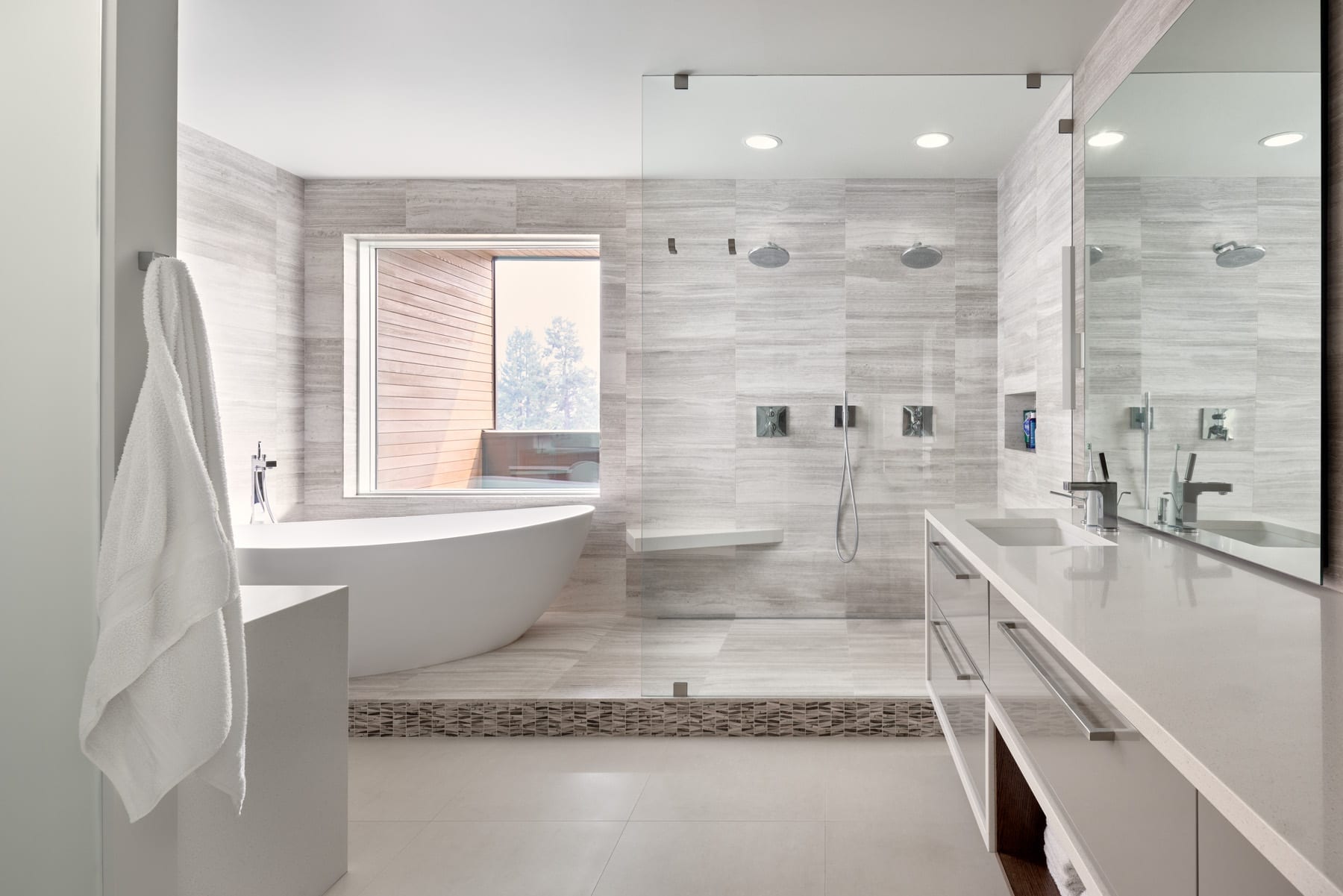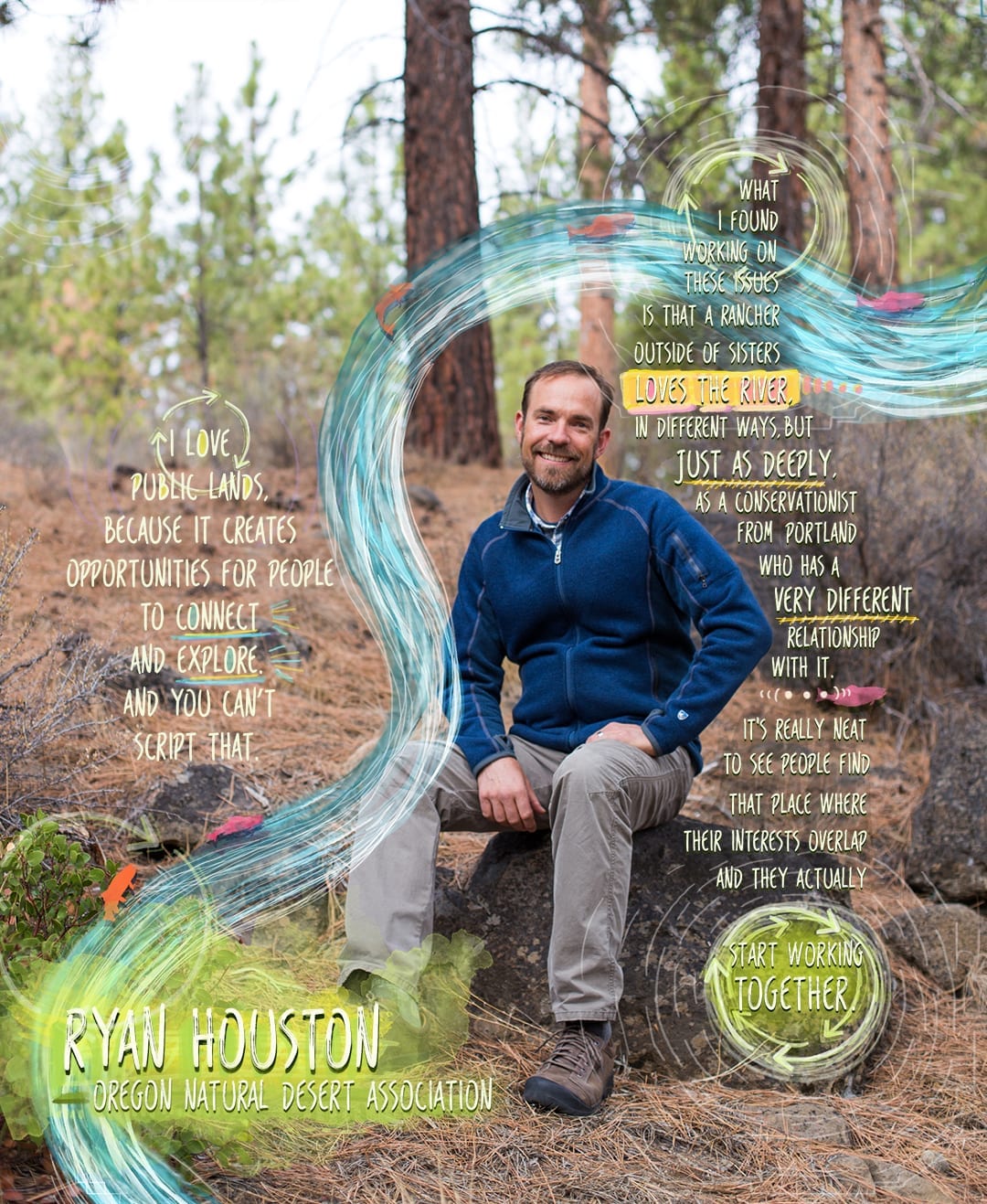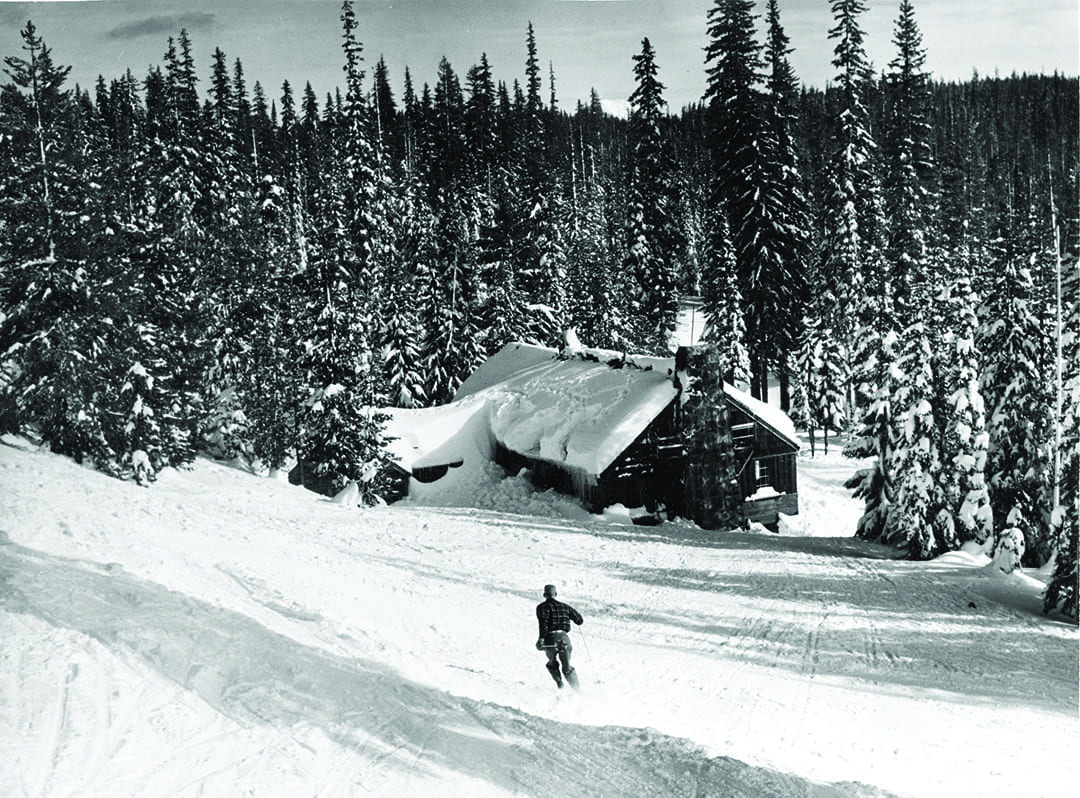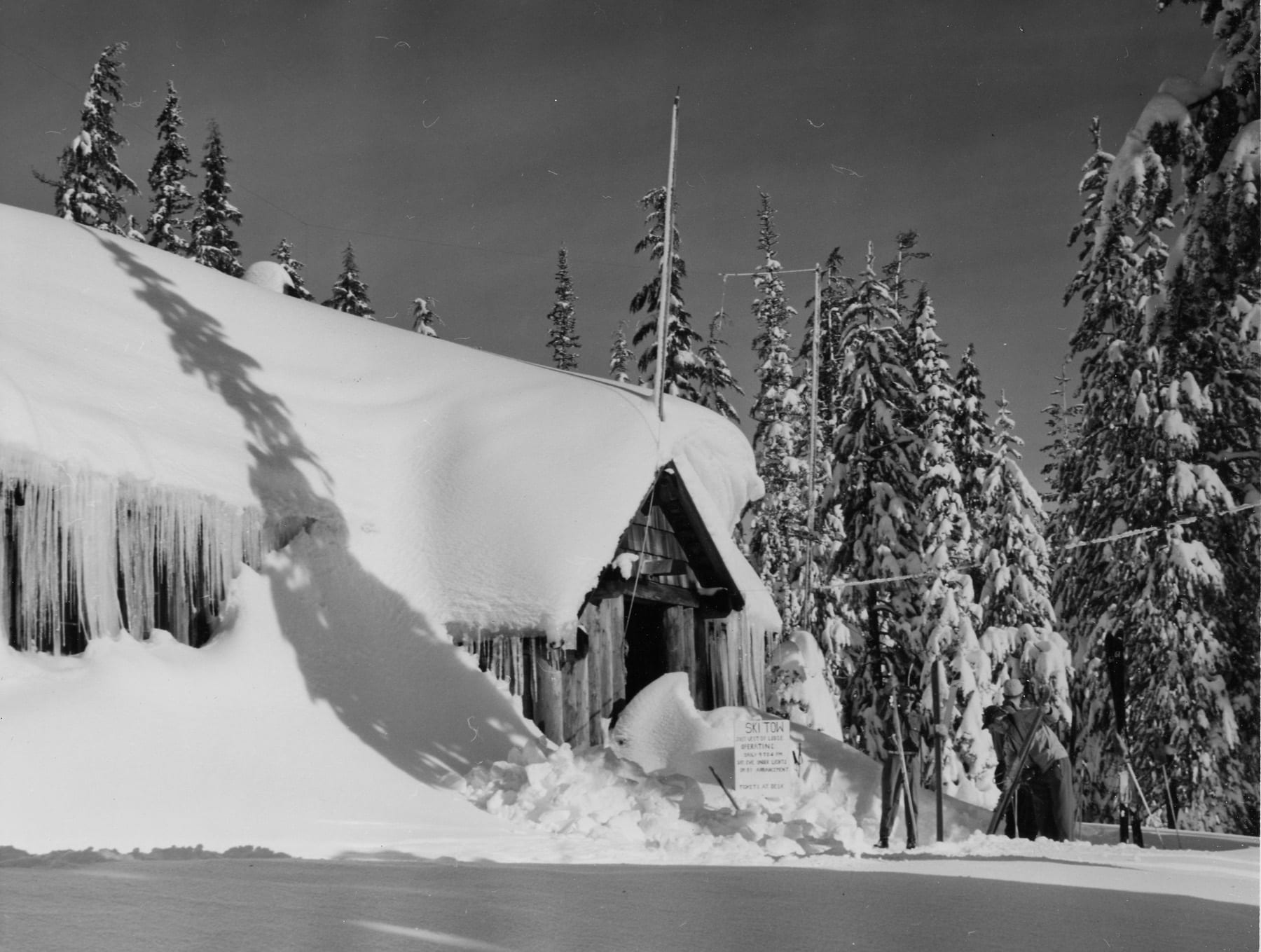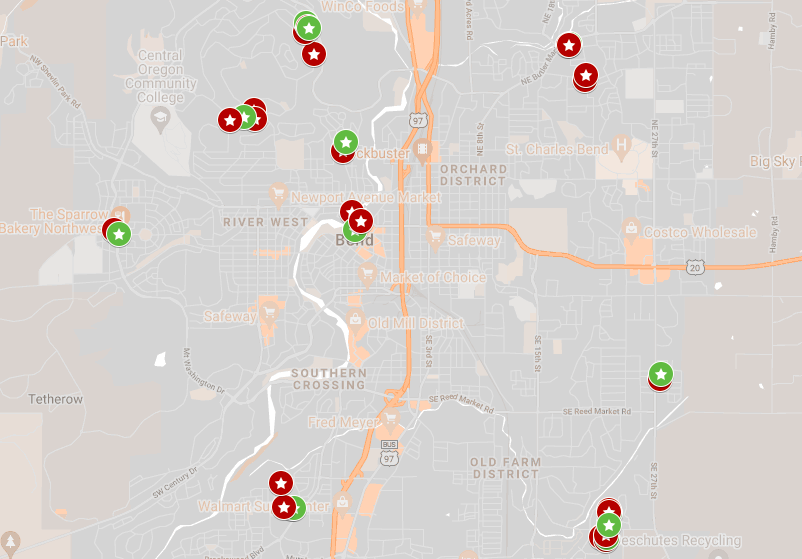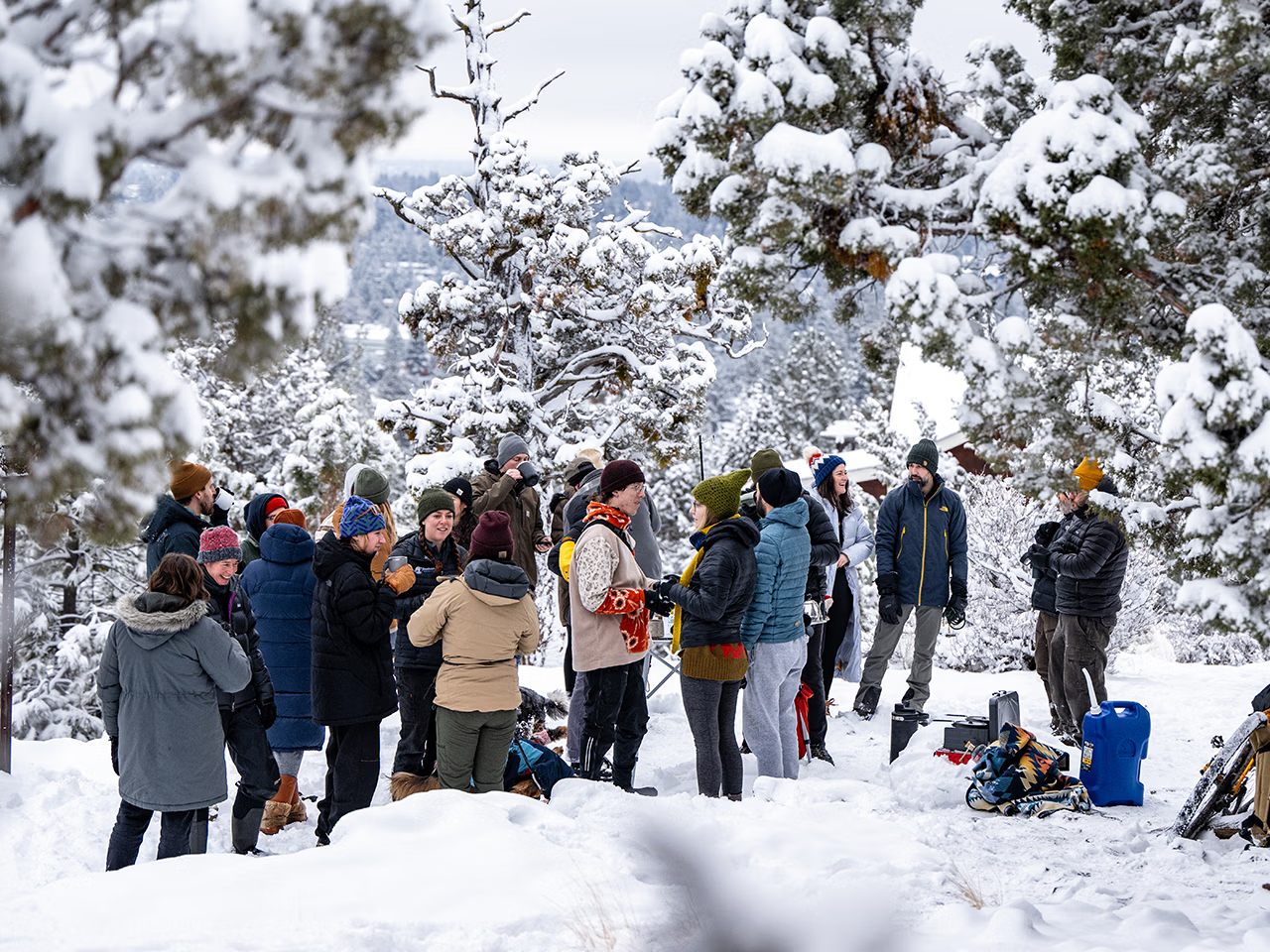Welcome to the inaugural Bend Magazine Readers’ choice Awards. In the fall, our readers weighed in on the best in dining, drinks, entertainment and more in Central Oregon. And the winners are…
If participation is any measure of your interest, it was off the charts. In total almost 25,000 votes were cast across all categories. The process took several months for us to complete, beginning with a round of preliminary nominations back in October. Those initial votes determined our finalists, though we kept all categories open for write-in nominations. A final round of voting was held in November. Despite the volume of participation, some of the votes were achingly close—a testament to the wealth of great options available around the region when it comes to entertainment. Thanks to all of you who participated in the balloting. We had a great time watching the results pour in. We know you’ll recognize many of these names, but hopefully you’ll find a few new ideas as well. Congratulations to all our winners, you are the toast of the town. Might we suggest you raise a glass of champagne to the good work you do and to our readers who recognized the effort.
Best Happy Hour
Pine Tavern
The Pine Tavern isn’t so much a restaurant as an institution in Bend. Complete with signature ponderosa pines that jut through the center of the dining room, the Pine Tavern has been part of the fabric of Bend’s dining and downtown for nearly a century. It has welcomed loggers, mill owners, debutants and dignitaries. It also happens to be a great watering hole. The restaurant’s cozy lounge offers, a welcoming spot to belly up the oak bar. It’s the reason that Bend Magazine readers selected Pine Tavern as their top happy hour spot in Central Oregon—well that and the incredible value on food and drinks. Small bites and shareable snacks start at $4.25 and go up to $5.95. There are also specials on well drinks and drafts, including the popular Pine Tavern Sangria. Happy hours are weekdays 3 to 6 p.m., opening to 4:30 p.m. on Saturday and Sunday.
Best Pizza
Pizza Mondo
When it comes to Readers’ Choice Awards and pizza, it seems there is only one choice, Pizza Mondo. The downtown Bend pizza nook has become a veritable institution by serving up amazingly consistent and creative pies, delivered in a hip atmosphere that bustles with urban energy. It’s been this way since founders John Picarazzi and Steve Koch opened Pizza Mondo in 1996. Other pizza joints have come and mostly gone, but Mondo remains an essential part of Bend’s dining scene—no matter how you slice it.
Best Coffee
Backporch Coffee Roasters
Dave Beach is quick to acknowledge the number of choices that consumers in Central Oregon, and particularly Bend, have when it comes to choosing a cup of coffee. It’s the reason why as the owner of Backporch Coffee Roasters, Beach has put so much thought into what goes into your cup. From the biology of the coffee plants, to the soil where it is grown, to the farmers and laborers in El Salvador and Columbia who pick and process the raw coffee beans, Beach leaves little to chance. But at the end of the day, Beach says the key ingredient that has allowed Backporch to flourish (the company now as four locations and 26 employees) isn’t a proprietary bean or roasting technique, it’s relationships. “It can’t just be product, because there are a lot of good cups of coffee out there. It’s about relationships that are made over the counter,” said Beach.
Best Sushi
5 Fusion & Sushi Bar
Over the last decade, 5 Fusion & Sushi Bar has provided a menu of consistent delights, but chef Joe Kim, a James Beard nominated chef, said variety and experimentation are key to 5 Fusion’s success. Kim prepares ten to twelve specials a day to keep things fresh. It’s not all about the food, however. He credits meticulous service at the front of house for 5 Fusion’s popularity, something that has lasted in the ten years of 5 Fusion.
Best Spa
Anjou Spa
About a year ago, Anjou Spa reopened in a new location on Bend’s west side after a fire destroyed its previous building downtown. The move turned into a rejuvenation of sorts for the spa, said owner Jenna Walden. They focused more on the local customers, promoting a generous spa membership for regulars. They also adjust the spa menu with feedback from customers and employees as well as seasonally to be up to date on the needs to the community. “We try to be inclusive and make it comfortable for both women and men; that was translated in our interior design choices and our men’s spa menu,” said Walden. “We really want to make ‘spa’ more approachable for men so they are addressing relaxation, skincare and other options and incorporating it into their lives.”
Best Staycation
Brasada Ranch
Tucked into the southern facing hip of Powell Butte, Brasada Ranch escapes the gaze of many locals. But if you haven’t been there, you don’t know what you’re missing. The resort has become the premiere destination for Northwest families looking for something different than Disneyland, while becoming a staycation staple for locals in the know. In addition to a spa, world class golf and dining, the resort offers equine activities at its on-property stable and perhaps the best pool in all of Oregon, complete with lazy river and waterslide—and that’s just the beginning. Hot tubs, steam rooms, sauna, workout facilities, on site concierge and mini-taxis have VIP written all over them. Add in a world class sunset that arrives like clockwork over the distant desert peaks and you can see why readers were quick to name Brasada their top staycation spot in Central Oregon.
Best Yoga Studio
Yoga Lab
“When people walk through the doors of Yoga Lab, they feel like they’ve traveled somewhere different—to a place that makes you feel like you really are in a sanctuary,” said Rebecca Bell, one of the owners of The Yoga Lab in Bend. That feeling is just one of the ways that The Yoga Lab is set apart from other studios in Bend. Founded by Bell, Aleta Adams and Ulla Lundgren, The Yoga Lab offers more than two dozen yoga classes a week in a variety of styles. “Because we’re a non-dogmatic school, we can offer classes the community to meet people where they’re at,” said Bell. That community focus, along with teachers who have been leading classes for years, has kept yogis coming back to their mats at The Yoga Lab time and time again.
Best Bike Shop
Hutch’s Bicycles
Hutch’s Bicycles was founded in Eugene in the 1920s, and expanded in Bend in 1981 with Eugene transplant and longtime Hutch’s employee Jim Lewis at the helm. The rest, as they say, is history. Said Hutch’s Petie Thom of the store’s enduring popularity, “We are cyclists first and we know how happy riding a bike can make someone. We want to help share that passion with our customers.” Hutch’s offers bicycle sales, rentals, service and car rack systems from three Central Oregon locations—two in Bend and one in Redmond.
Best Art Gallery
Red Chair Gallery
Located in the historic O’Kane building in downtown Bend, Red Chair Gallery features a large variety of art and contemporary craft from local artists. Potters, painters, glass artists, fiber artists and more are represented. “Nine years ago, a number of local artists and artisans were in need of a place to be together,” said Managing Partner Rita Neely Dunlavy. “We are a gallery for everyone, owned and operated by Central Oregon artists. We’re dedicated to keeping up the good work.”
Best Tour Company
Wanderlust Tours
Since its founding in 1993, Wanderlust has been on the forefront of local ecotourism. The company pioneered canoe paddle tours on the Cascade Lakes in summer and moonlight snowshoe tours in winter using a model that emphasizes sustainability, accessibility and inclusion. It’s an approach that is less about conquering the outdoors and more about harmonizing with it. “We try to be as sustainable as possible. It’s a huge part of what we do on our tours—how we plan them out, where we send people and what we discuss when we’re there,” said Brooke Perkins, marketing manager. “Rather than just having fun and playing in the snow—and we do have a lot of fun— that education aspect is a really important part of what we do.”
Best Burger
Dandy’s Drive-In
The best burger in Central Oregon is a hotly contested debate. Everyone has an opinion about where to find the best one. But there’s something about Dandy’s that keeps it on the top of most people’s lists. It could be that Dandy’s doesn’t mess with the classic drive-in burger recipe, just cooks it to no-frills perfection. It could also be the nostalgia-inducing service, with employees who bring you your burger on roller skates. Whatever it is, Dandy’s took the top prize for our inaugural awards.
Best Tacos
El Sancho
El Sancho’s beginnings were as one of Bend’s first food trucks, but their brick-and-mortar location off of 3rd Street has only served to make them more popular. The restaurant’s menu of Mexican street food (think all kinds of tacos), tasty fresh margaritas and cervezas leave guests coming back for more. The big patio, colorful space and the shop’s commitment to affordability and sustainability don’t hurt either. “We try to have as much fun working at El Sancho as customers do eating and drinking at El Sancho,” said owner Jon Barvels. “It’s just one big party, we’re just the ones making sure it all come together.”
Best Breakfast
McKay Cottage
There’s little doubt that Bend pioneers Clyde and Olive McKay would approve of the delicious breakfasts and lunches served today in the 1916-era Craftsman bungalow that was their home. For years, McKay Cottage has been pleasing lovers of fresh-made comfort food, while winning best breakfast contests in the process. Owner Pam Morgan, who has been in the restaurant business for thirty years, said, “When I opened McKay almost thirteen years ago I had no idea we would be so successful.” She credits her serving and kitchen staff for their welcoming nature and talent. “We create new and interesting comfort food to keep our menu exciting and I love being a part of this creative process. And, we were lucky enough to locate McKay in such a great rustic 100-year-old Craftsman full of such character. It really is a part of Bend’s history.”
Best Local Brewery
Crux Fermentation Project
When Crux Fermentation Project opened its converted garage doors 2012, it immediately became a hit in Bend’s booming craft brewery scene. Known for its trendsetting experimental and one-off brews, Crux draws a steady mix of visitors and locals to its somewhat difficult to reach location between the Box Factory area and the Bend Parkway. A recent expansion will add more room to the indoor/outdoor seating, leaving more room for the ever-expanding crowds that are drawn to the brewery’s atmosphere and large grassy area where families can hang on a sunny afternoon.
Best Food Cart
Brown Owl
Of the Brown Owl, one could write an ode to its fried chicken sandwich, a novel dedicated to the pigs in a blanket, wax poetic about the breakfast burrito and build-your-own bloody mary bar. The food cart set up its permanent home in the Box Factory but still cooks its delicious meals from the truck. Drinks are inside and the assortment of regional beers are great pairs to the diverse menu. It’s a popular place for bites and drinks any day of the week.
Best Bakery
The Sparrow Bakery
Just saying the words “ocean roll” will elicit drooling in locals. The staple pasty of The Sparrow Bakery may be its most popular treat, but the bakery is also known for its quality bread and creative breakfast options. The two locations in Bend mean that you won’t have to wait too long in line to treat yourself to the bakery. Beyond the baked good, the bakery is also a trailblazer in treating their employees well and providing a great working atmosphere.
Best Wine List & Best Restaurant
Zydeco Kitchen & Cocktails
Voted Best Wine List and Best Restaurant in Bend, Zydeco Kitchen & Cocktails took the top prize for two categories in our Readers’ Choice Awards, which puts it in the company of just a handful of other businesses in town. Perhaps it’s the unique menu (at least by Bend’s standards) of Northwest cuisine meets Southern and Creole fare. The regional wine list and knowledgeable staff adds a level of sophistication that’s hard to find elsewhere in Central Oregon. And the atmosphere draws crowds each night in search of a great date spot, place to bring visitors and family.
Best Bloody Mary
Victorian Cafe
Drive past Victorian Cafe on any weekend morning (or weekday morning, for that matter) and there will surely be a line out of people outside the door awaiting their turn for a coveted seat at the Victorian Cafe. The brunch restaurant is well known for its colossal bloody Mary, which won our Readers’ Choice award for the best bloody mary in town, as well as its plates of eggs Benedict cooked to perfection. And in the competitive breakfast cocktail scene in Central Oregon, coming out on top is quite the accomplishment.
Best Jewelry Store
Silverado Jewelry Gallery
Of all the jewelry stores in Central Oregon, Silverado Jewelry Gallery came out on top. The store on the corner of downtown has options for every style and budget. It’s easy to spot the style on locals and visitors around town.
Best Women’s Clothing
Vanilla Urban Threads
One more than one occasion, usually a local festival, I’ve spotted a woman who stands out from the crowd in the perfect outfit. When I ask where she found it, the answer is consistently Vanilla Urban Threads. Located in the Old Mill District, the locally owned clothing store is the place to find trendy and quality men’s and women’s clothes in Bend. In a variety of prices and styles, Vanilla has a selection that speaks perfectly to Bend’s casual chic ethos.
Best Outdoor Gear Shop
REI
There was a time when locals bristled at the notion of a national outdoor retailer setting up shop in the heart of Bend. Sticker campaigns were launched. In the ensuing years, it’s become clear that there is enough room for REI and everyone else in this outdoor loving town. The employee-owned company remains a beacon of corporate responsibility and social leader with campaigns like #optoutside. With two floors of outdoor clothing, gear and accessories, ensconced in the historic, brick power house building, the store is browsing paradise for outdoors lovers of all stripes.
Best Trivia
Silver Moon’s Trivia on the Moon
It seems as if it’s almost hard to find bar or pub that doesn’t offer some sort of live trivia night. Silver Moon distinguishes itself by being on of the few that writes its own questions, allowing an injection of local color and knowledge into the proceedings. Wash it all down with one of Silver Moon’s award winning beers in the Greenwood Avenue pub and rest assured that you’re living like a local.
Best Ladies’ Night & Best Late Night
The Dogwood Cocktail Cabin
The Dogwood Cocktail Cabin, opened in 2014, feels unlike any other bar in town. Dark wood accents, plus the unique array of refurbished decor, creates a mid-century-meet-cabin vibe that is a great place to drink for any occasion. The one-of-a-kind cocktails and the small plates menu provide drinks and bites that you can’t find anywhere else in town. It’s a formula that owners Doug and Phoebe Pedersen has stuck to since they opened, and has been successful. On any weekend night, you’ll find Dogwood packed with people. “We’re really appreciative that Bend loves us as much as we love Bend,” said Doug Pedersen.
Best Date Night
Ariana Restaurant
Ariana Restaurant opened more than a decade ago, and husband-wife team chefs Ariana and Andres Fernandez continue to delight its loyal following. The fine dining restaurant won the peoples’ choice for best date night in Bend. The intimate setting inside in a cozy westside craftsman on Bend’s west side provides a romantic setting for two. And don’t skip on the desserts.
Best Live Music Venue
Les Schwab Amphitheater
Summer officially kicks off in town with the first outdoor concert at Les Schwab Amphitheater, so it’s no surprise that the outdoor concert venue was chosen as the top live music venue. Bringing in national touring acts as well as featuring local up-and-coming performers, the amphitheater draws thousands of locals and visitors alike to performances from big name artists throughout the season. Concert goers are treated to views of the Deschutes River as well as clear starry skies, making it a sought-after destination that added to Central Oregon’s booming growth.
Best Hiking Trail
Deschutes River Trail
The Deschutes River Trail epitomizes what Bendites love about their town: the river, hiking trails (that also allow dogs) and friendly faces all in one place. When tasked with naming the best hike in Central Oregon, there were a lot of great options to choose from. But what took the cake was probably the obvious choice in the end. In town, accessible and open to bikers, runners and walkers and the perfect location to soak your feet in the river or kick back on a patio at the Old Mill, the Deschutes River Trail really is the hiking trail that has it all.
Best Public Play Course
Widgi Creek Golf Club
For more than twenty years Widgi Creek Golf Club, or simply Widgi, has served as Bend’s de facto municipal golf course—a go to track for locals and visitors alike. Visionary owner Barry Helm was among the first of Central Oregon golf course owners to actively cultivate local play with deep discounts on “twilight” rounds and locals’ discount passes. Central Oregon locals have rewarded Helm and course managers with a loyal following that speaks not just to the discounts, but also Widgi’s stellar customer service and tireless focus on a great golf experience for all.
Best Swimming Spot
Elk Lake
Central Oregon is not quite the land of 10,000 lakes, but locals and visitors do have their fair share of alpine lakes to choose from when it comes to cooling off on a hot day in the summer. Of all the options, Elk Lake was chosen as our readers’ choice for the best lake for swimming. It’s a half-hour drive from Bend and easily accessible, with beach access to spread out with your family and hang out by the lake all day.
Best Place for a Workout
Juniper Swim and Fitness Center
The Juniper Swim & Fitness Center is operated by Bend Park & Recreations District with a variety of fitness and aquatic exercise and play opportunities. It boasts hundreds of classes each week, three pools, yoga, exercise, and cycling studios, hot tub sauna and steam room. With everything it has to offer year-round, including the open-air pool, the center was undoubtedly chosen for the best place to workout in Bend.
Best Salon
Lemon Drop
When it comes to hair, the results were abundantly clear—Lemon Drop Salon was the choice for Best Salon in Bend. Focusing on just cut, color and extensions, the salon has honed its skills and techniques that allows Bendites to trust it with their tresses.
Best Indoor Entertainment
Tower Theatre
When the Tower Theatre reopened in 2004 after an extensive renovation, it created a headquarters for Bend’s thriving cultural scene and brightened downtown Bend’s main street with its marquee. Almost every night of the week you’ll find a concert, play, talk or event taking place, and it’s the hub of activity for conferences throughout the year. Bringing in national touring acts as well as showcasing local arts, the Tower Theatre is without a doubt the best place for indoor entertainment year-round.
Best Place to Hang Out With Friends
Floating the River
No surprises here. When the community was tasked with nominating and voting for the best place to hang out with friends, Bendites chose being outside. Specifically, floating the river. On a summer day, the Deschutes River is packed with people on rafts, floaties, paddleboards and kayaks who are taking advantage of the water to cool down and relax with friends.



